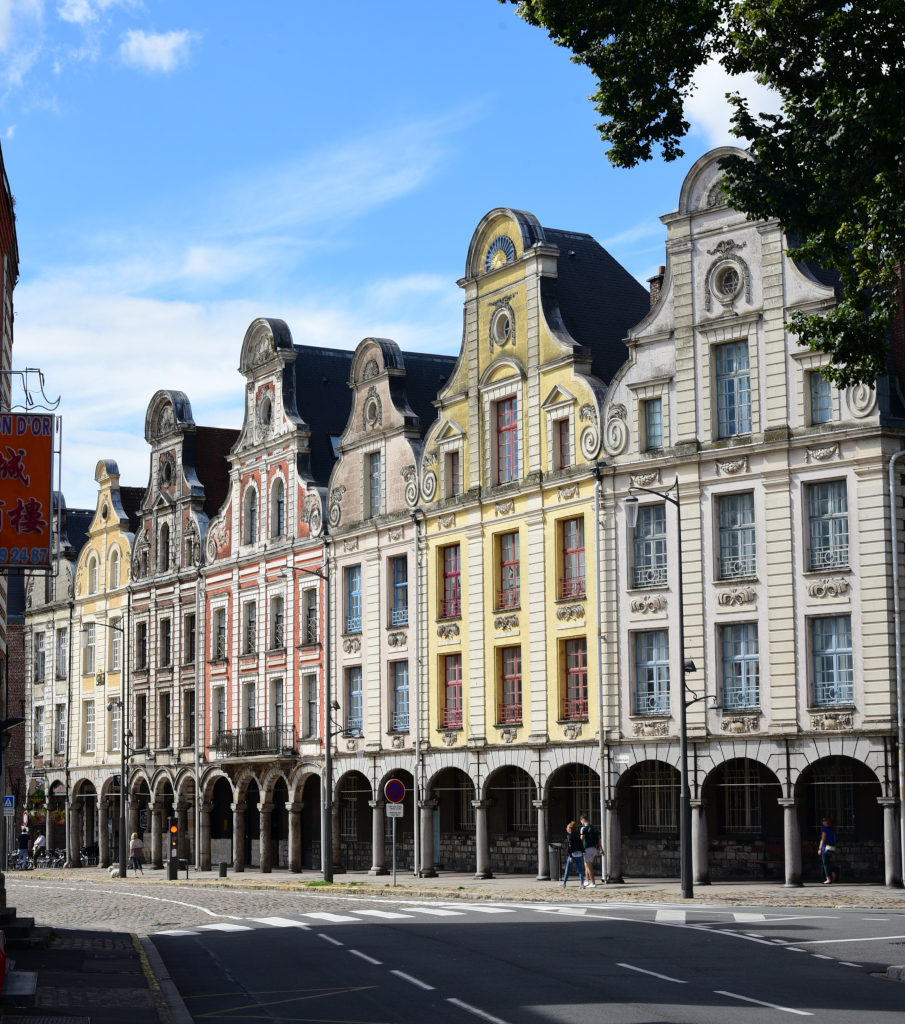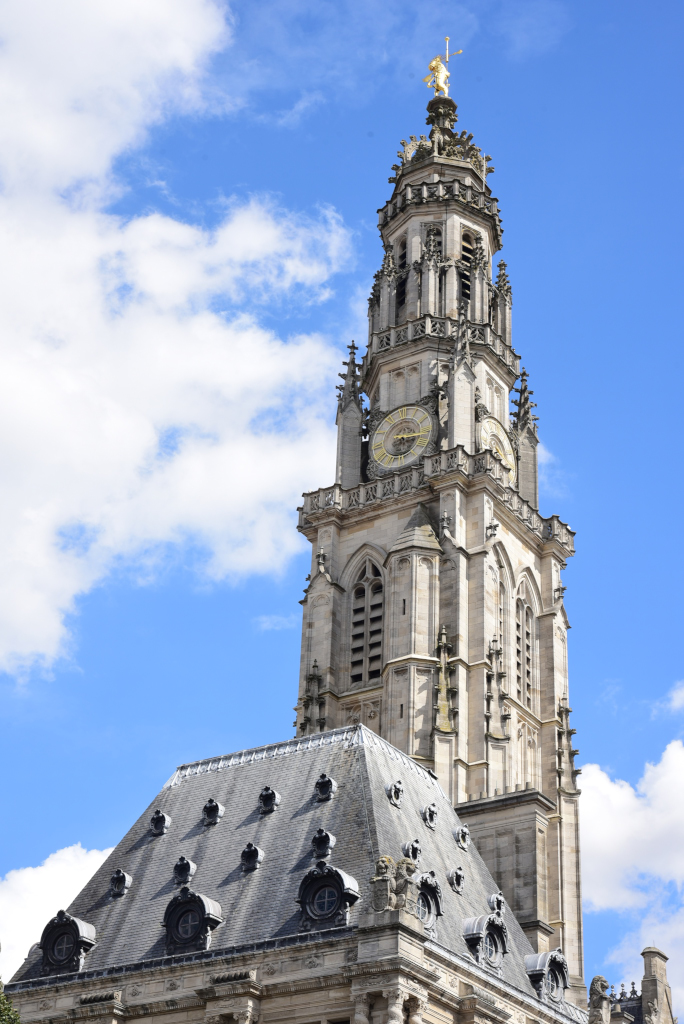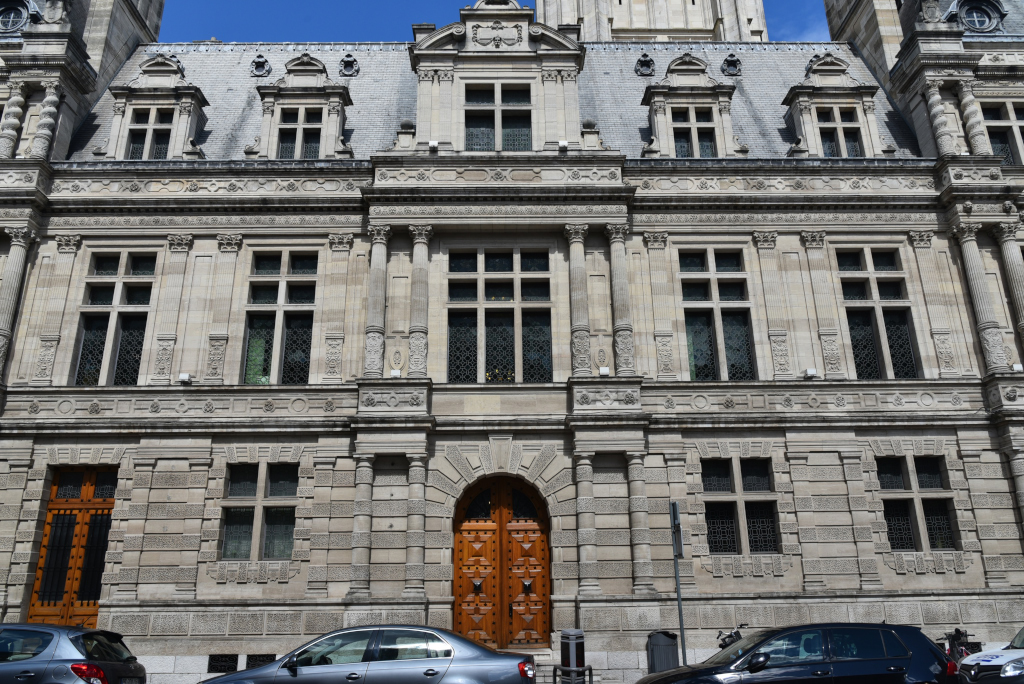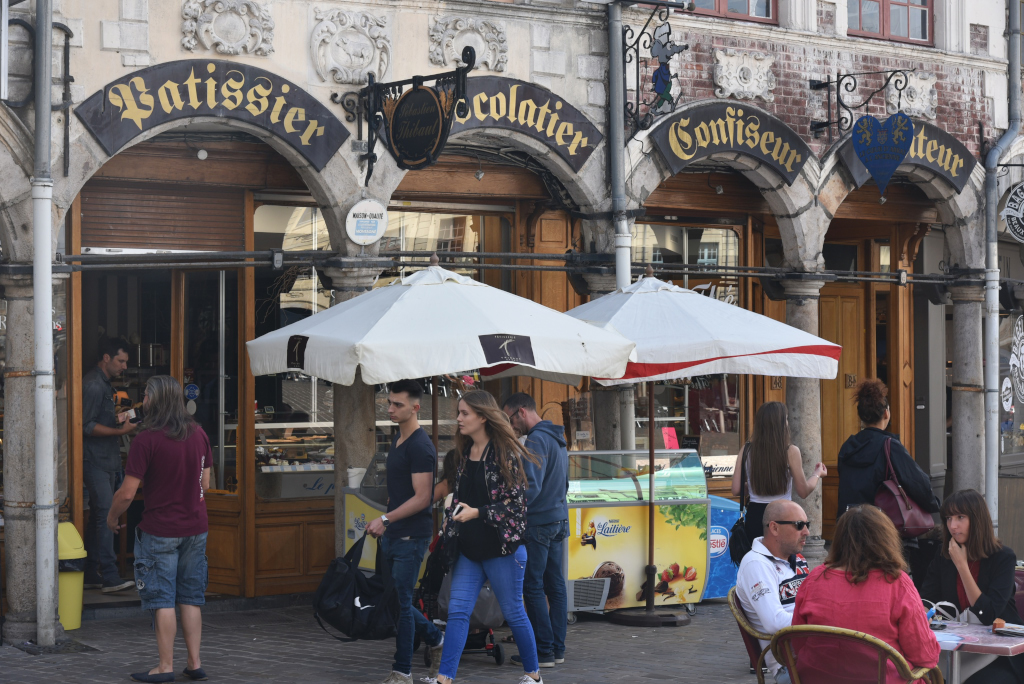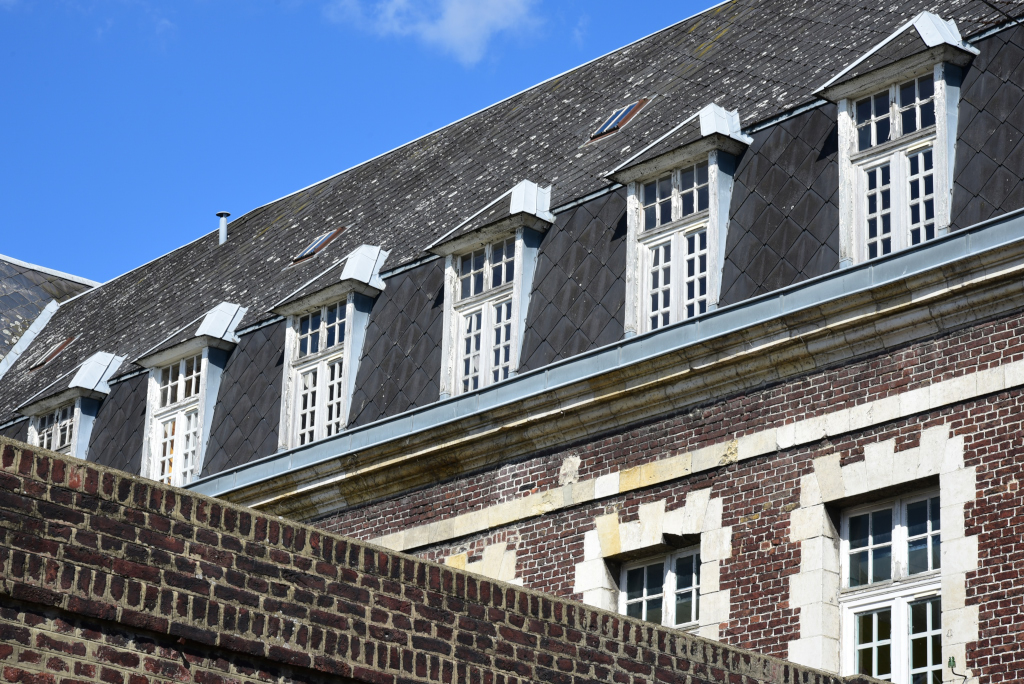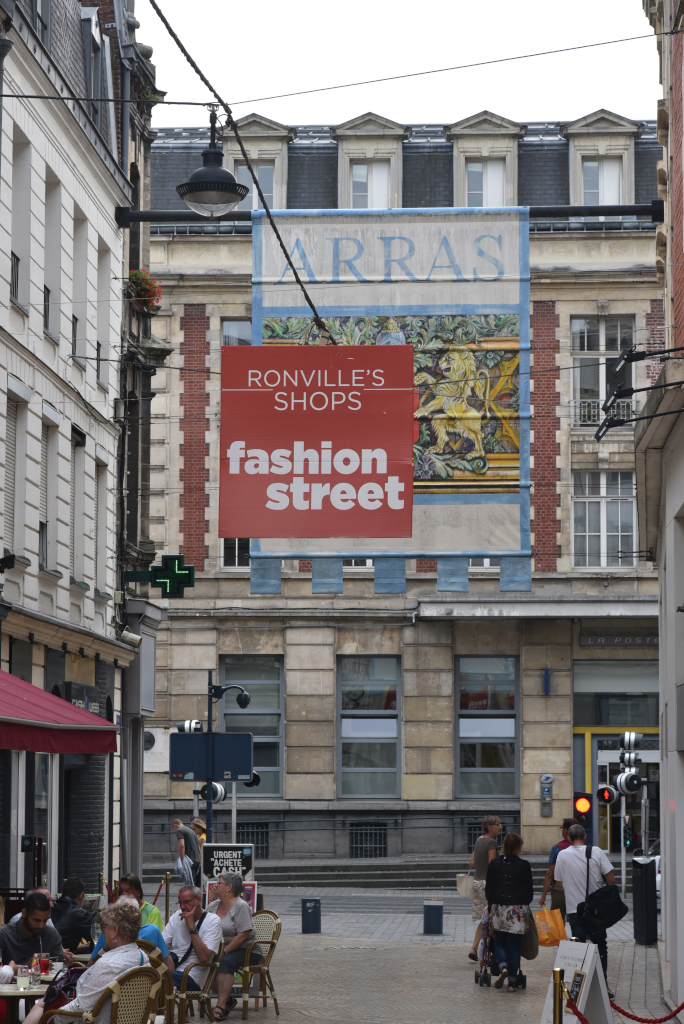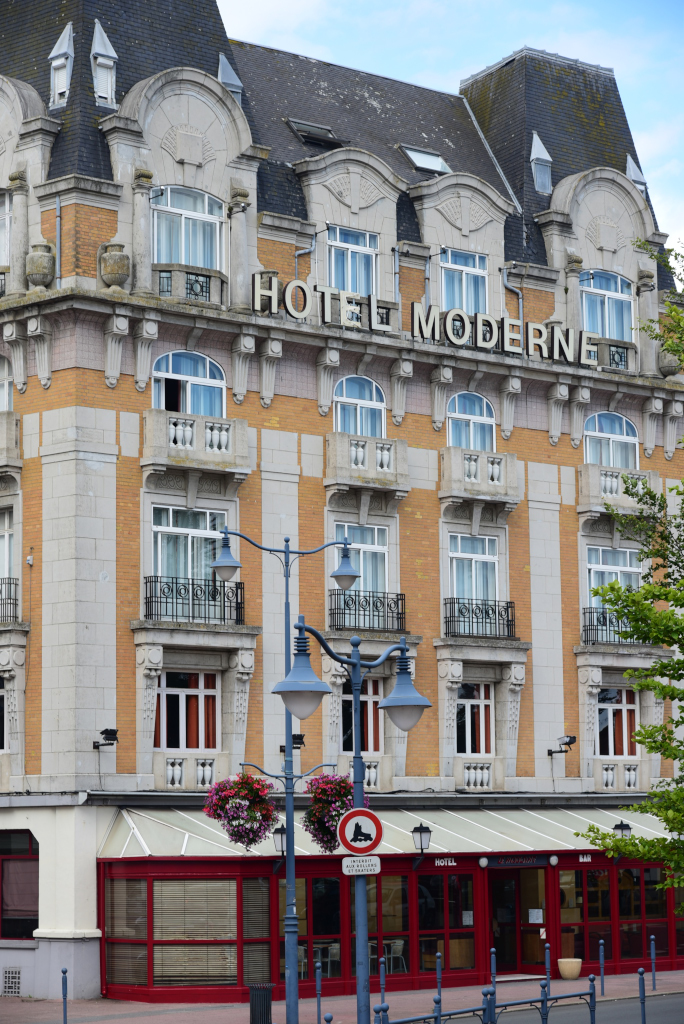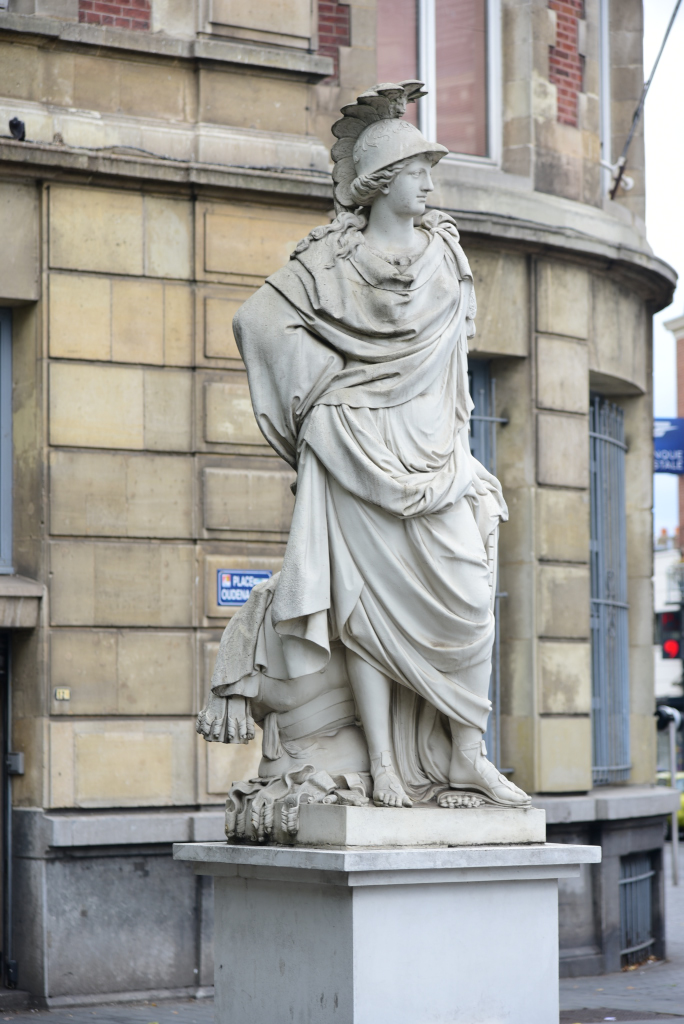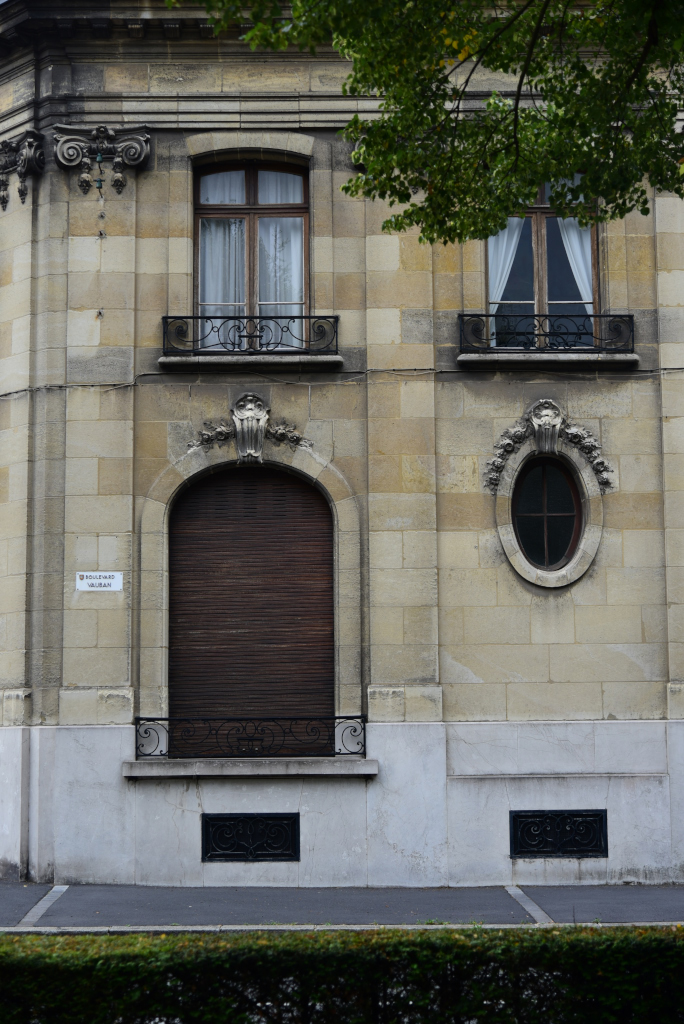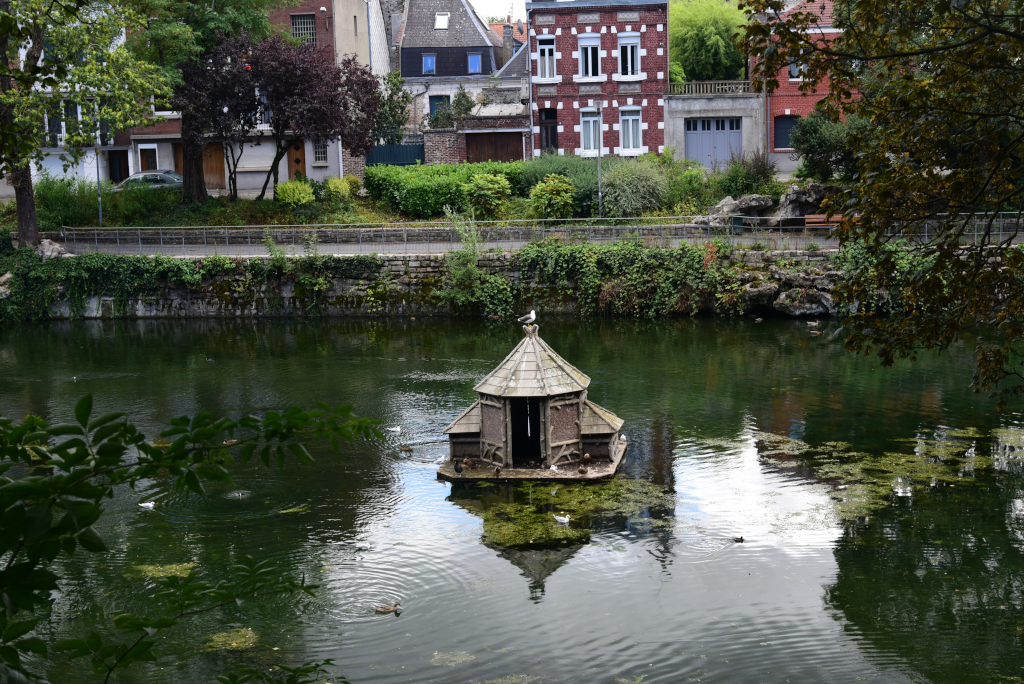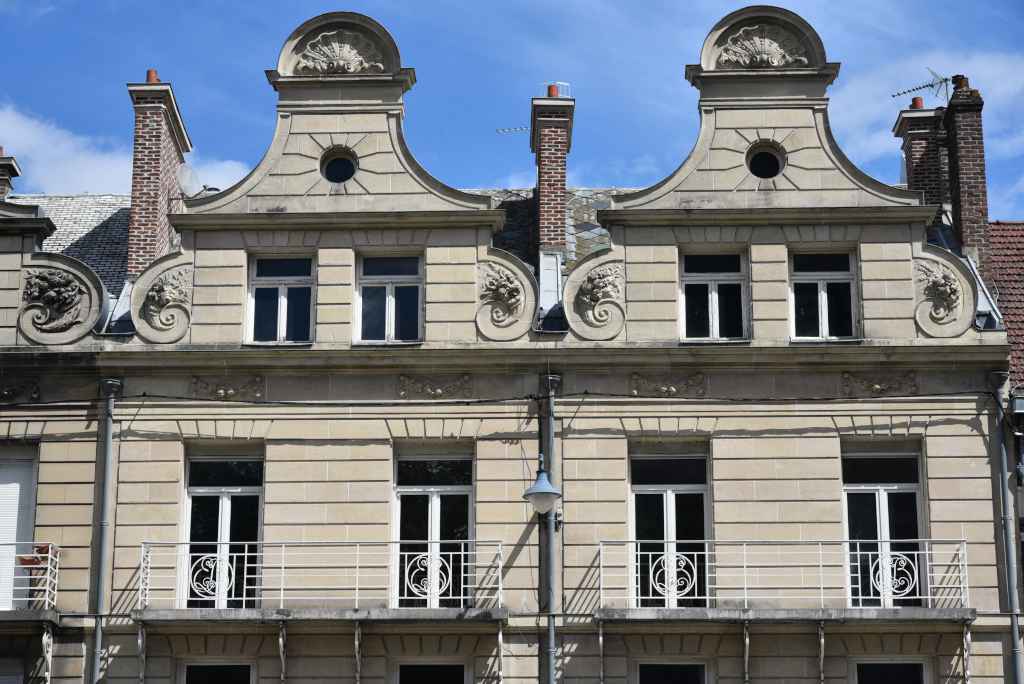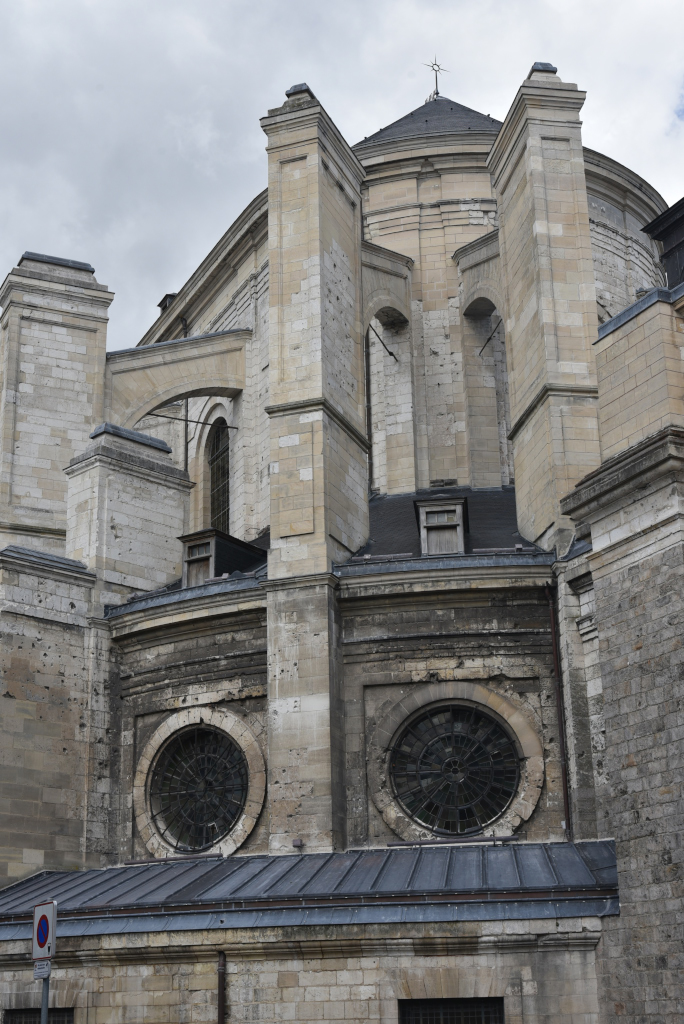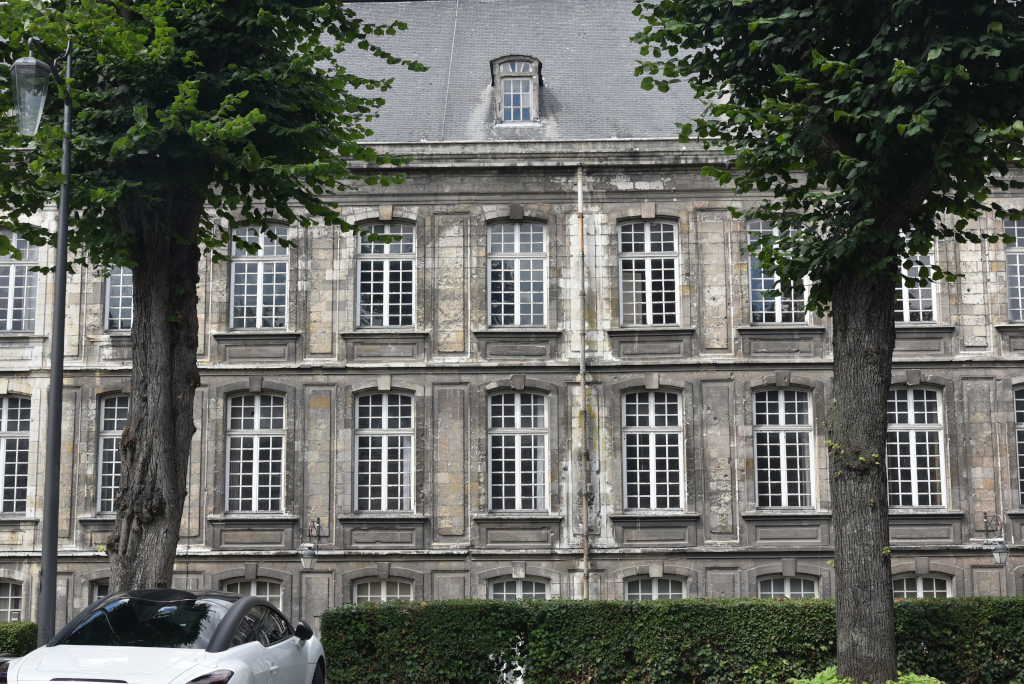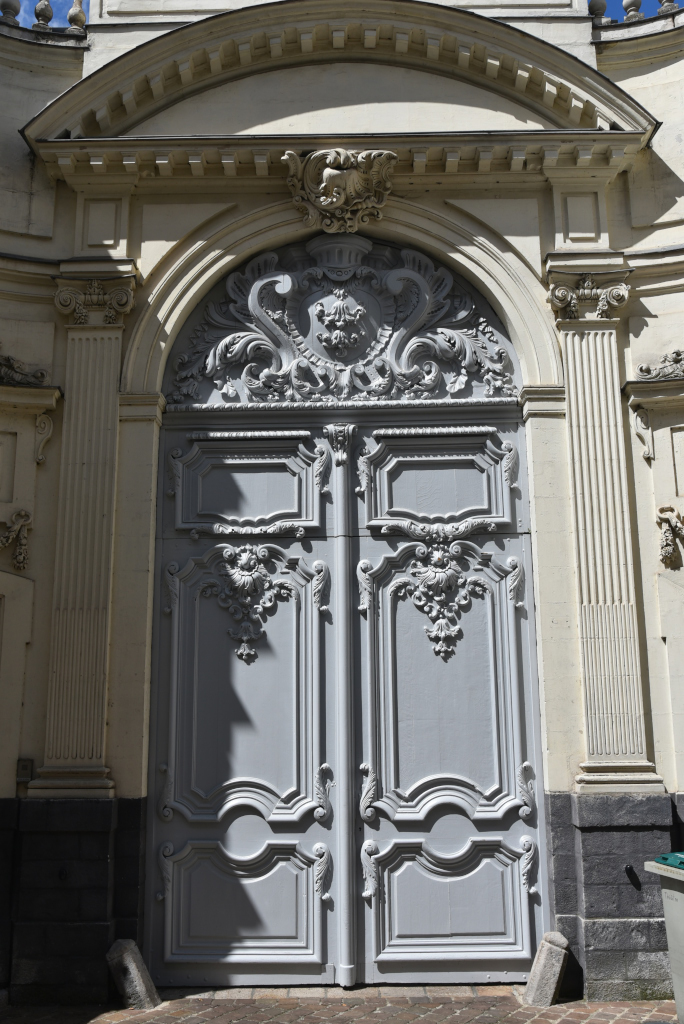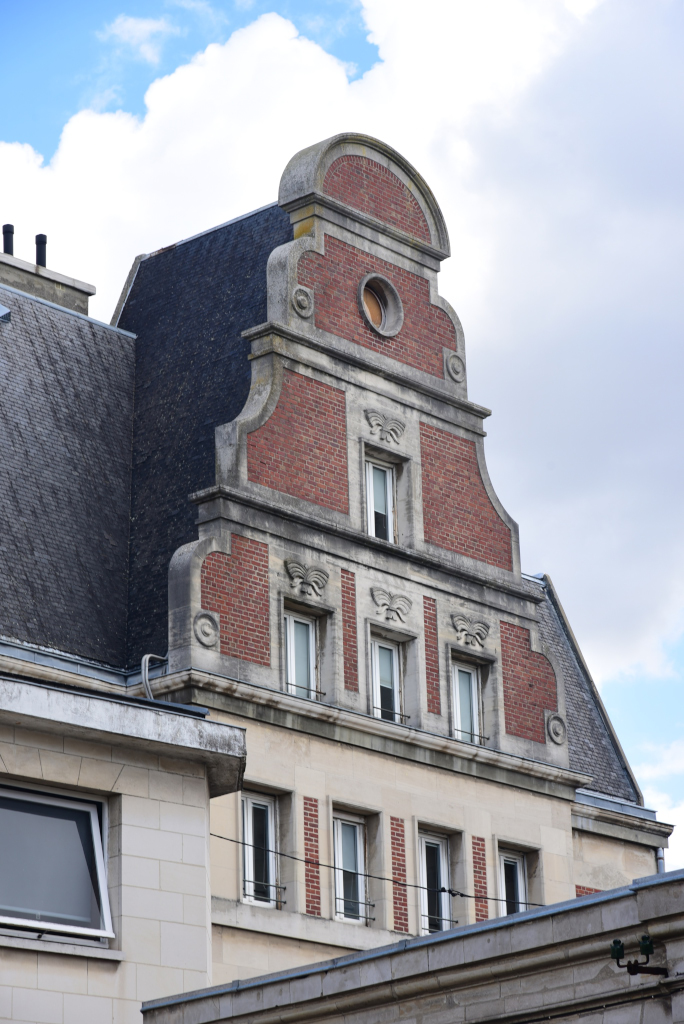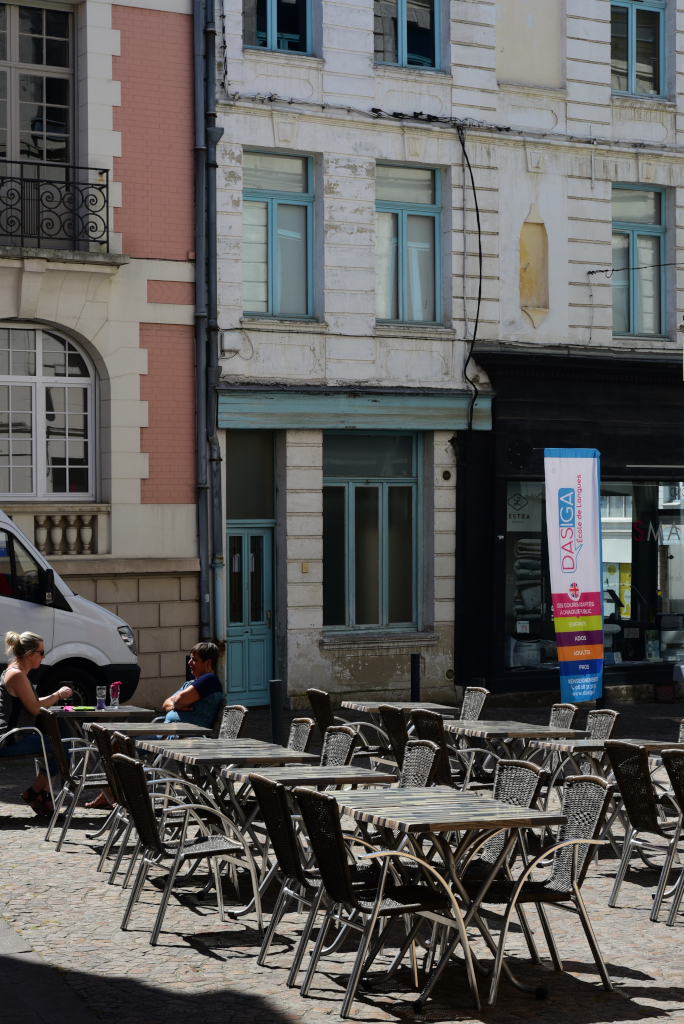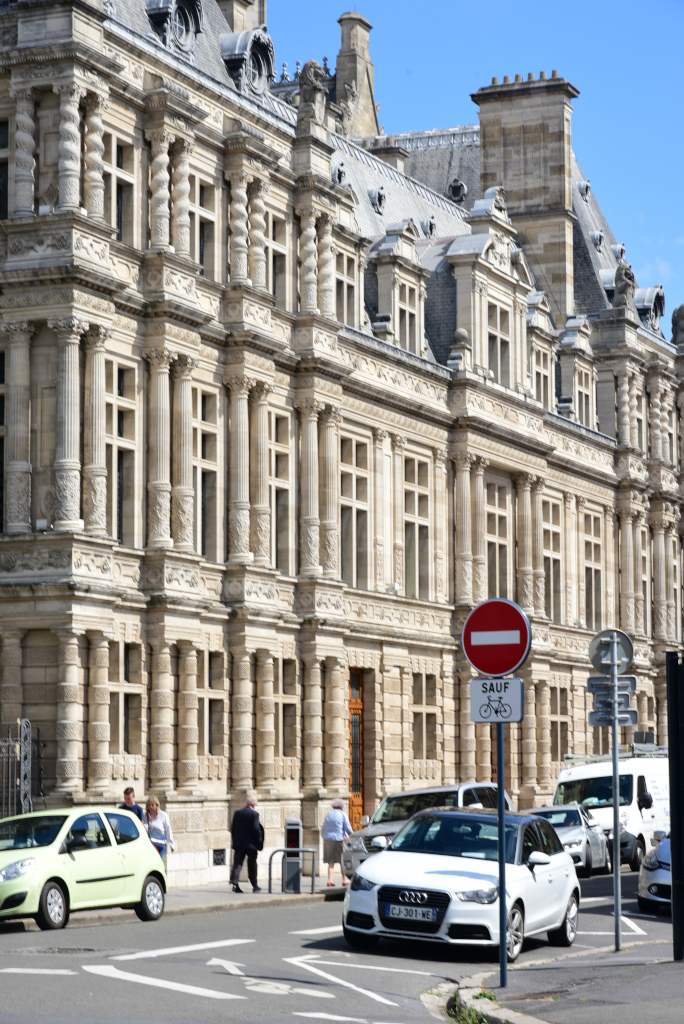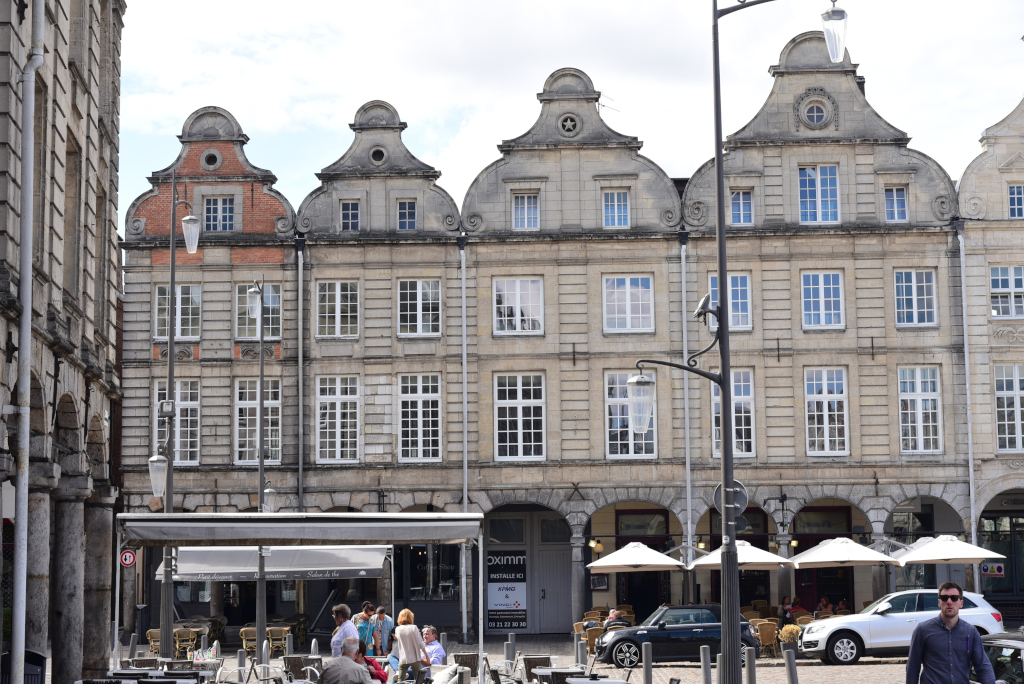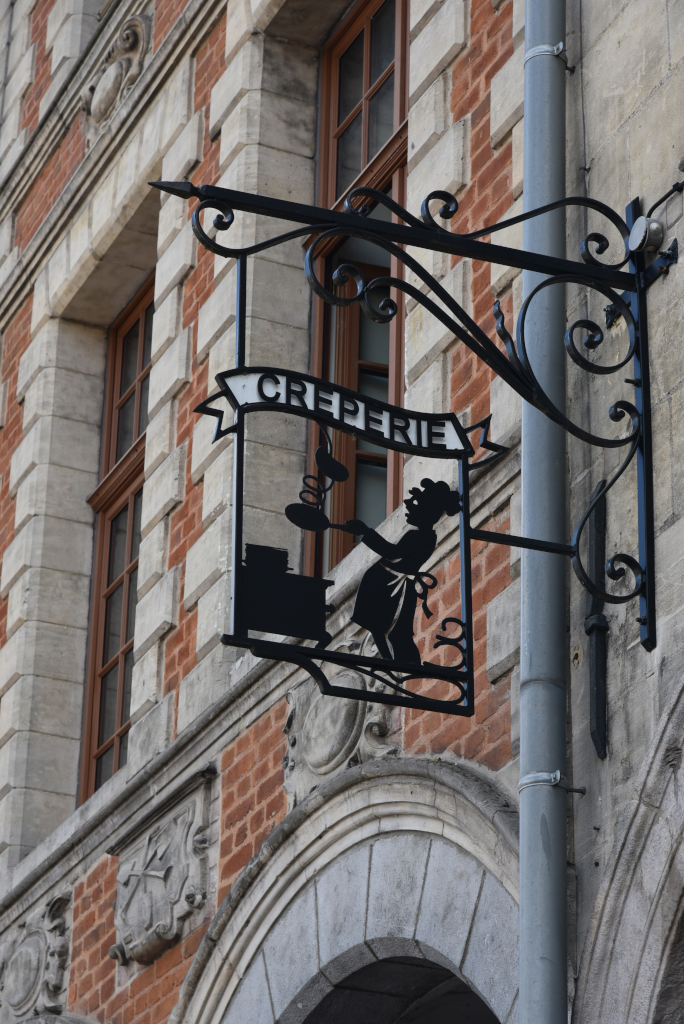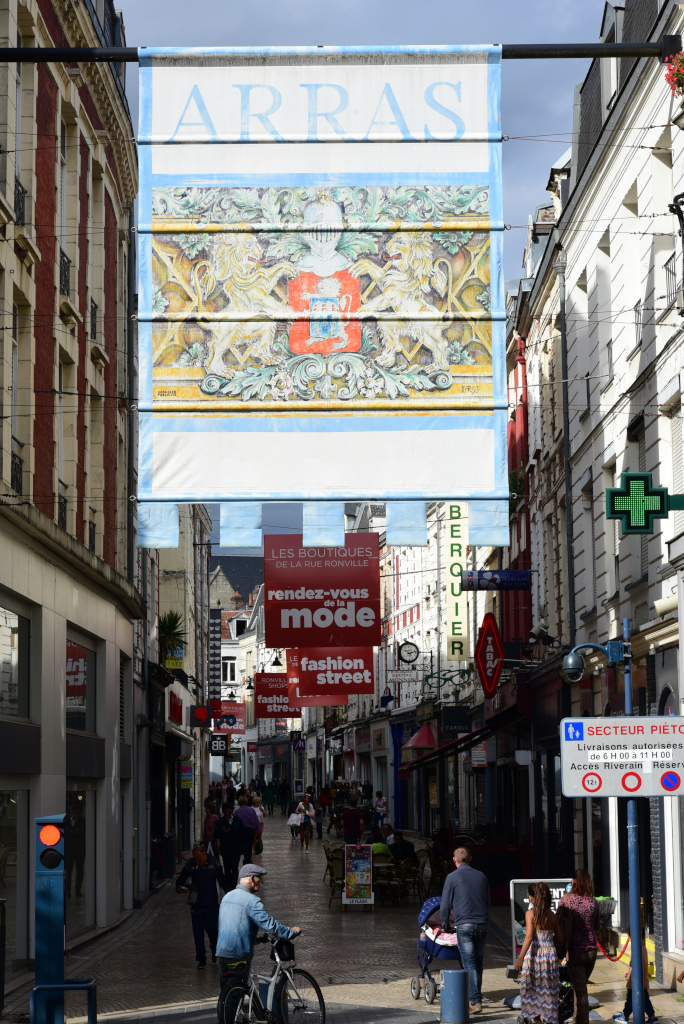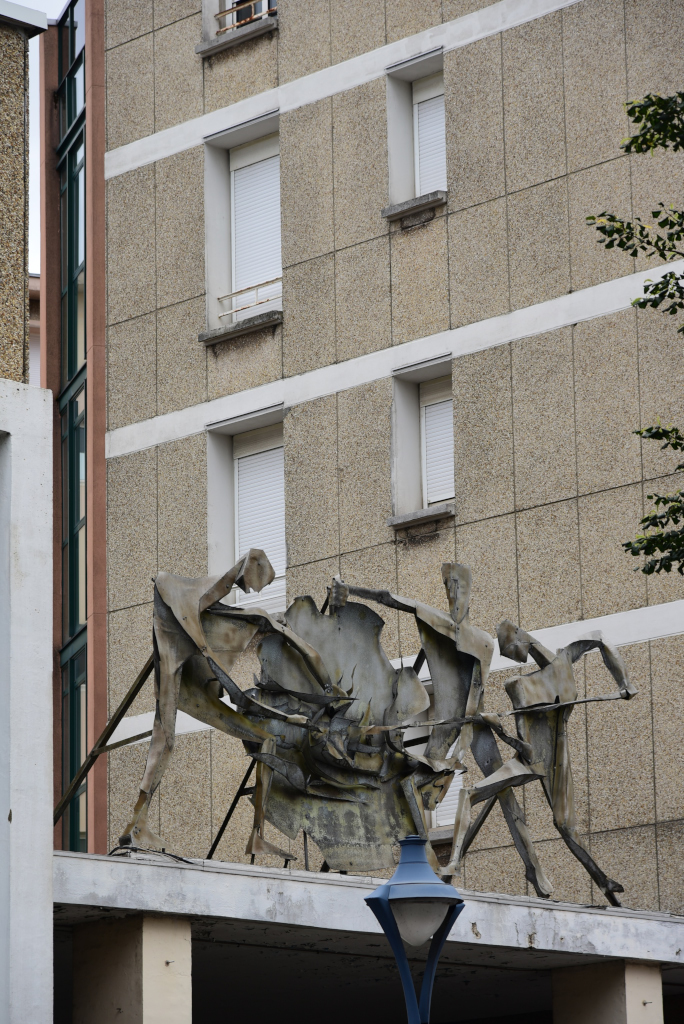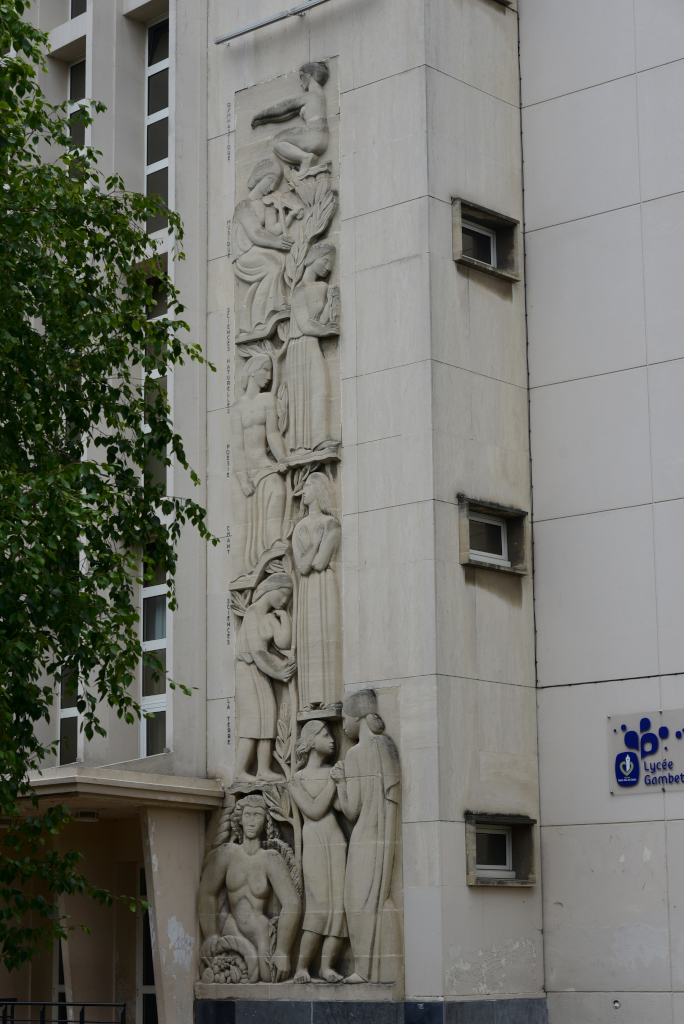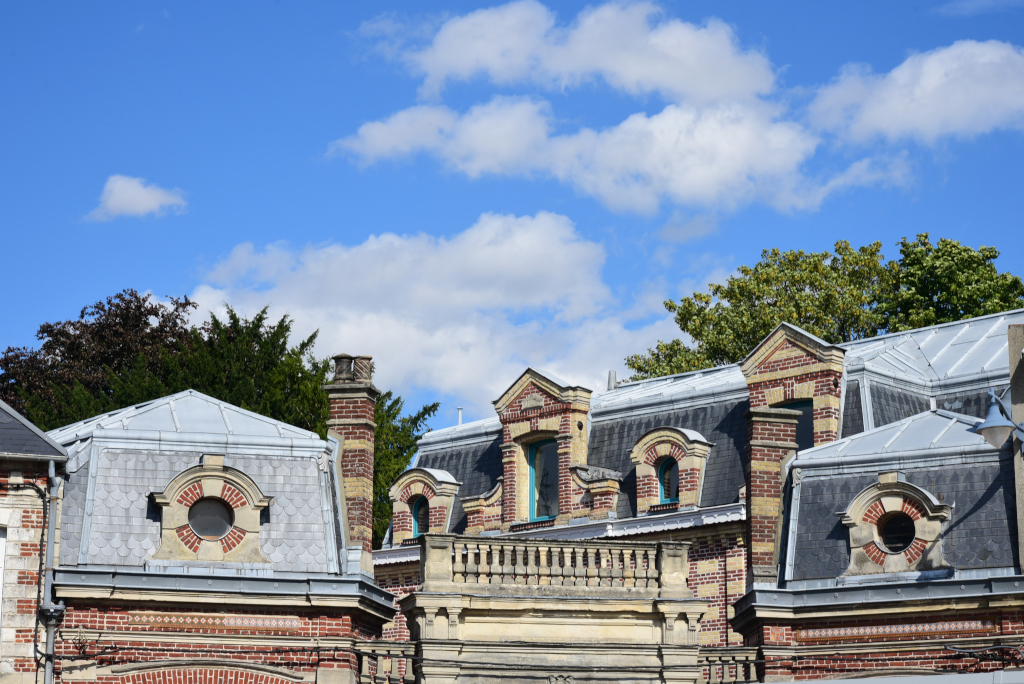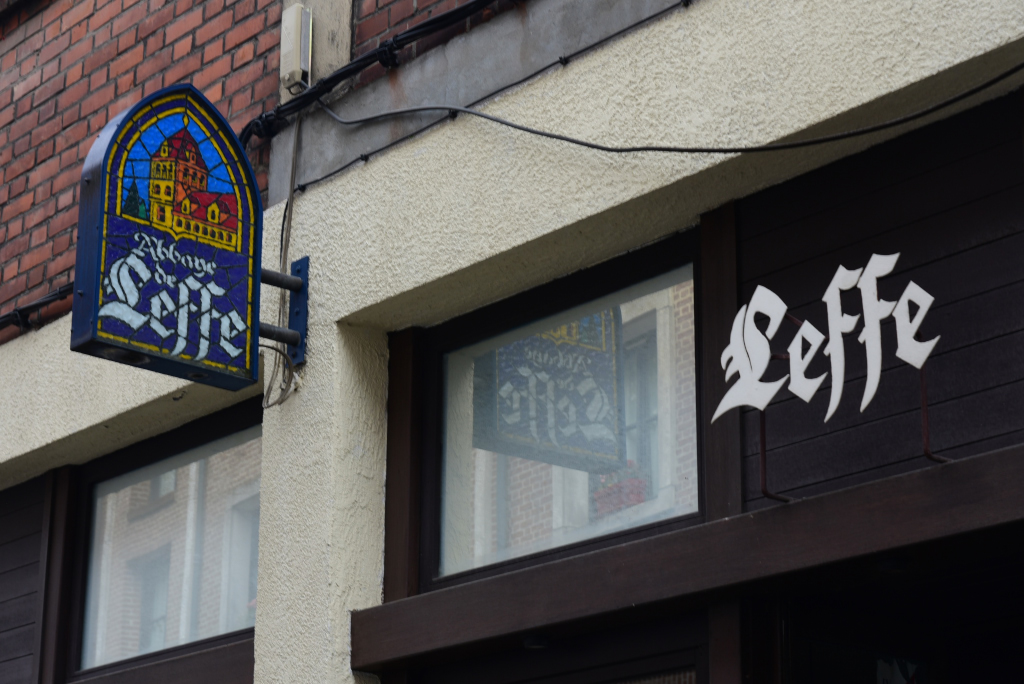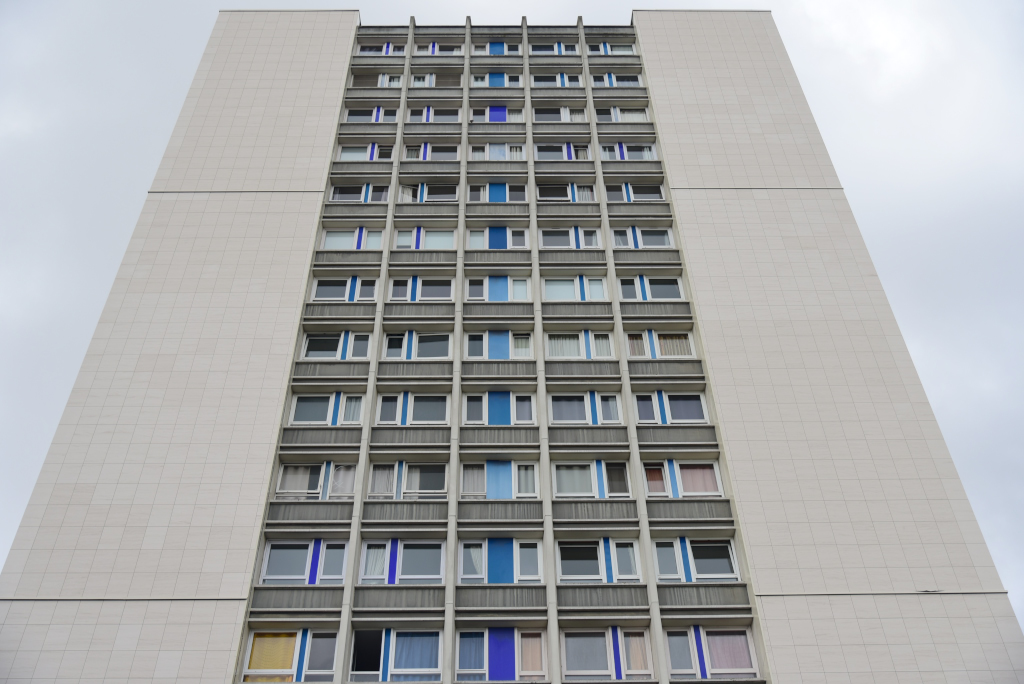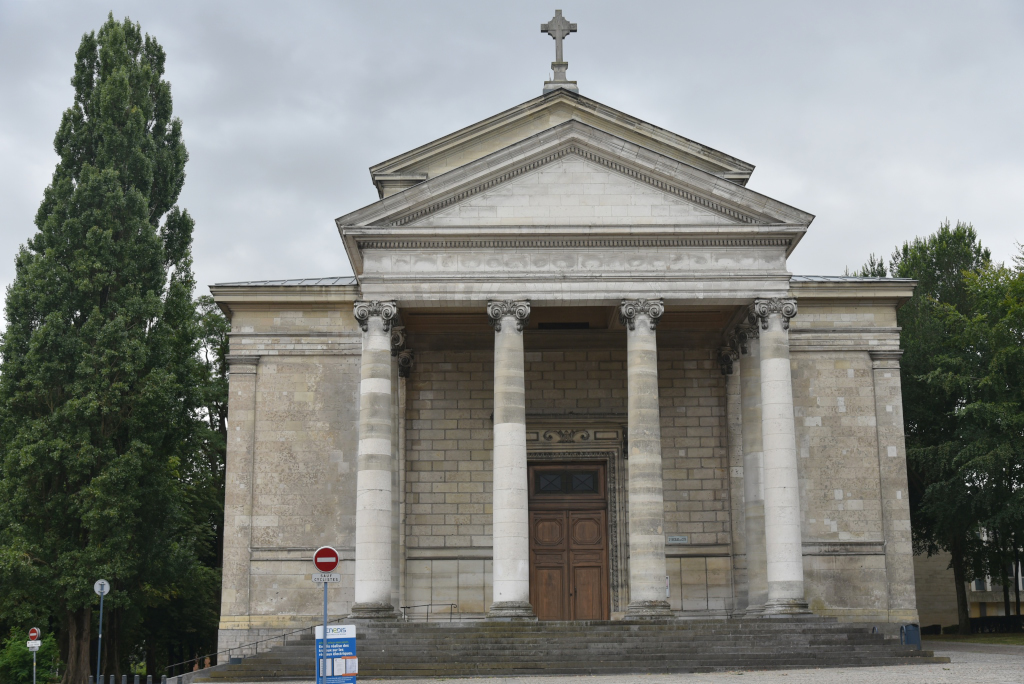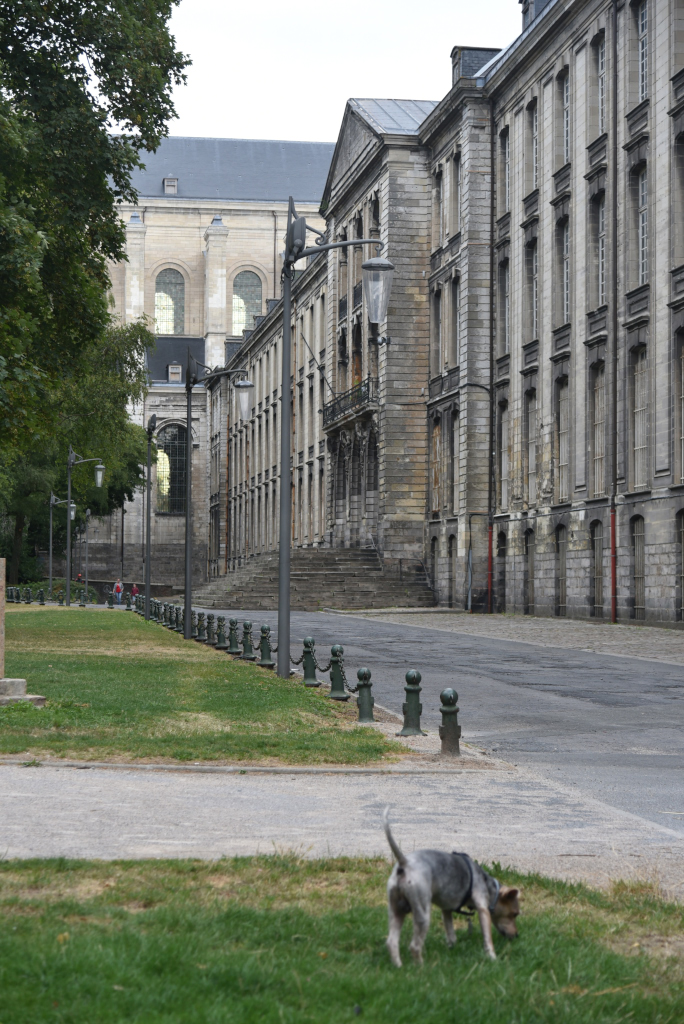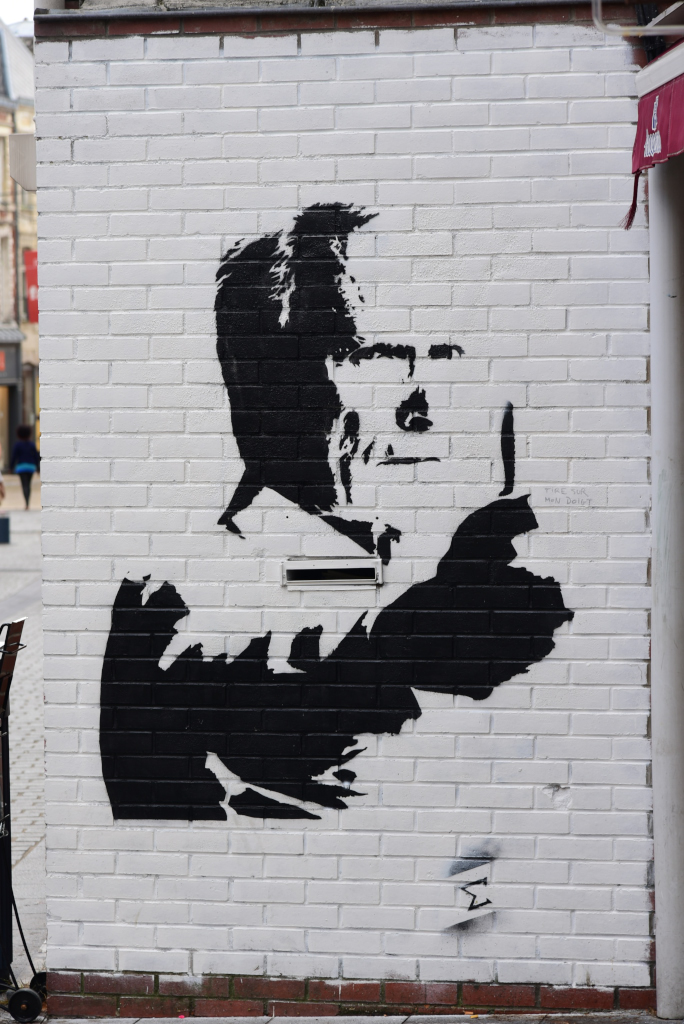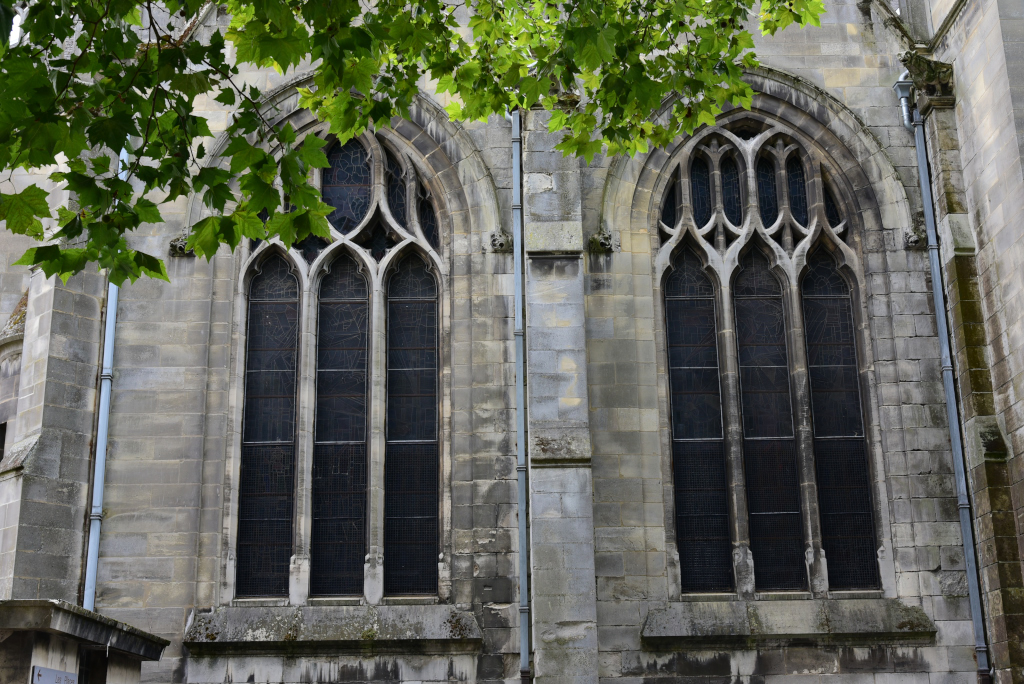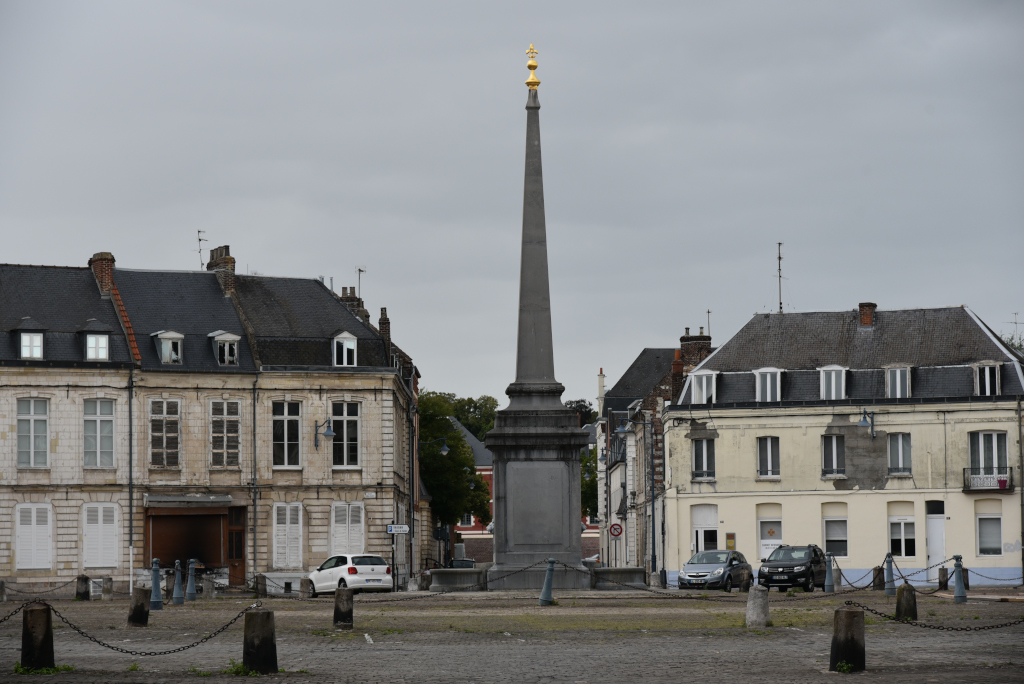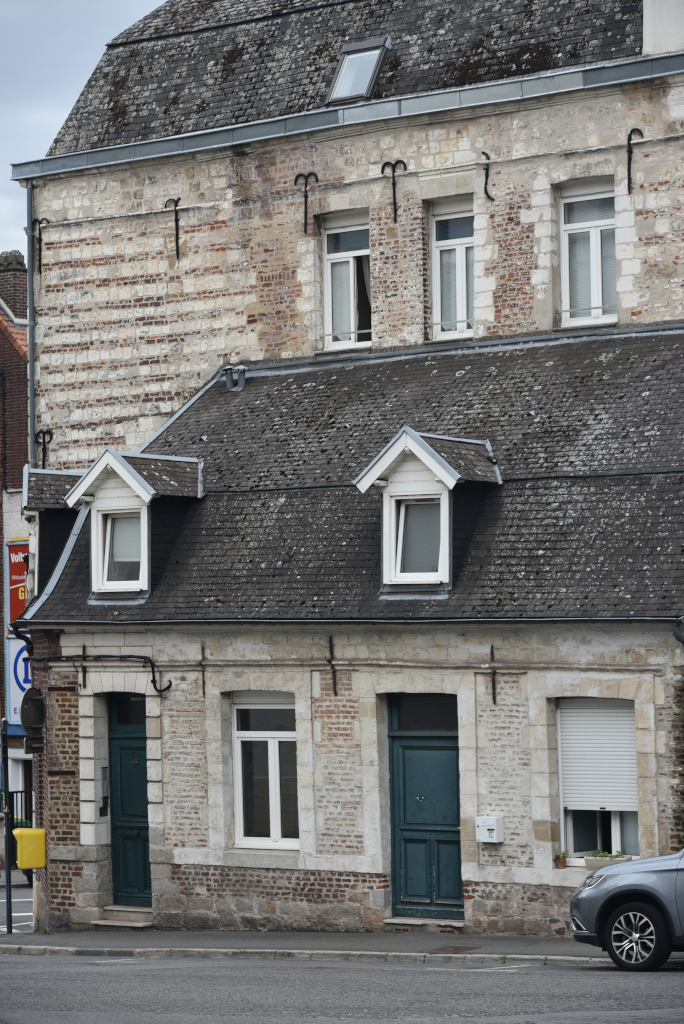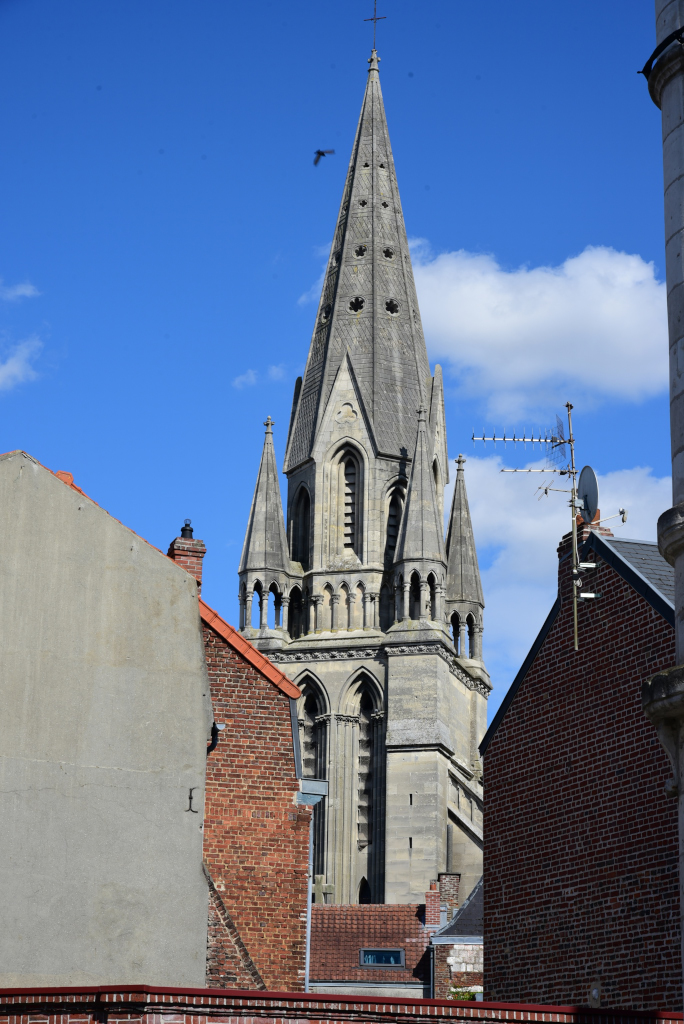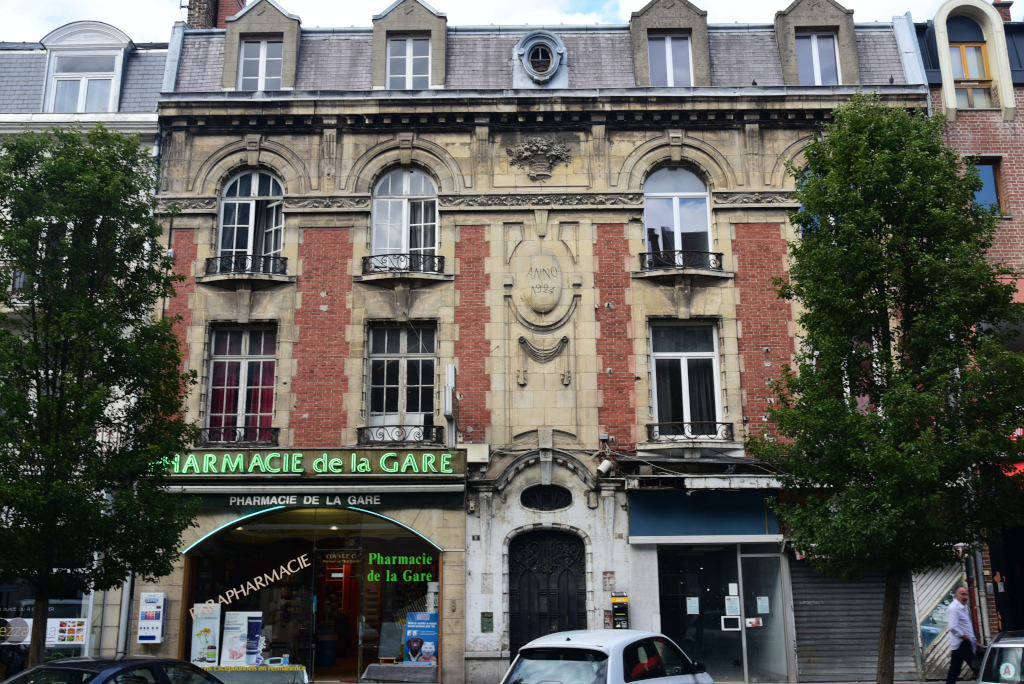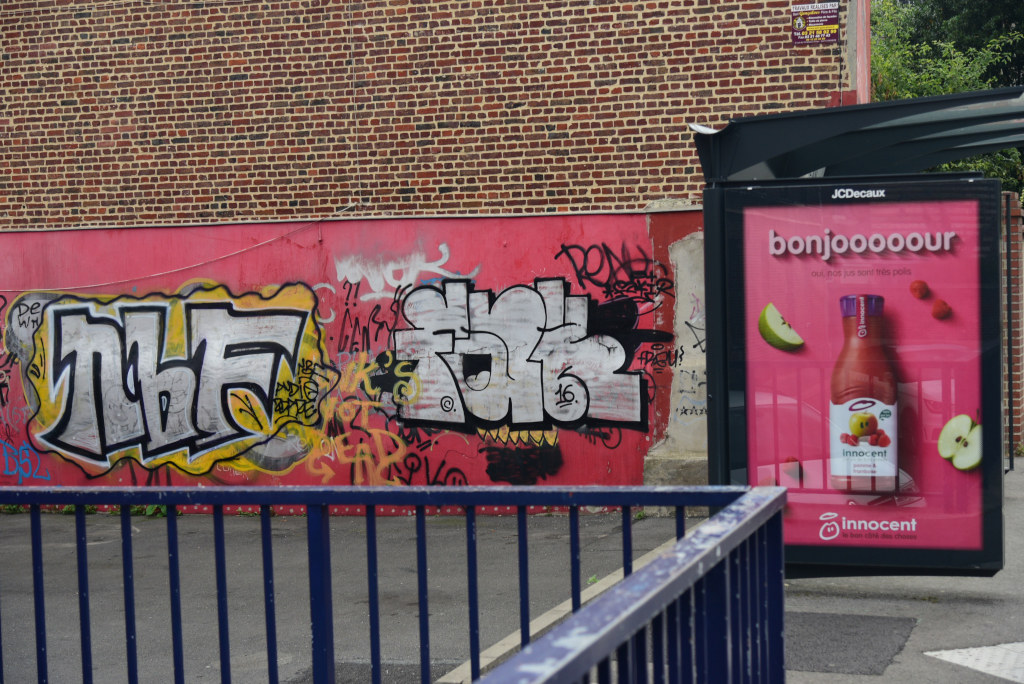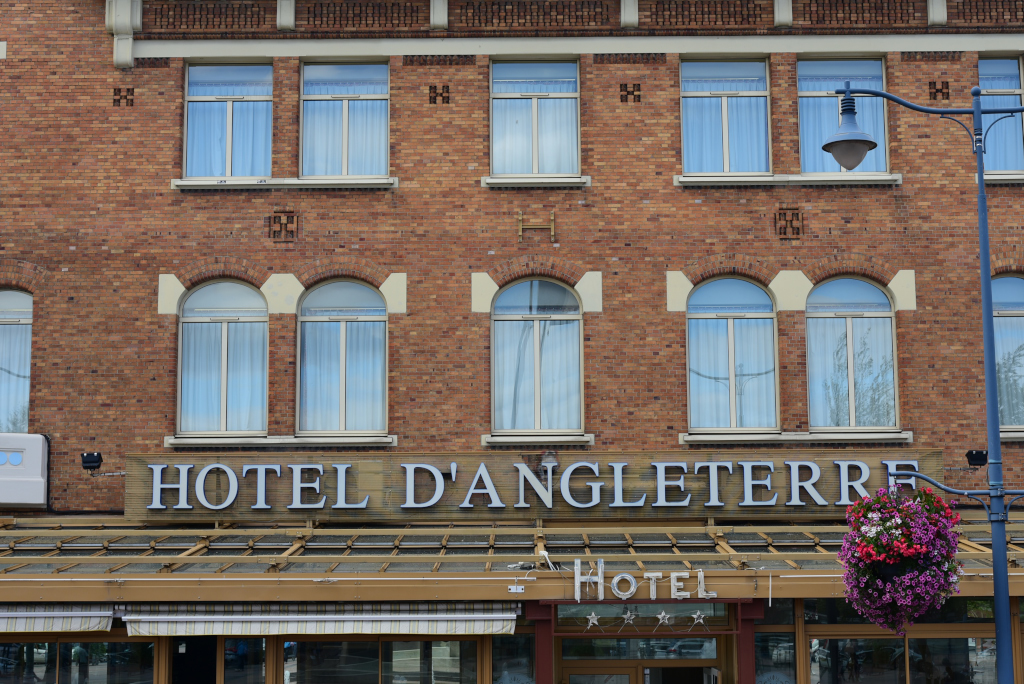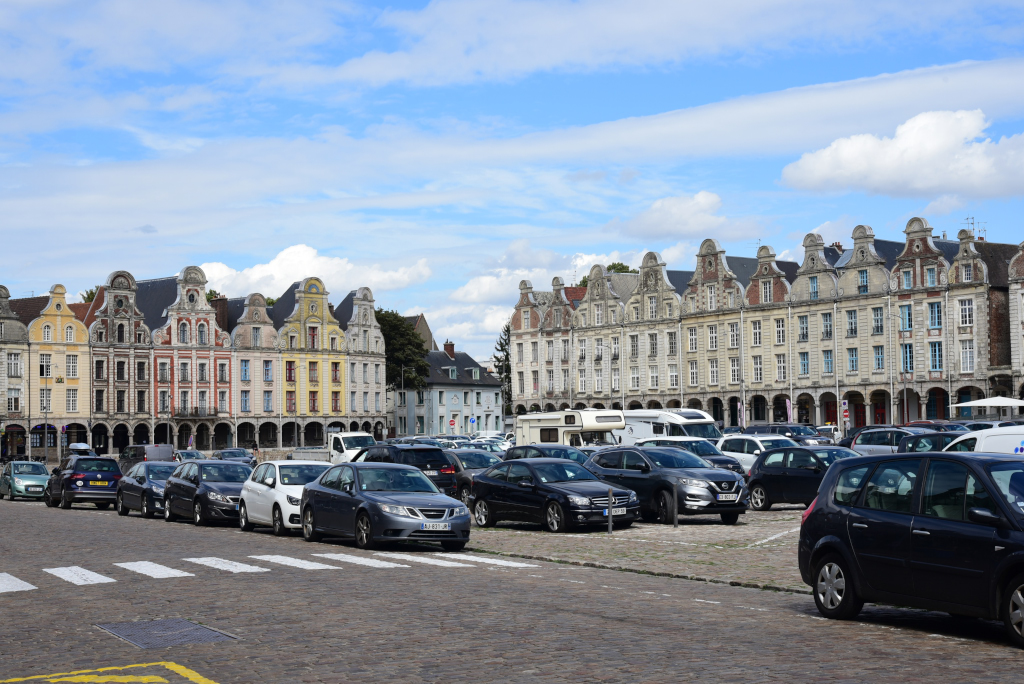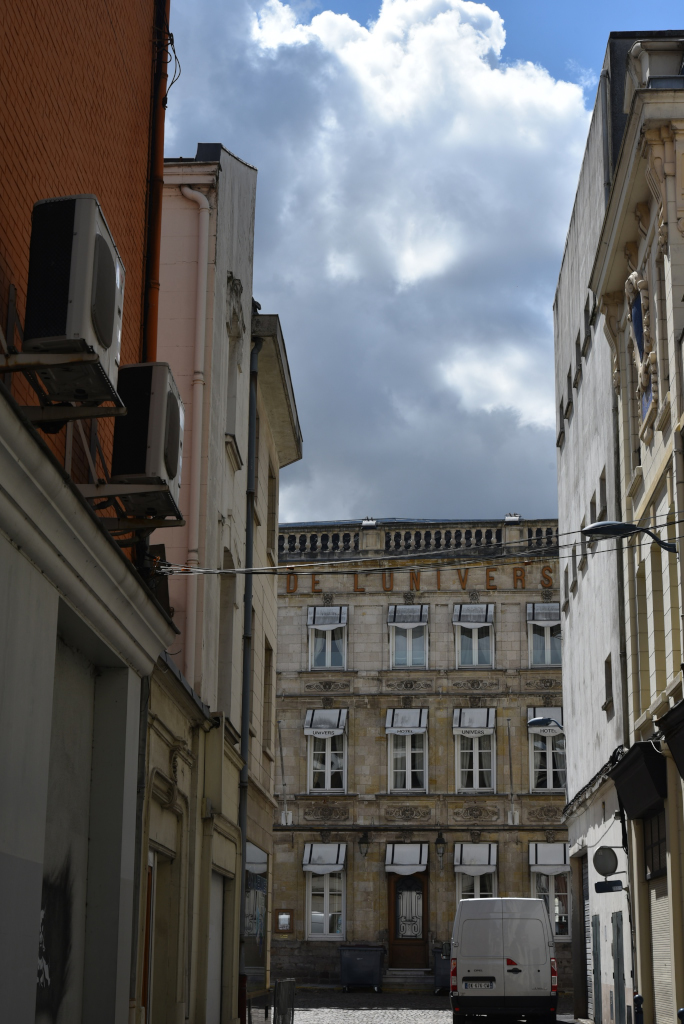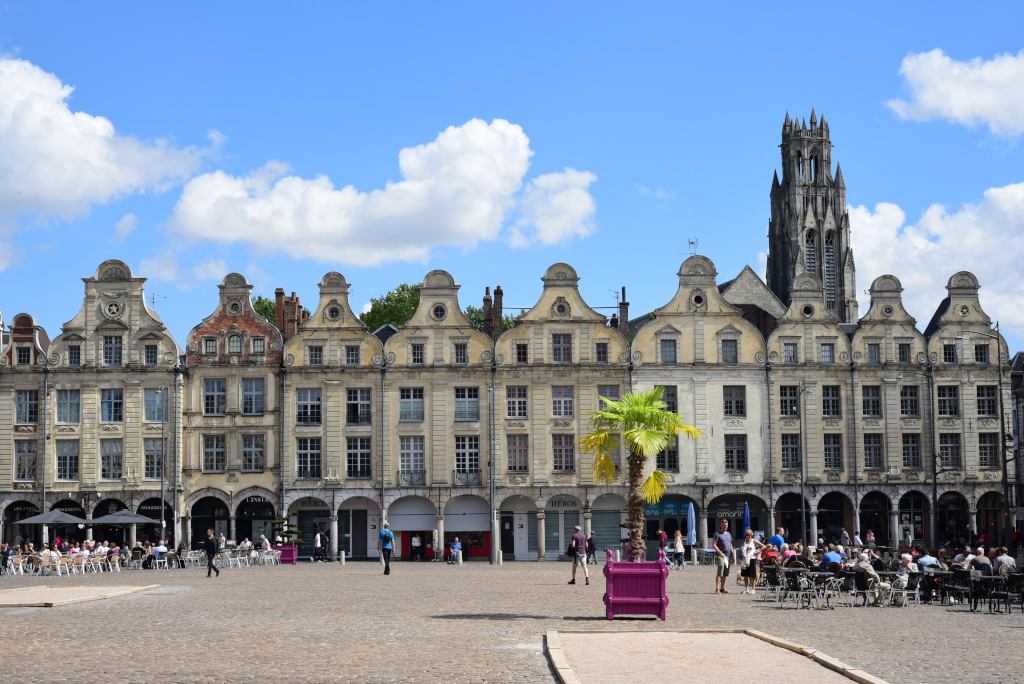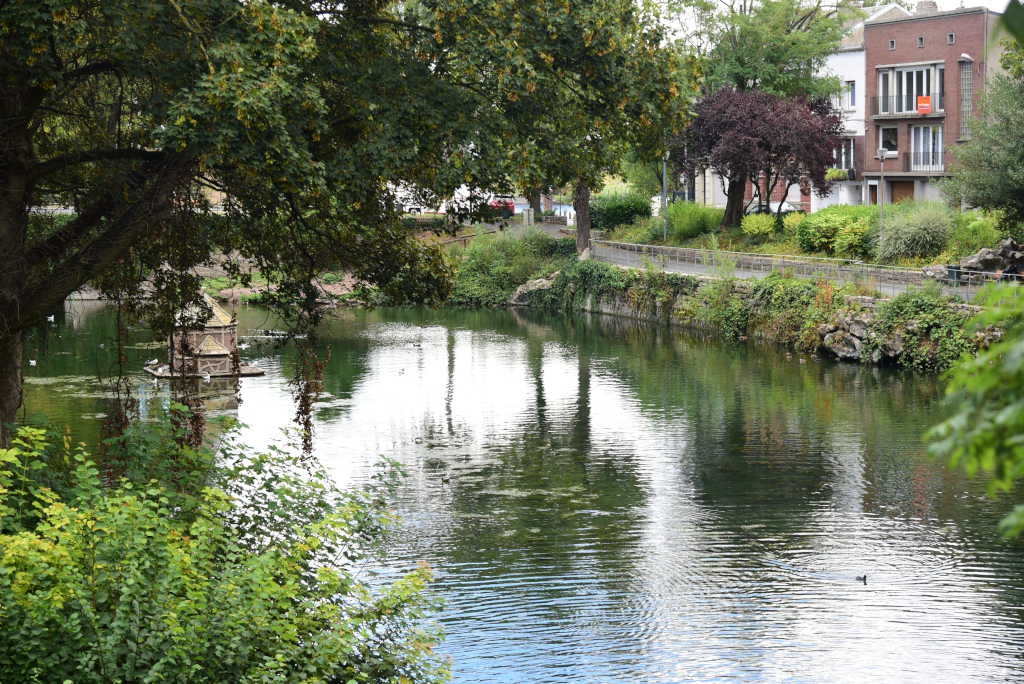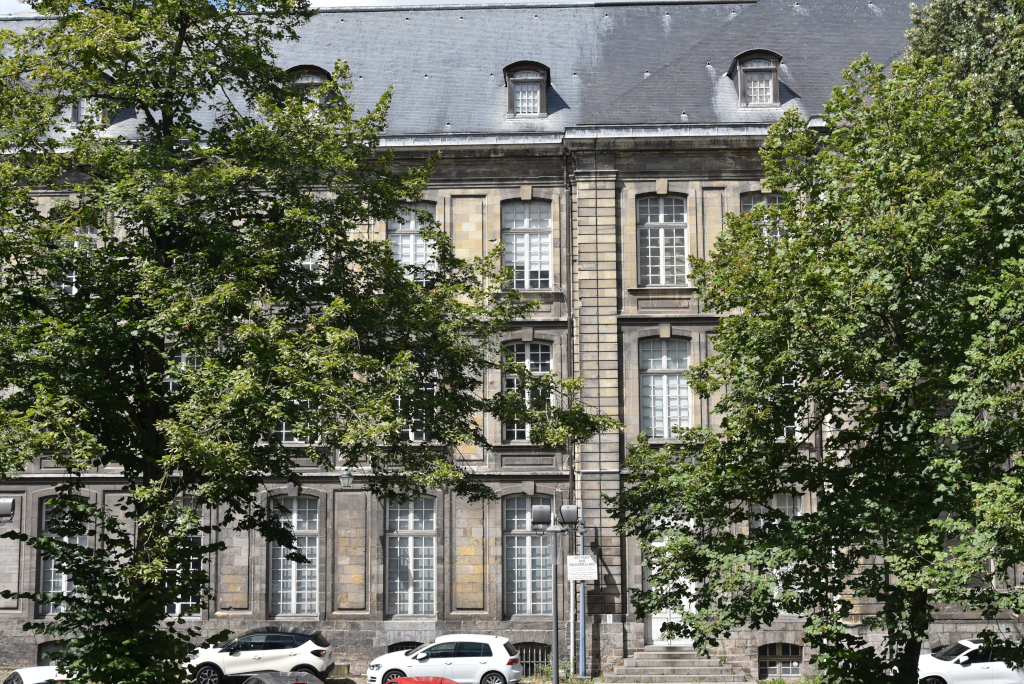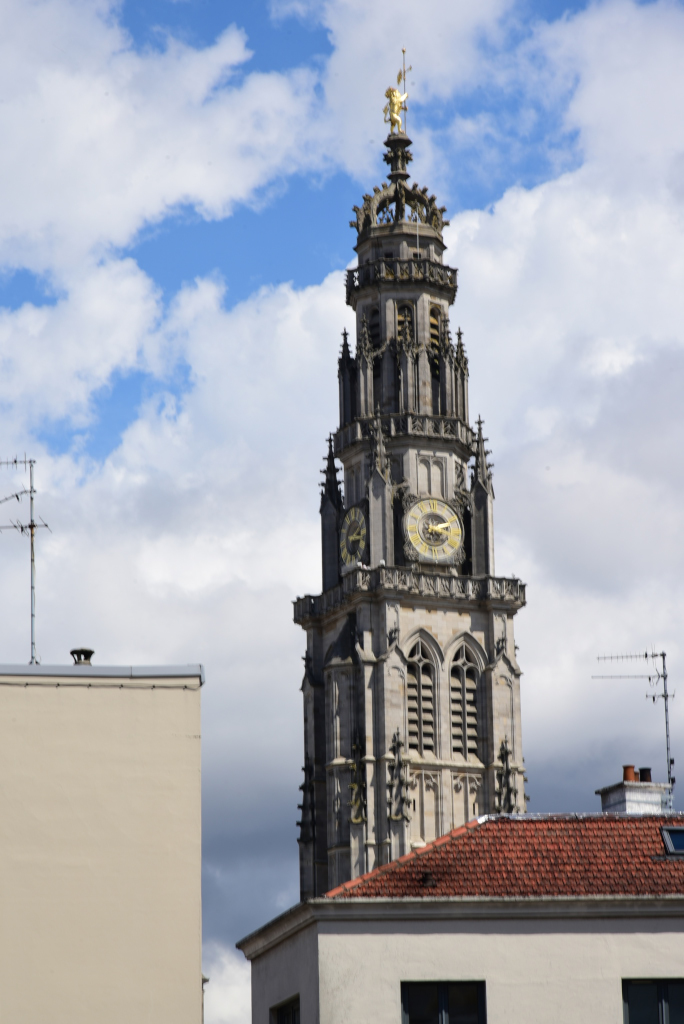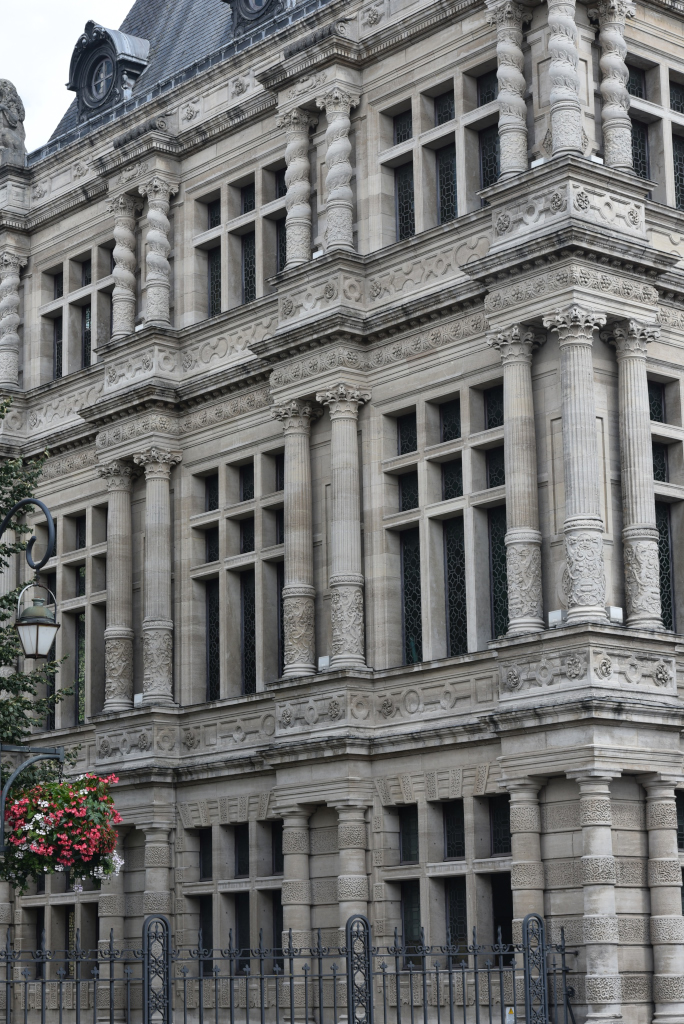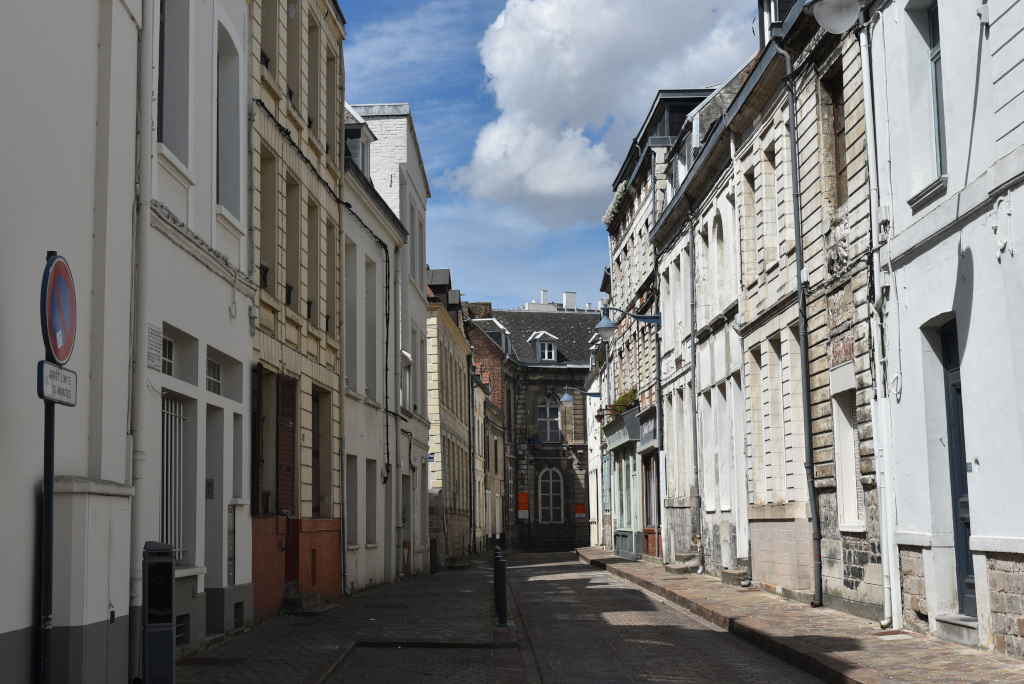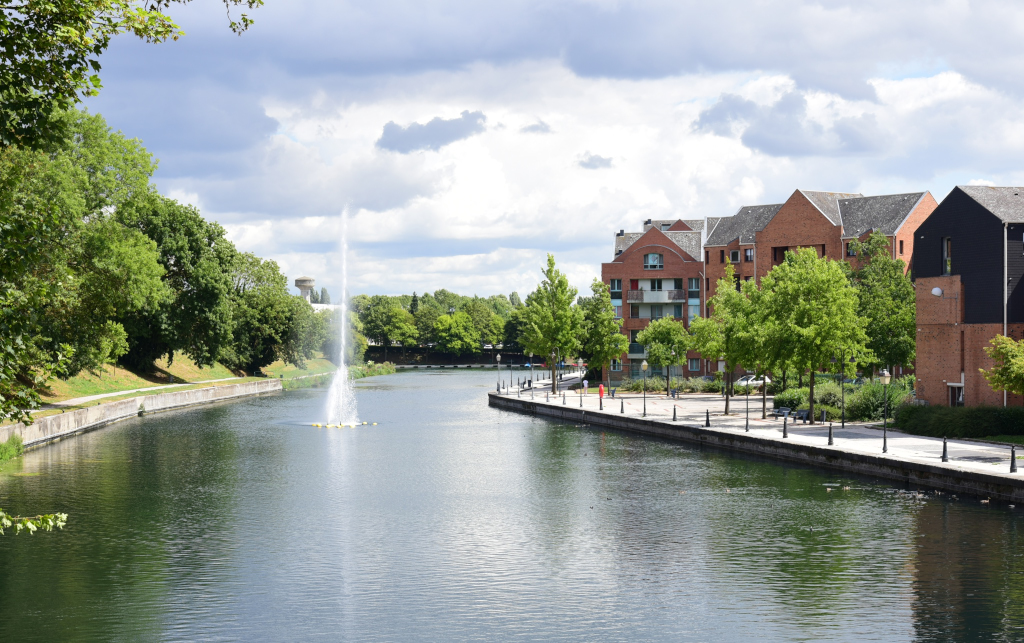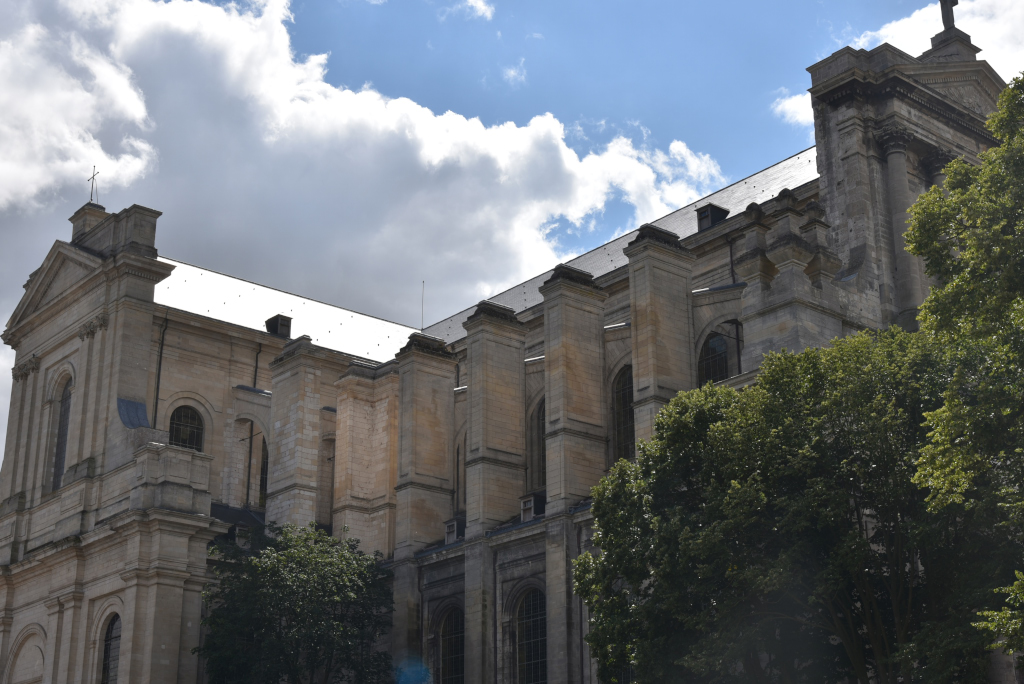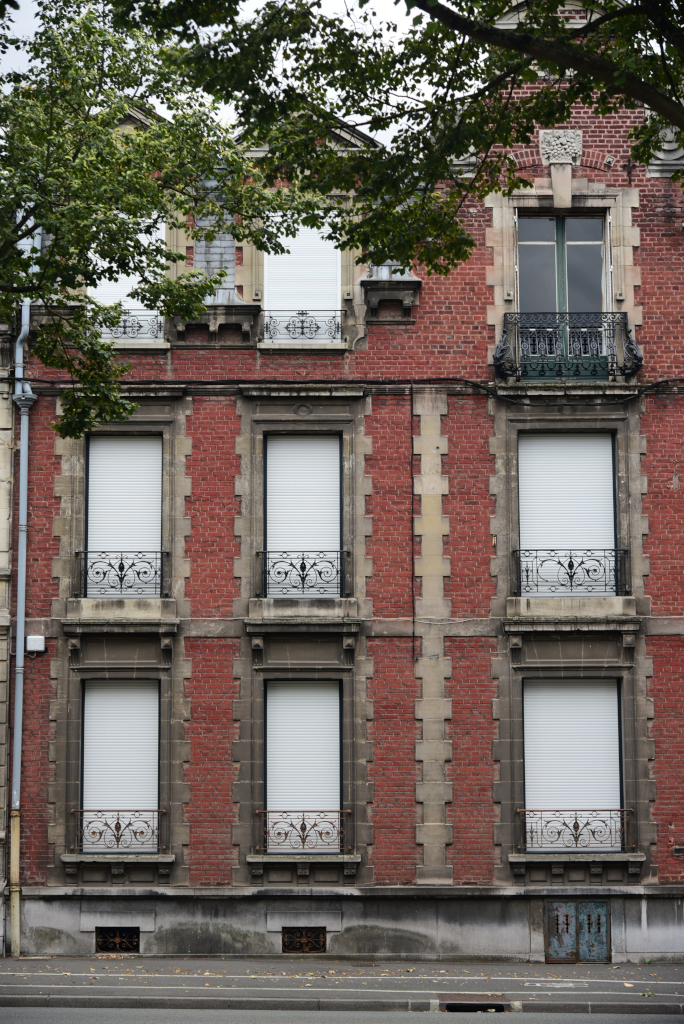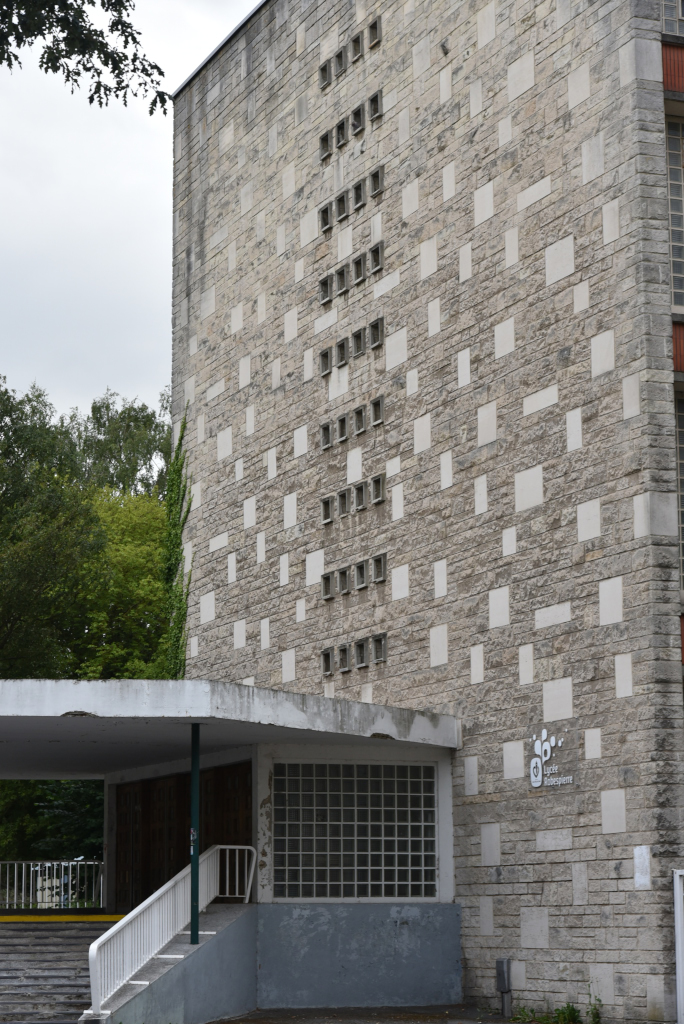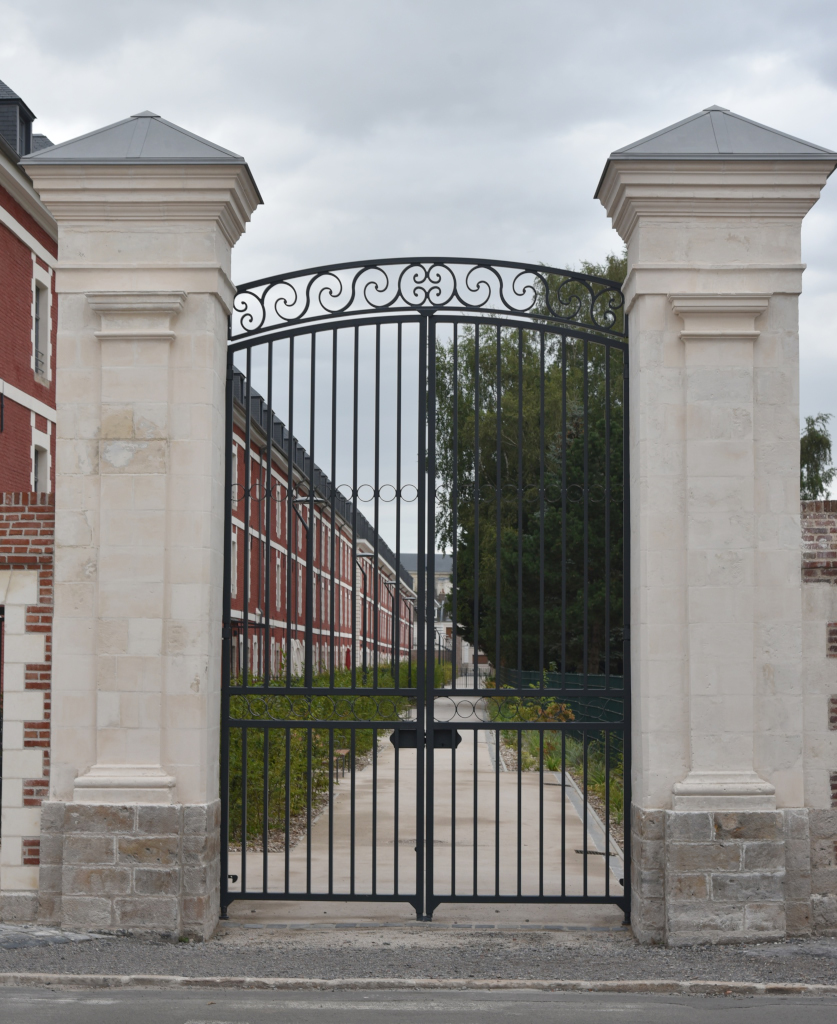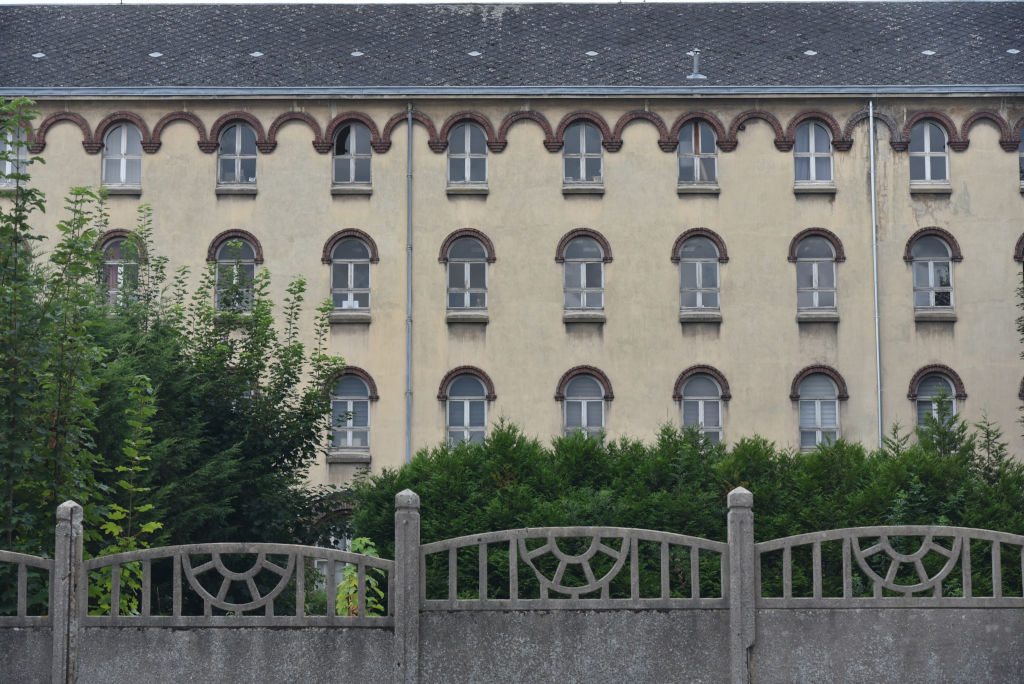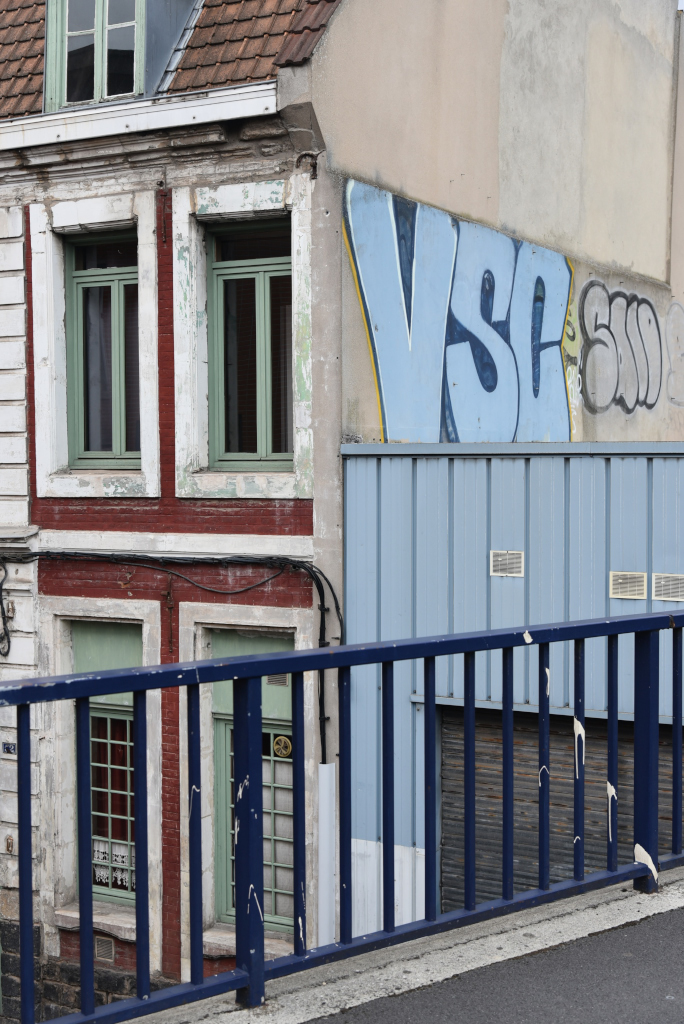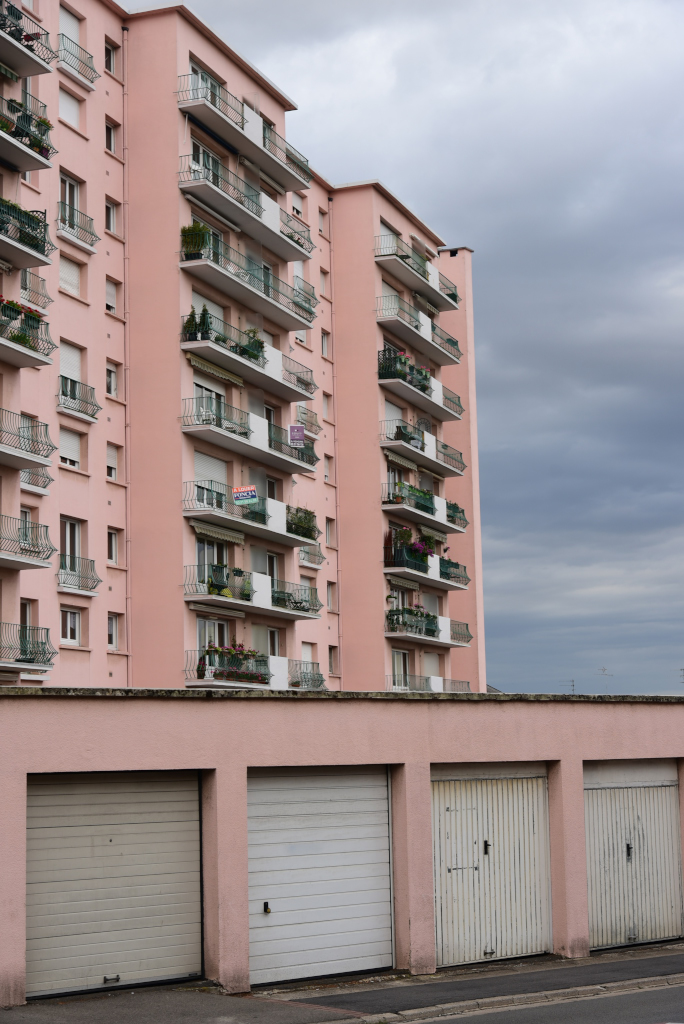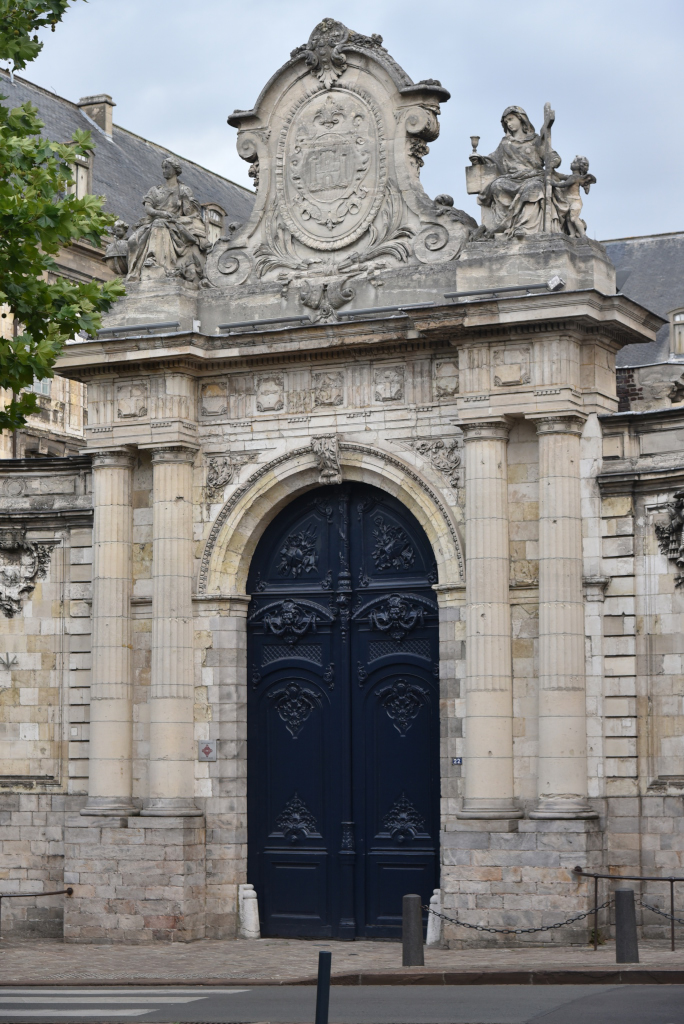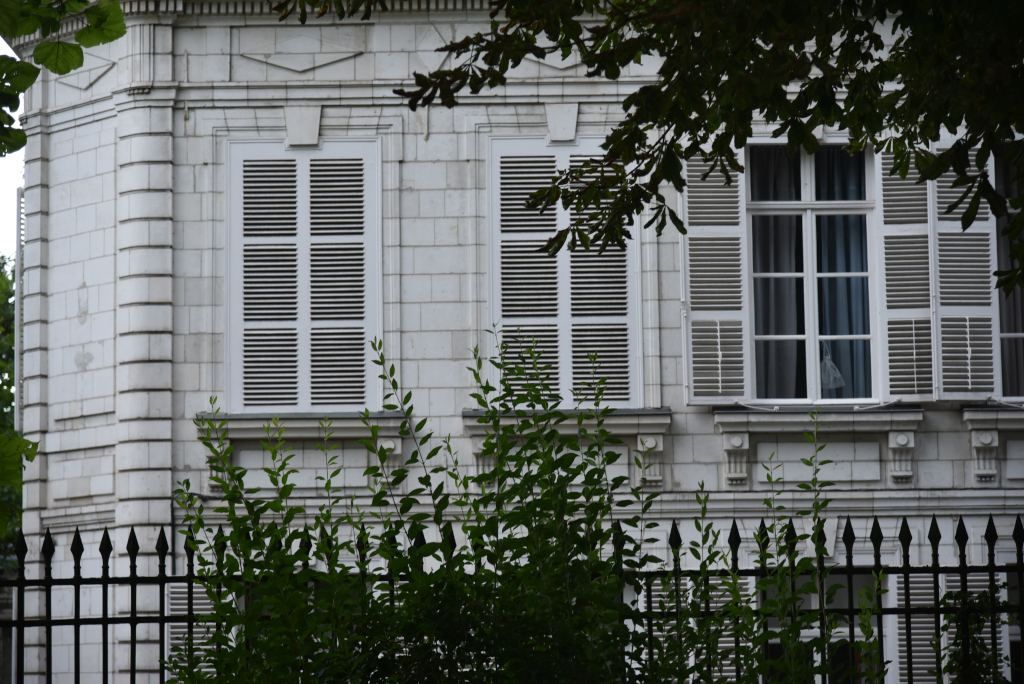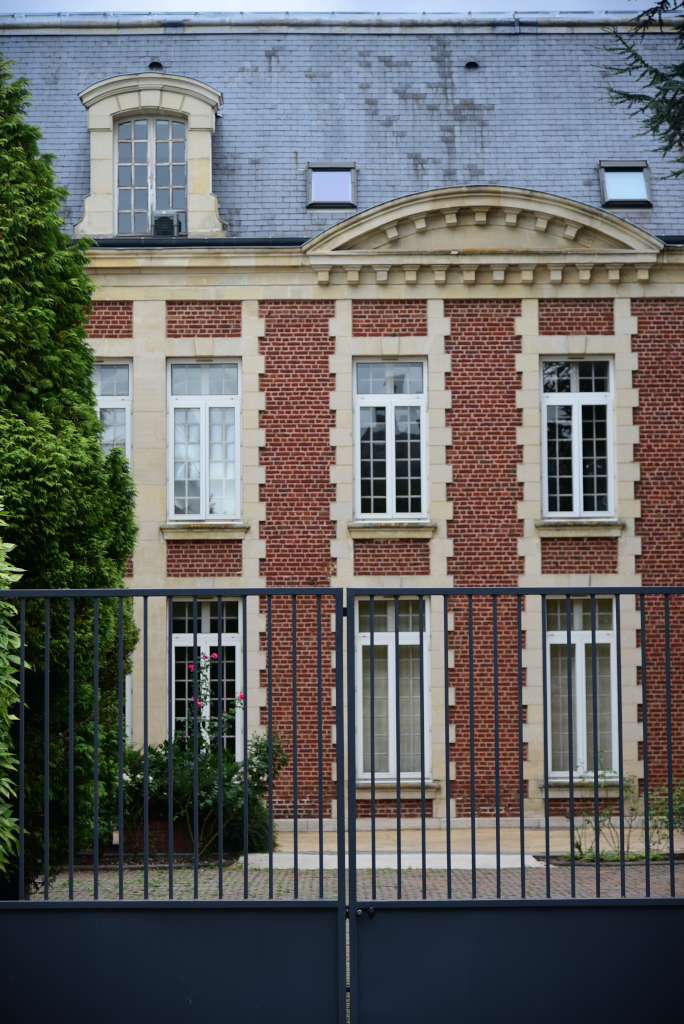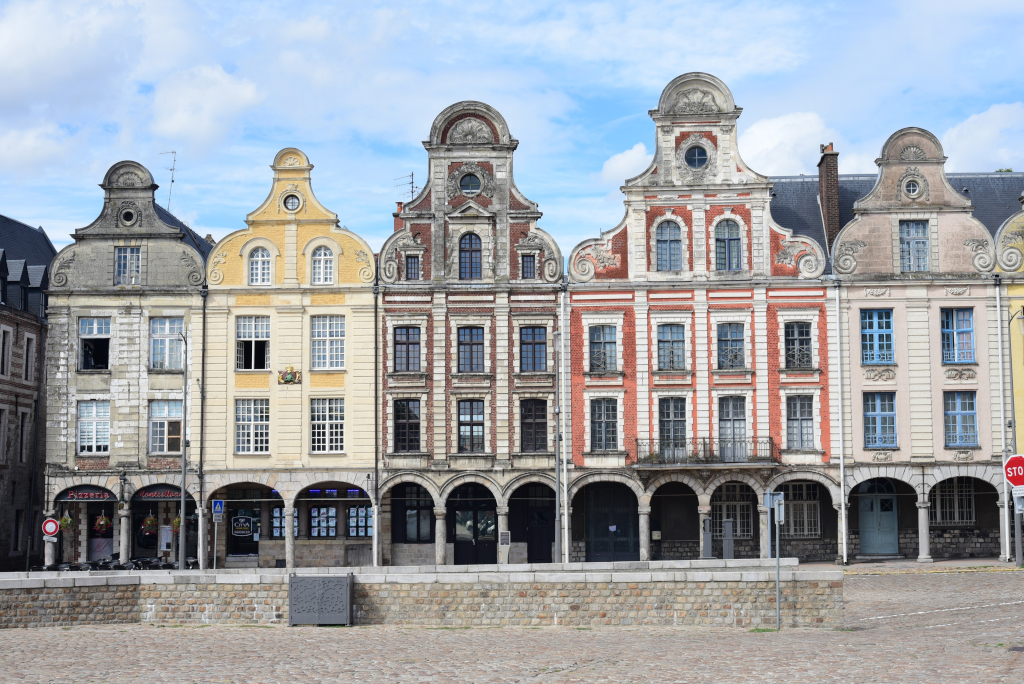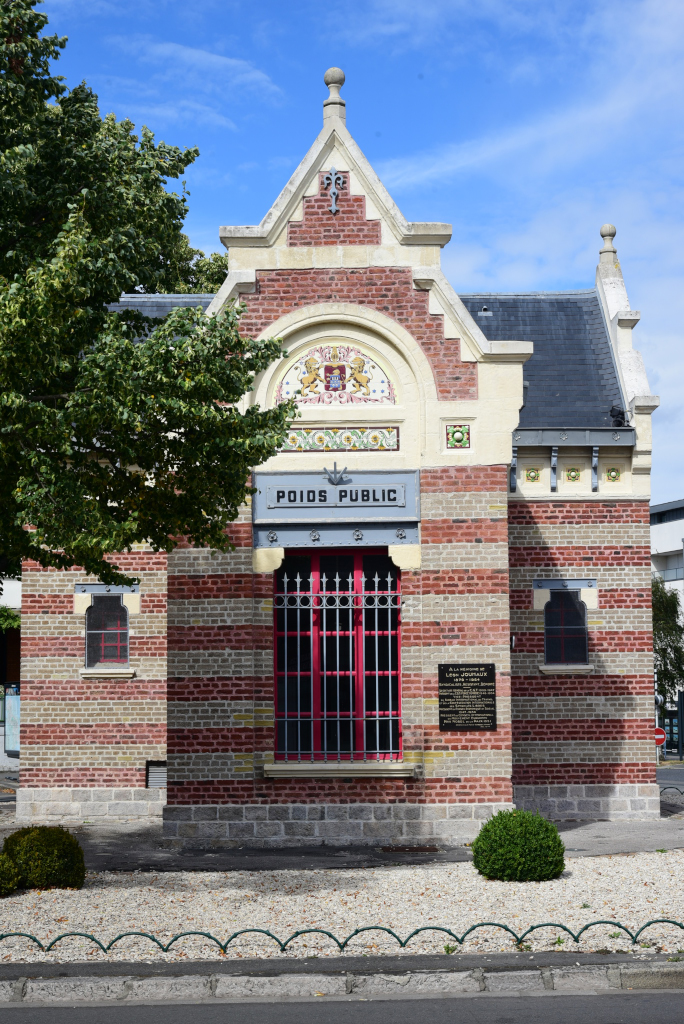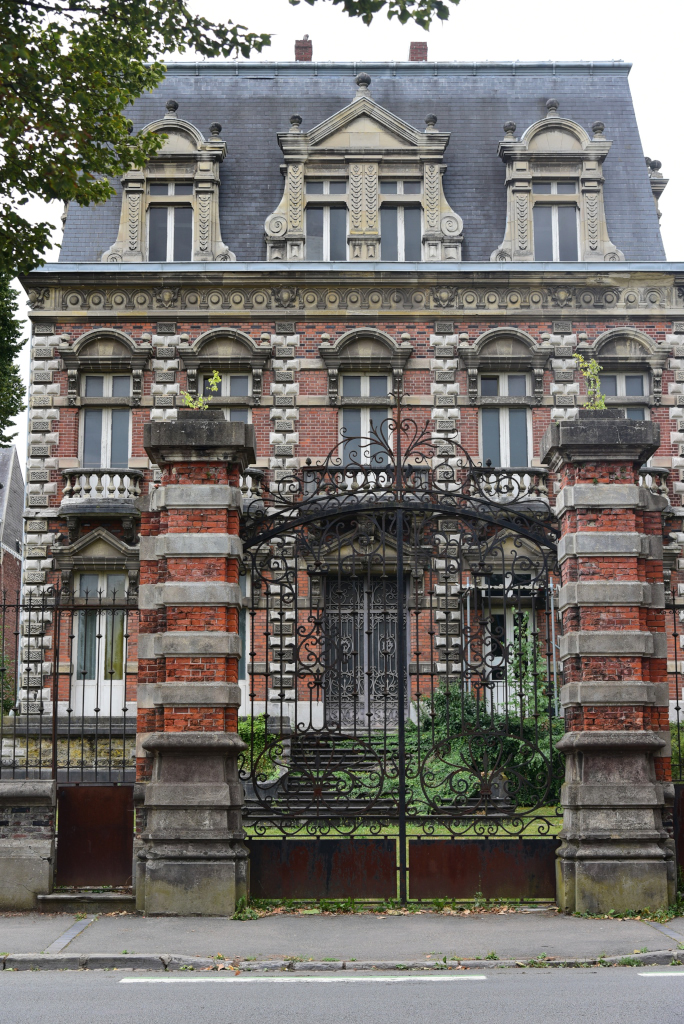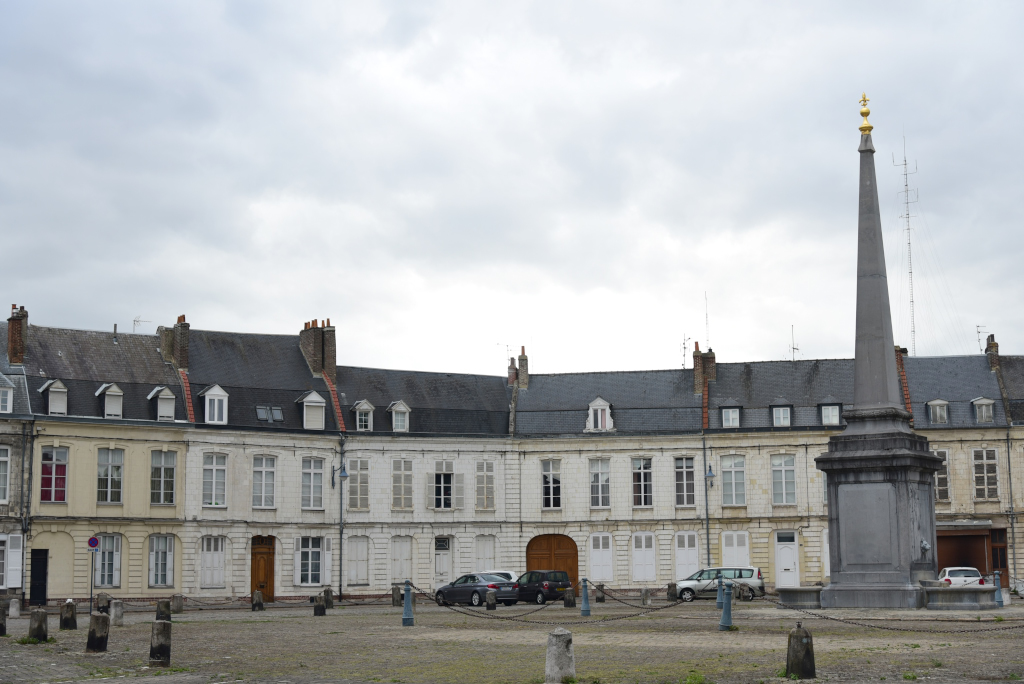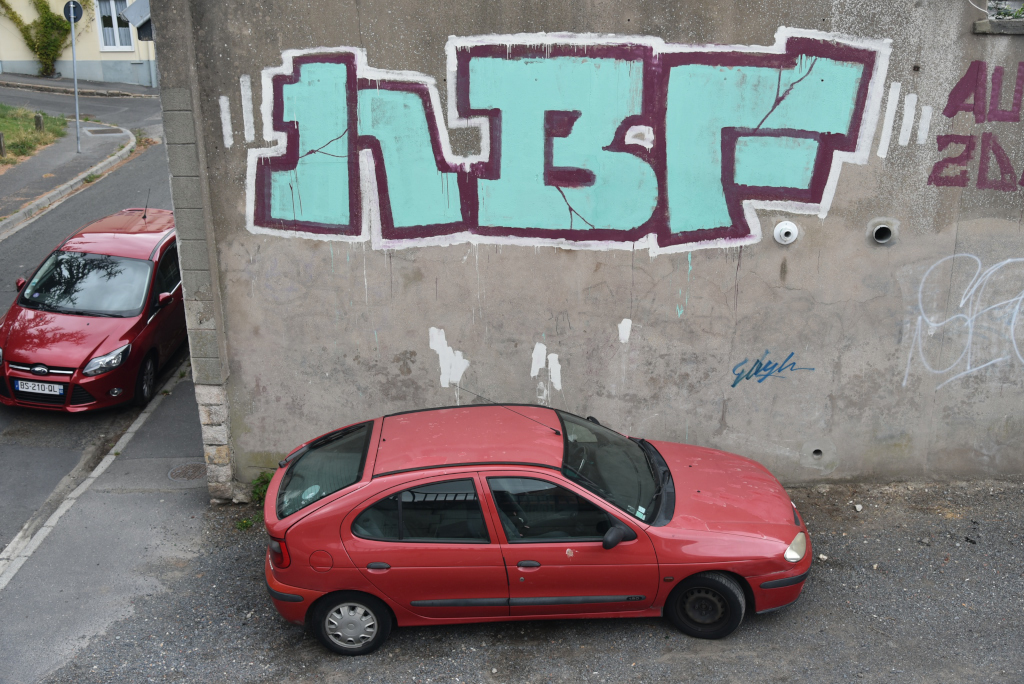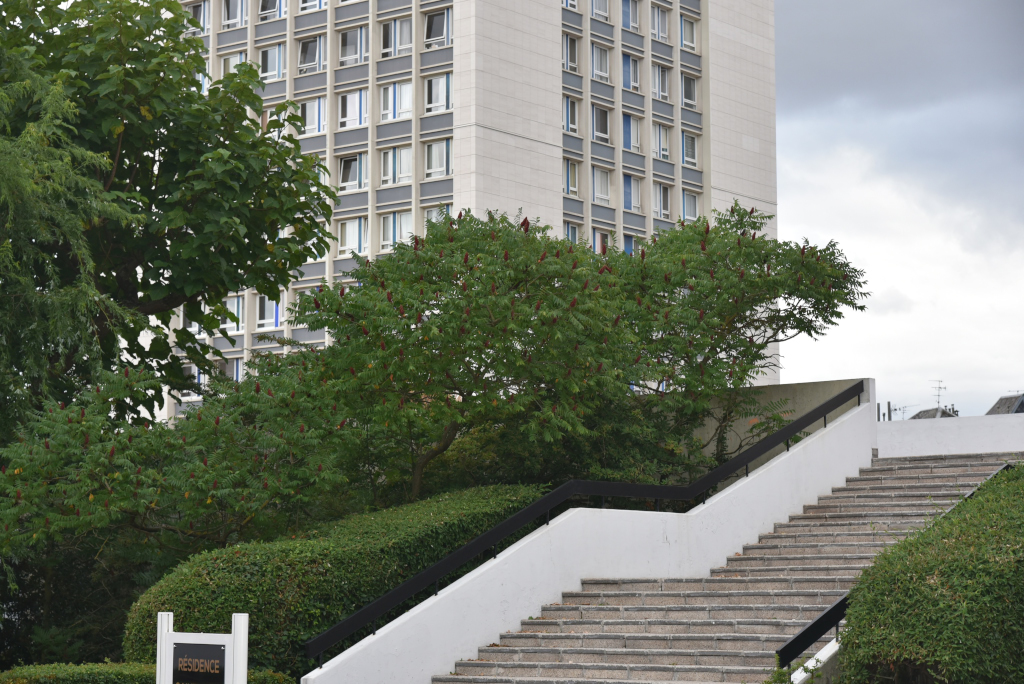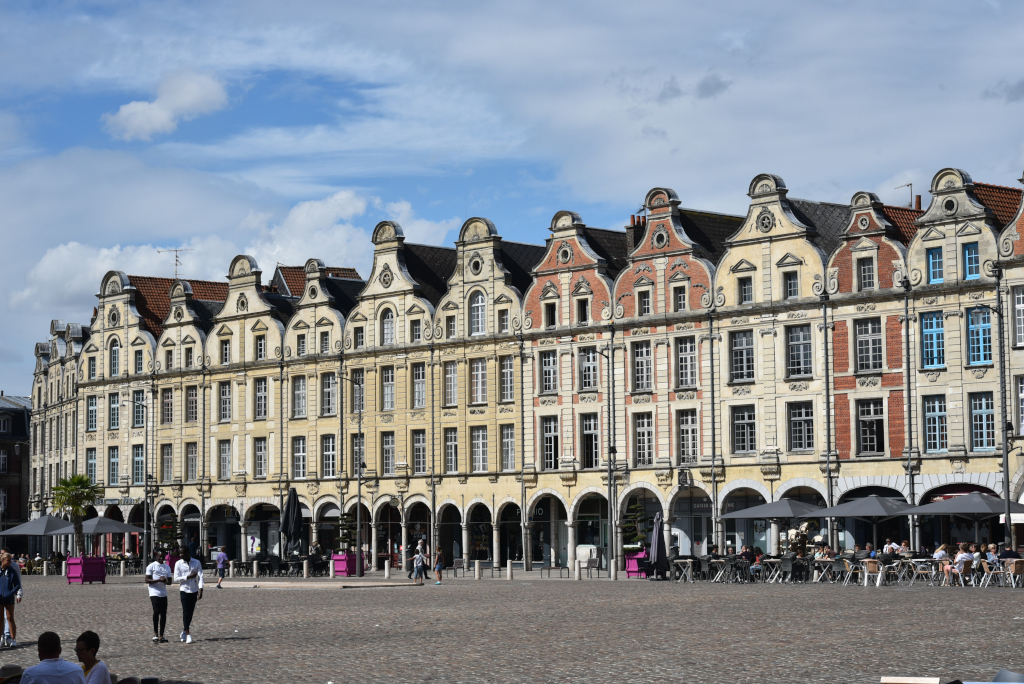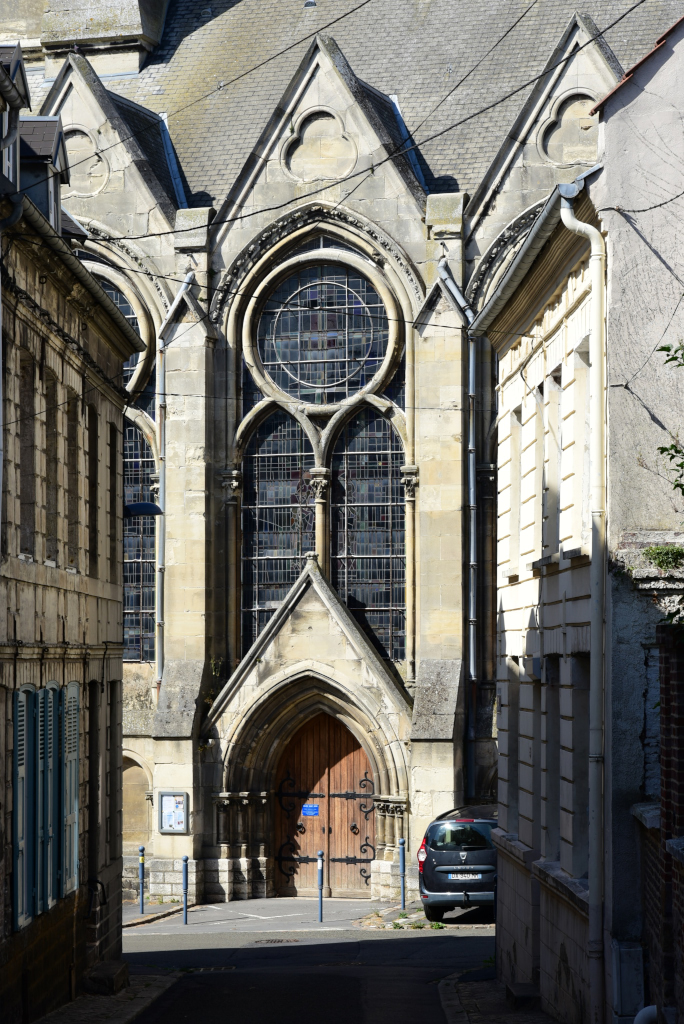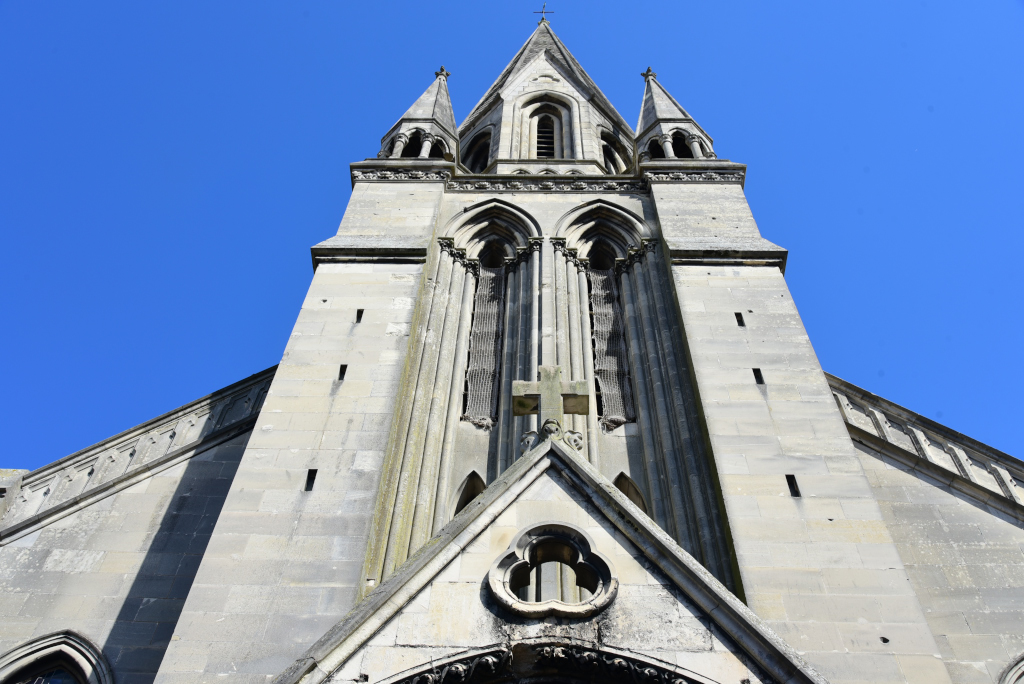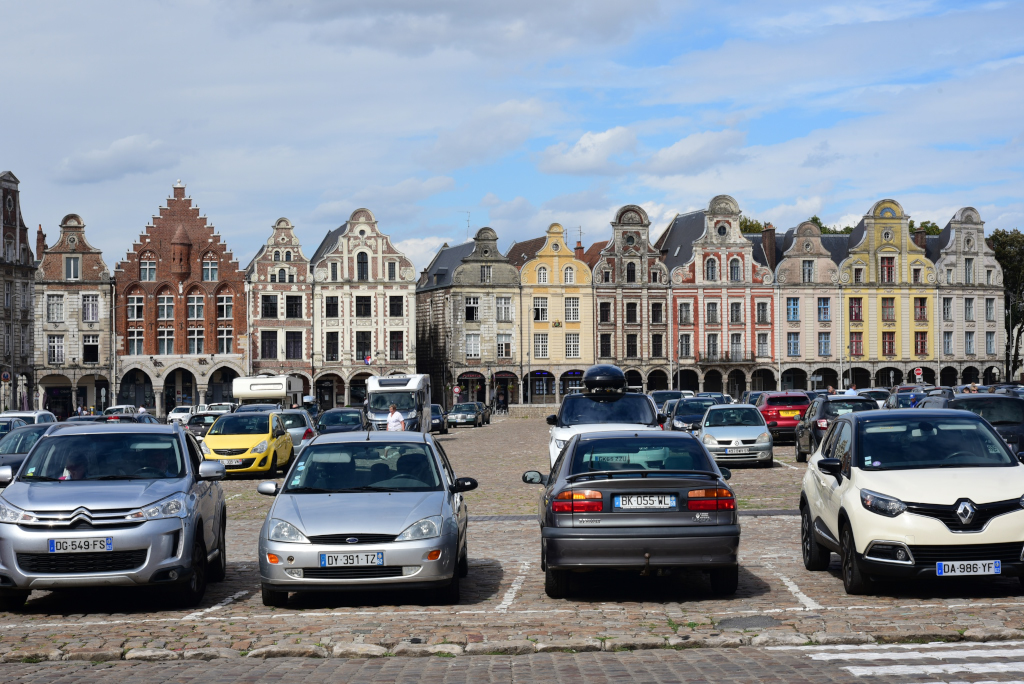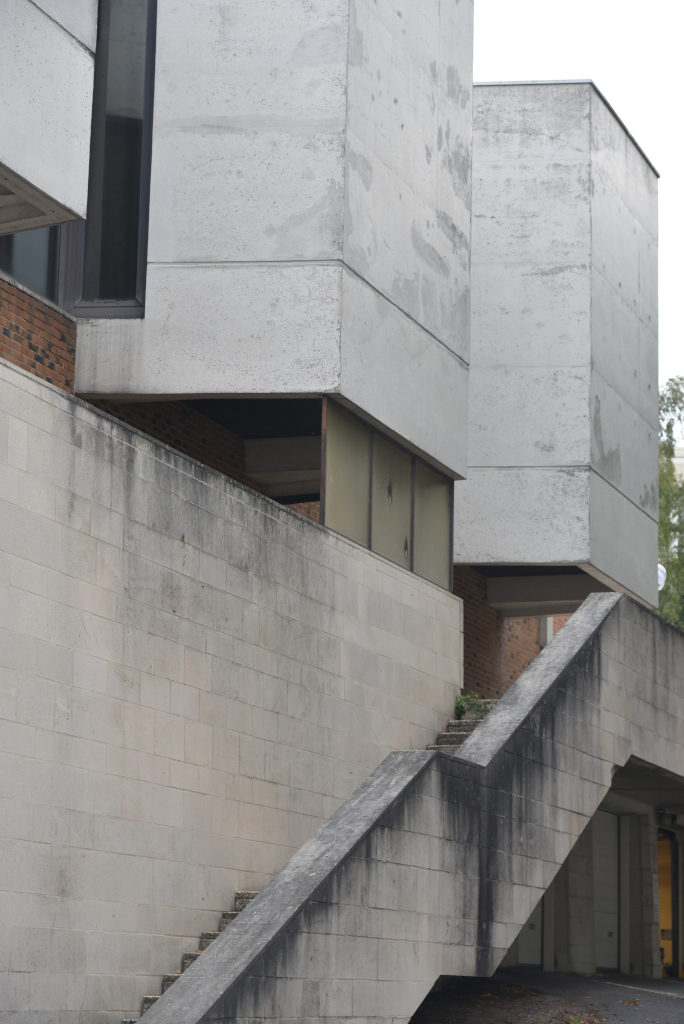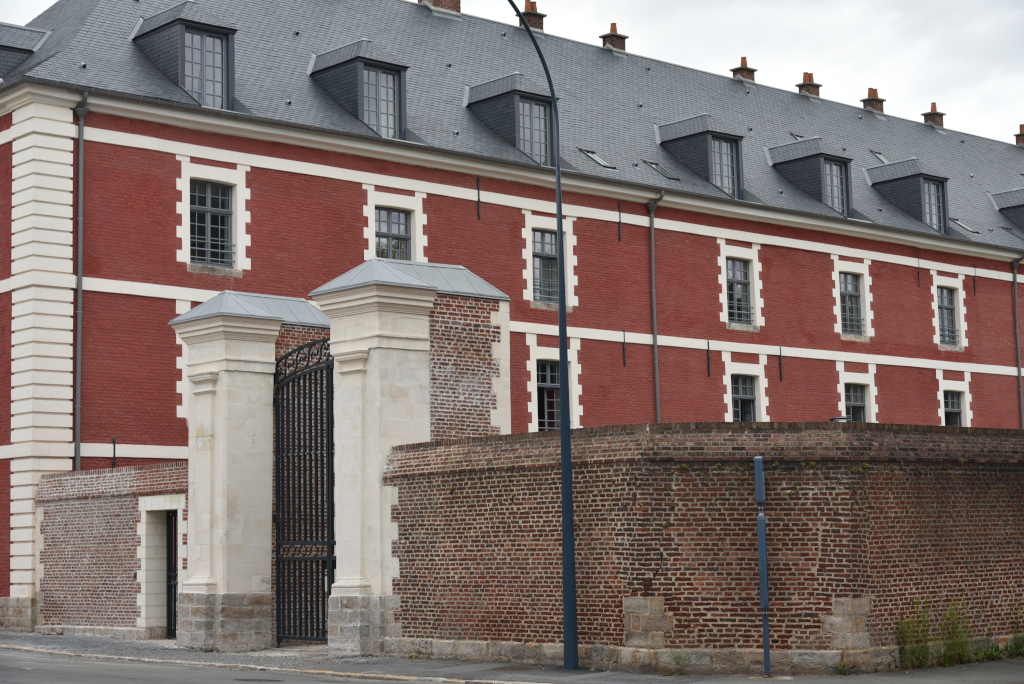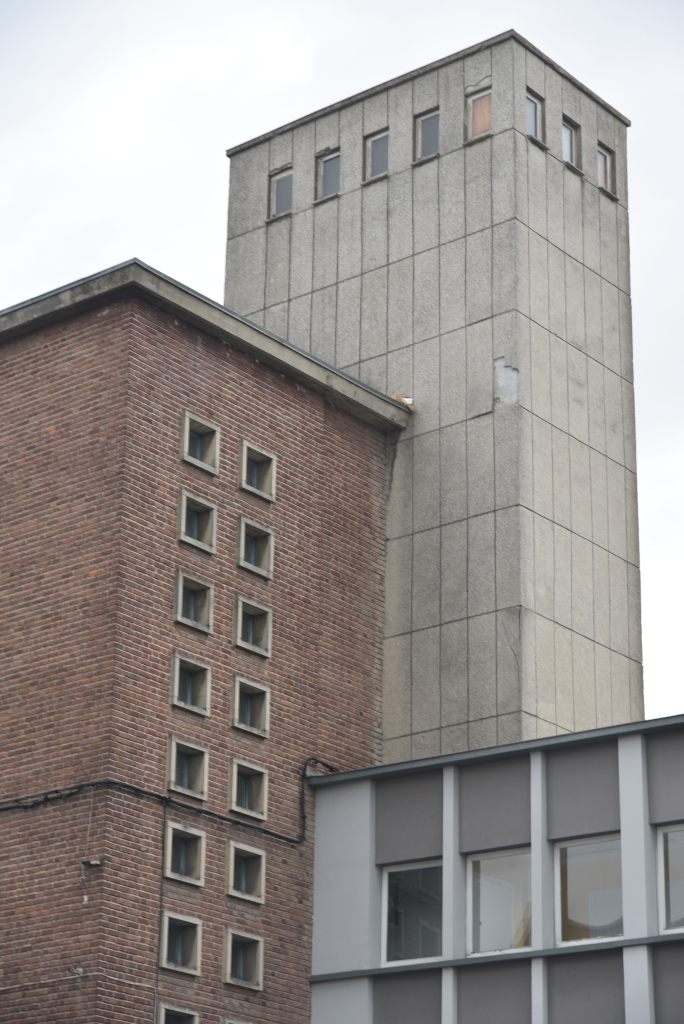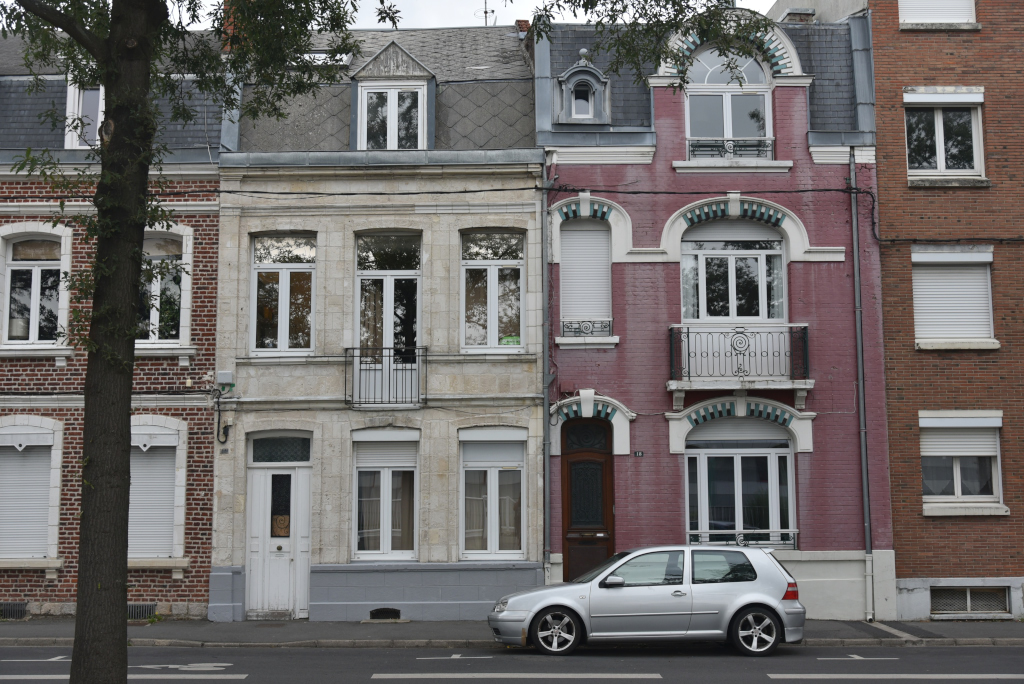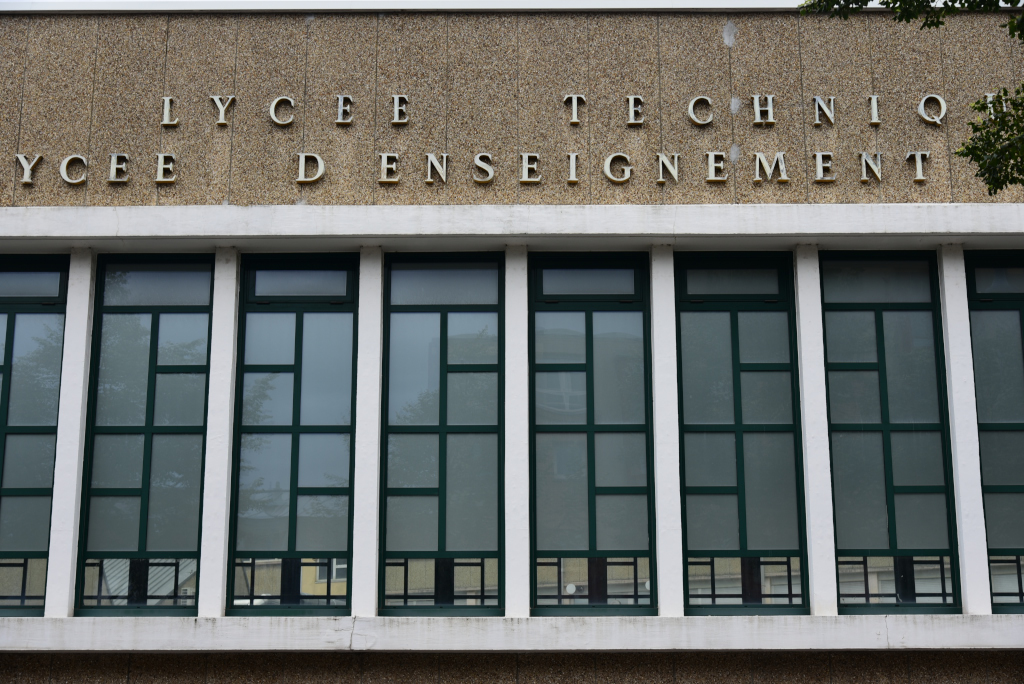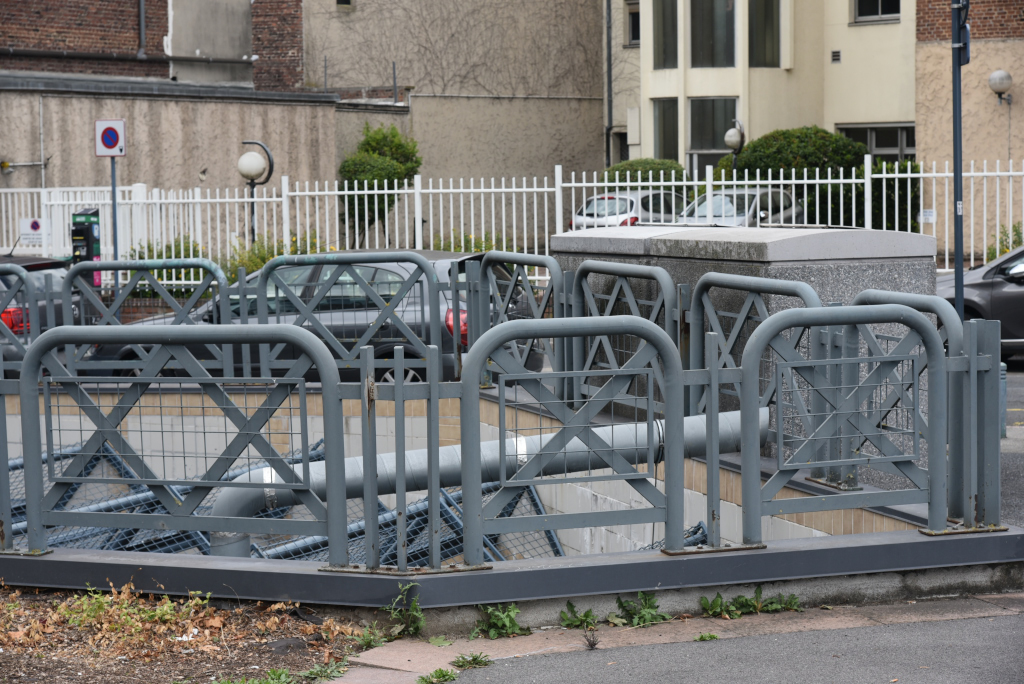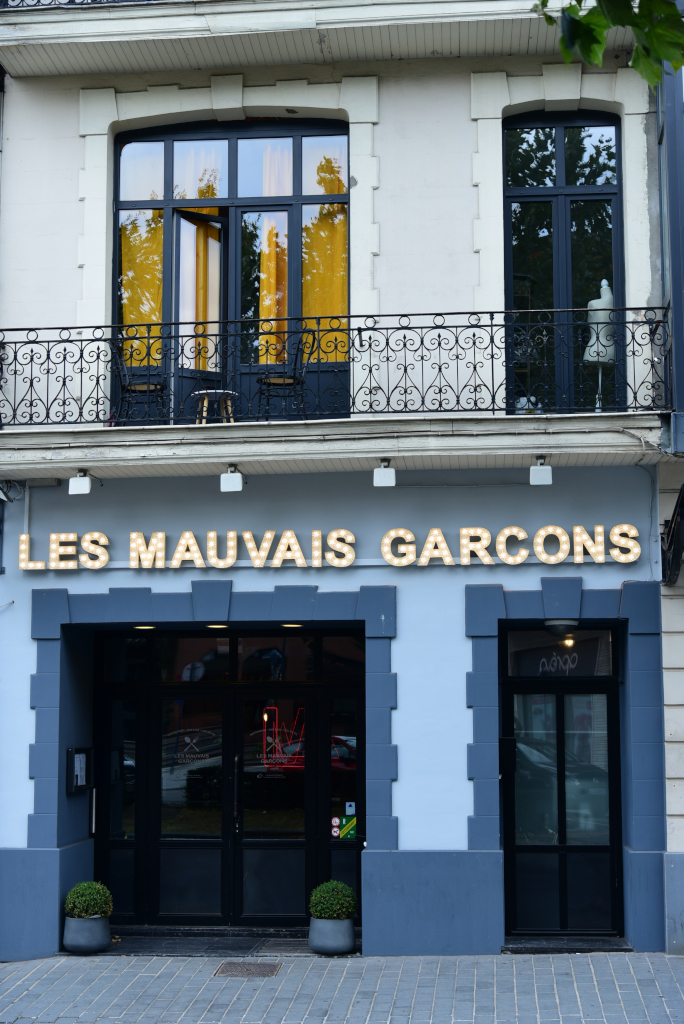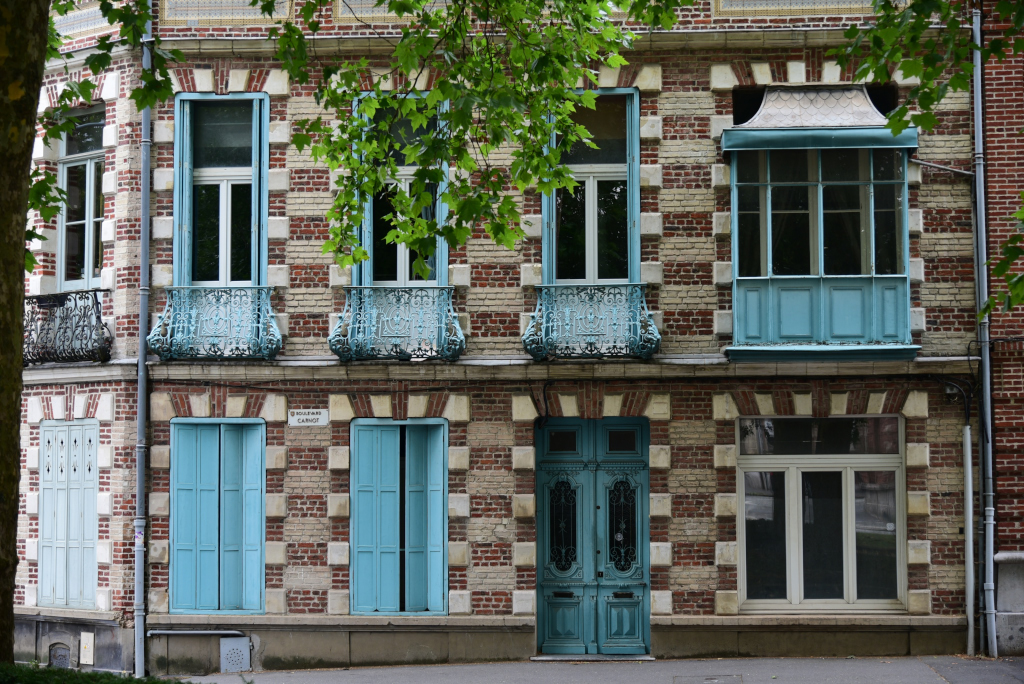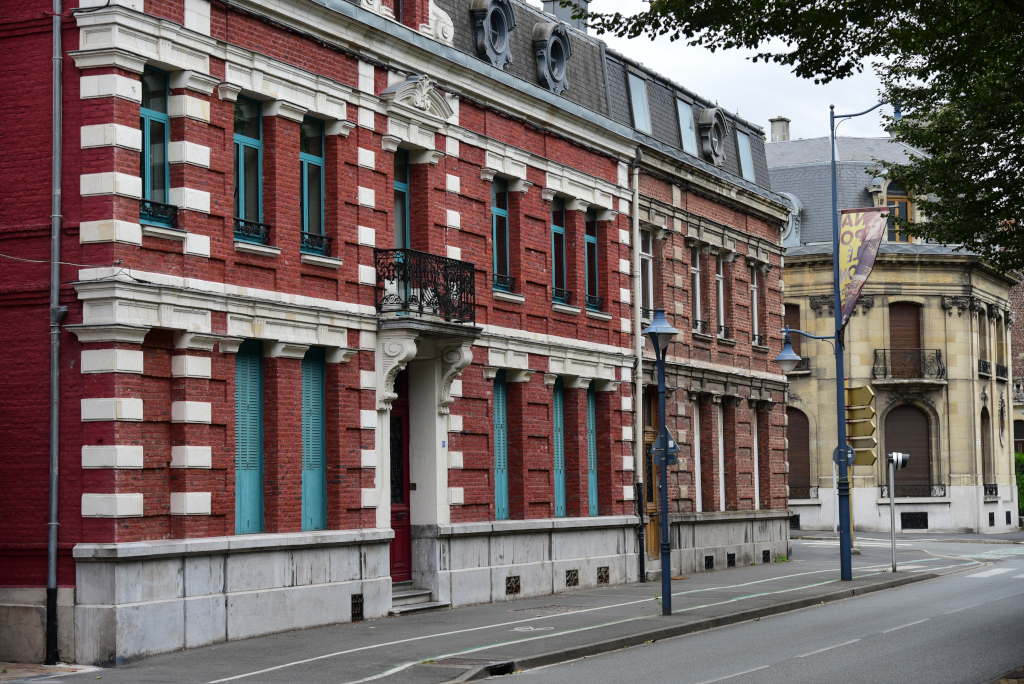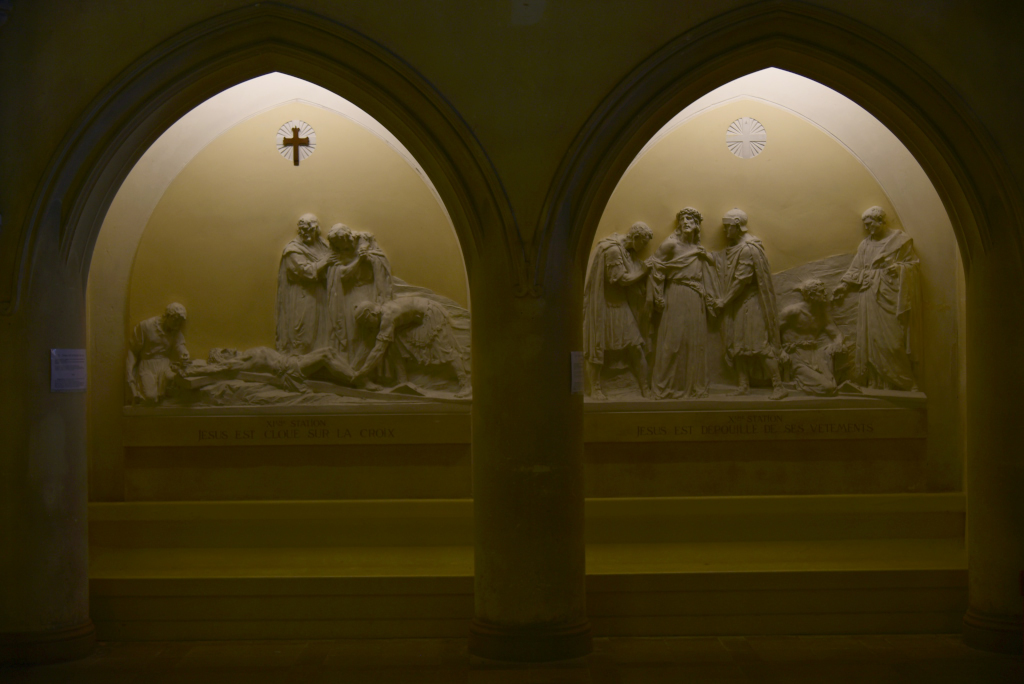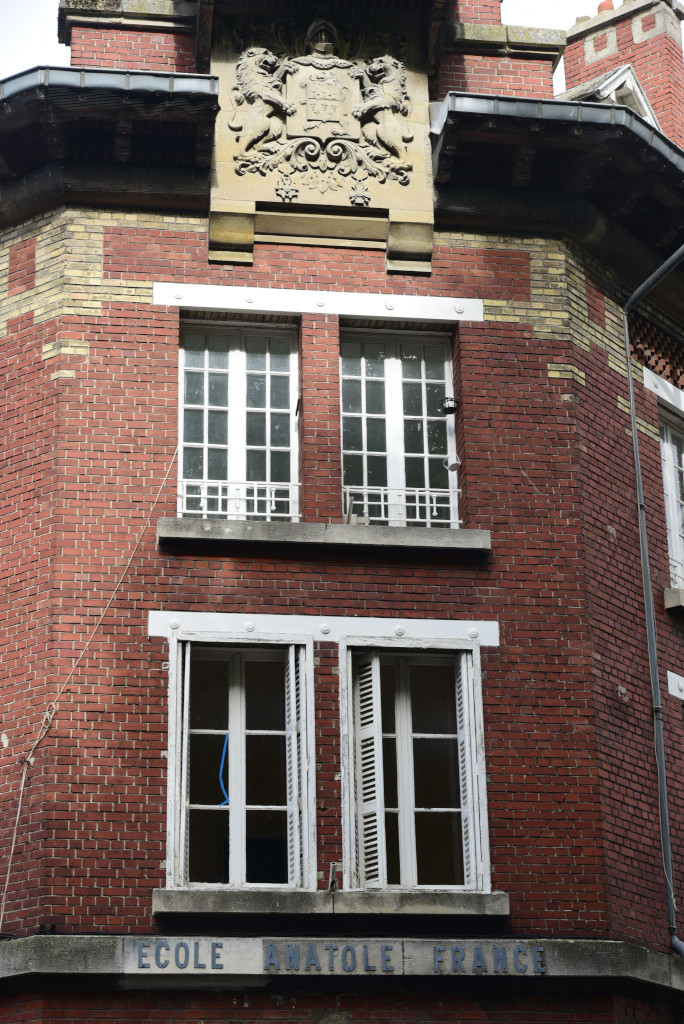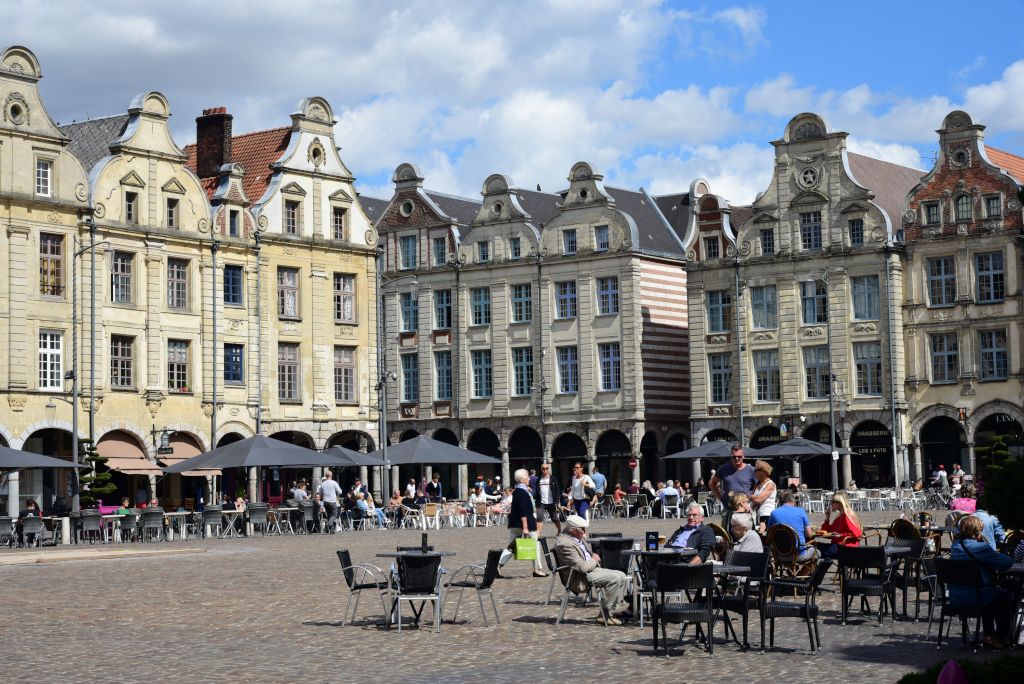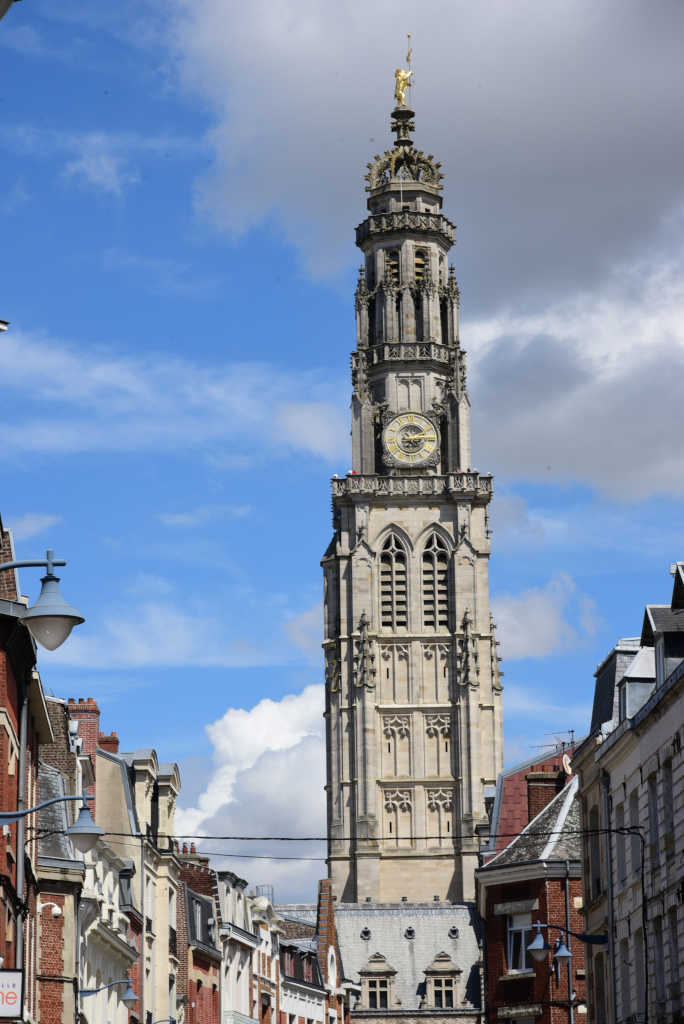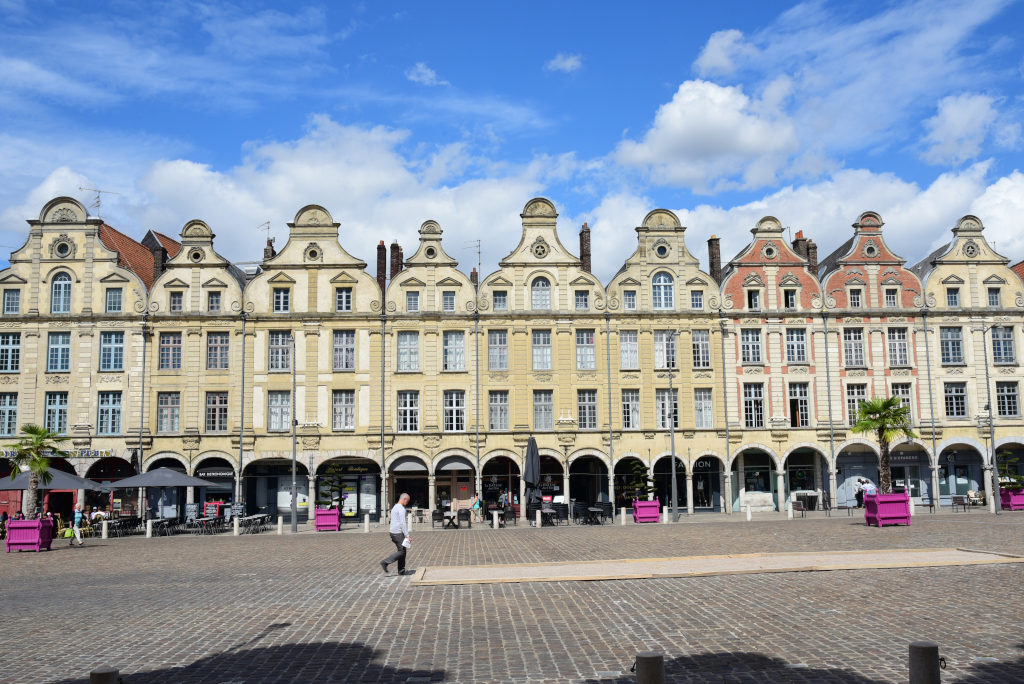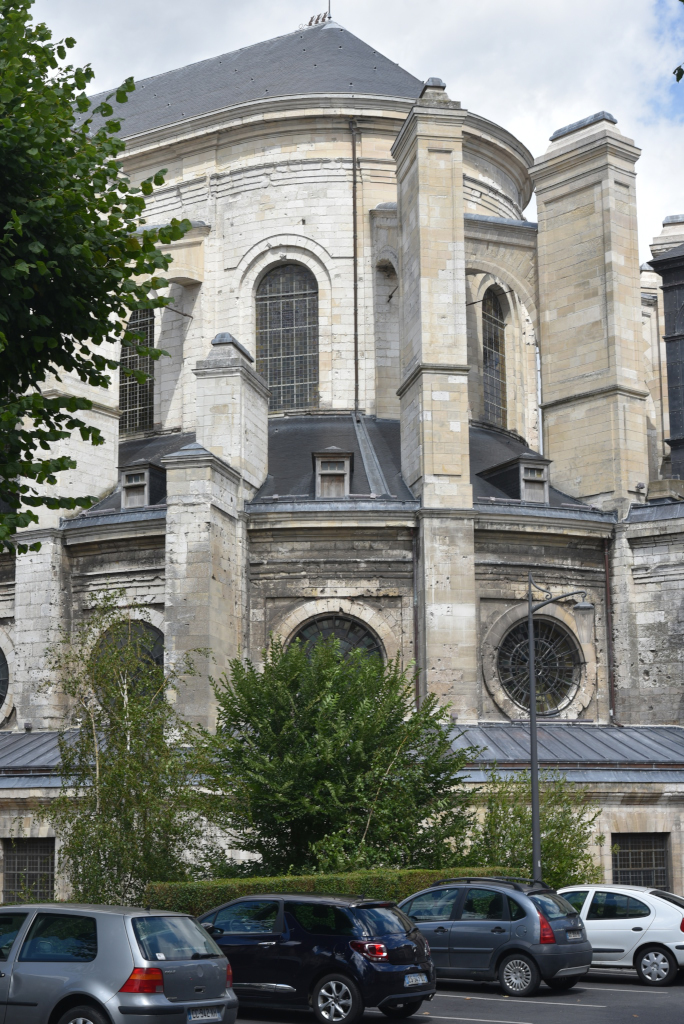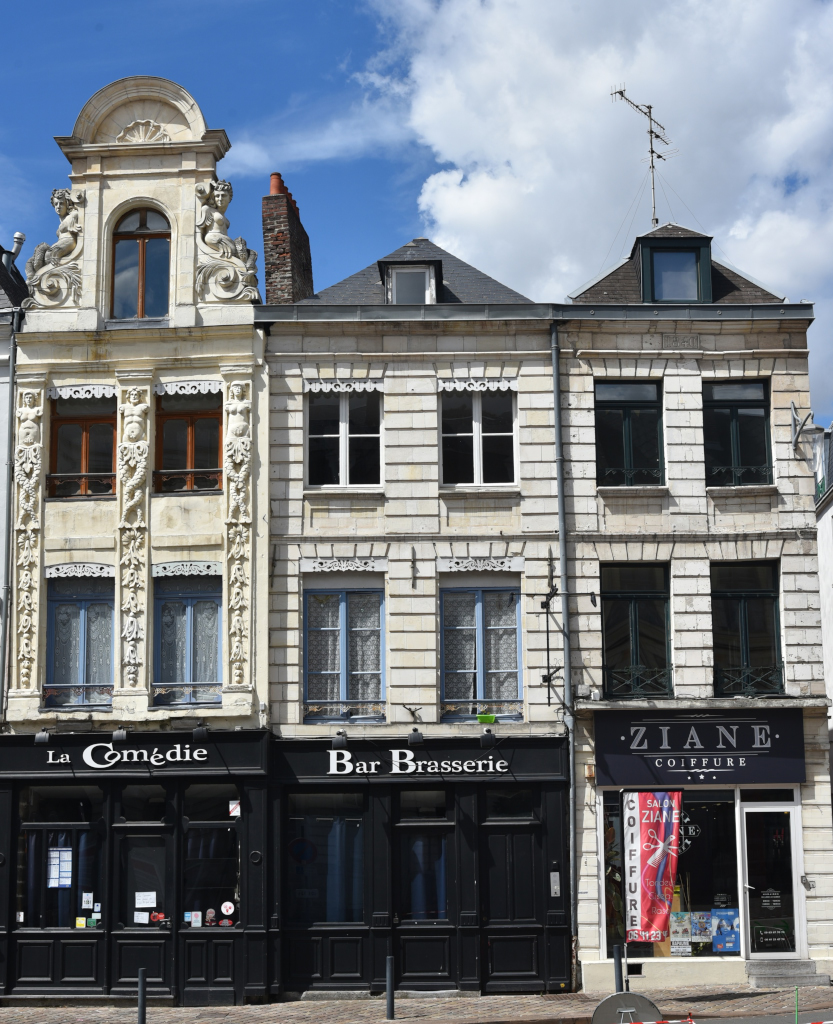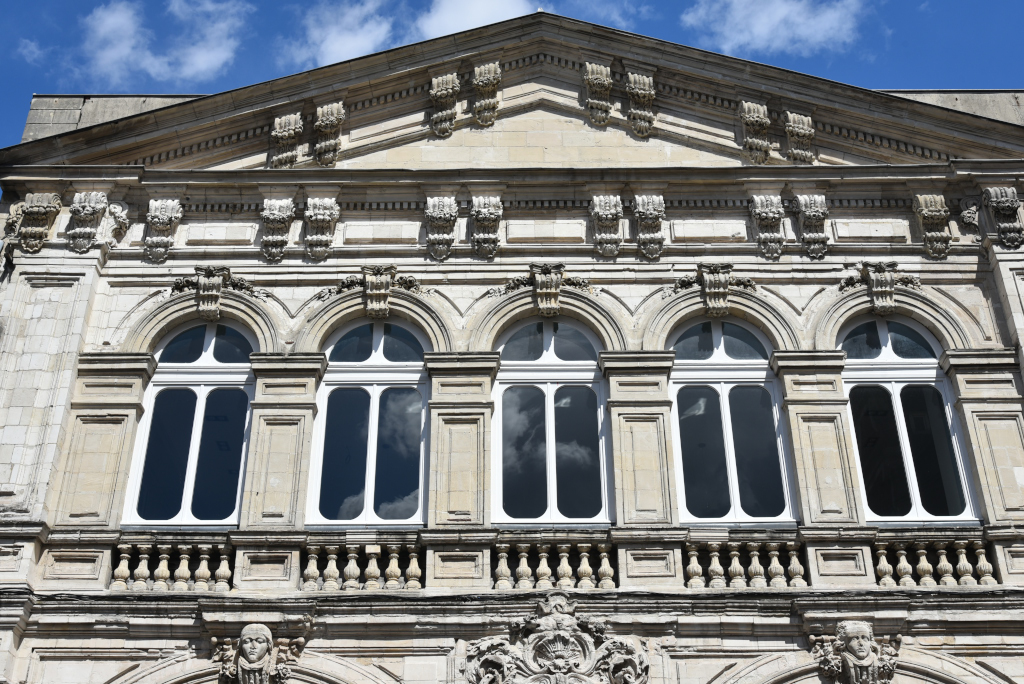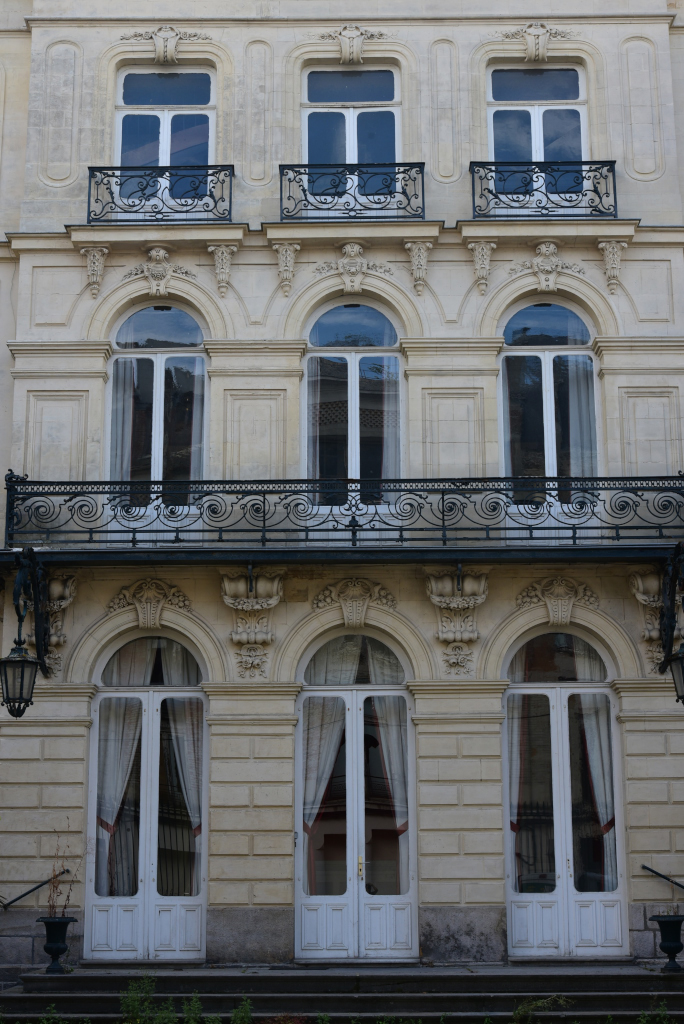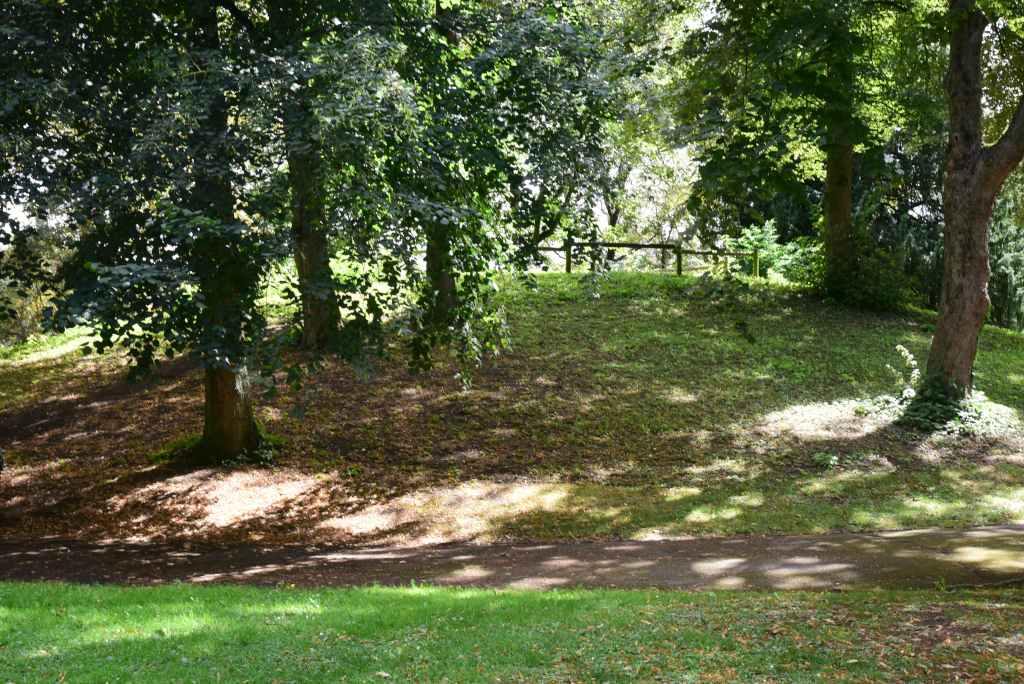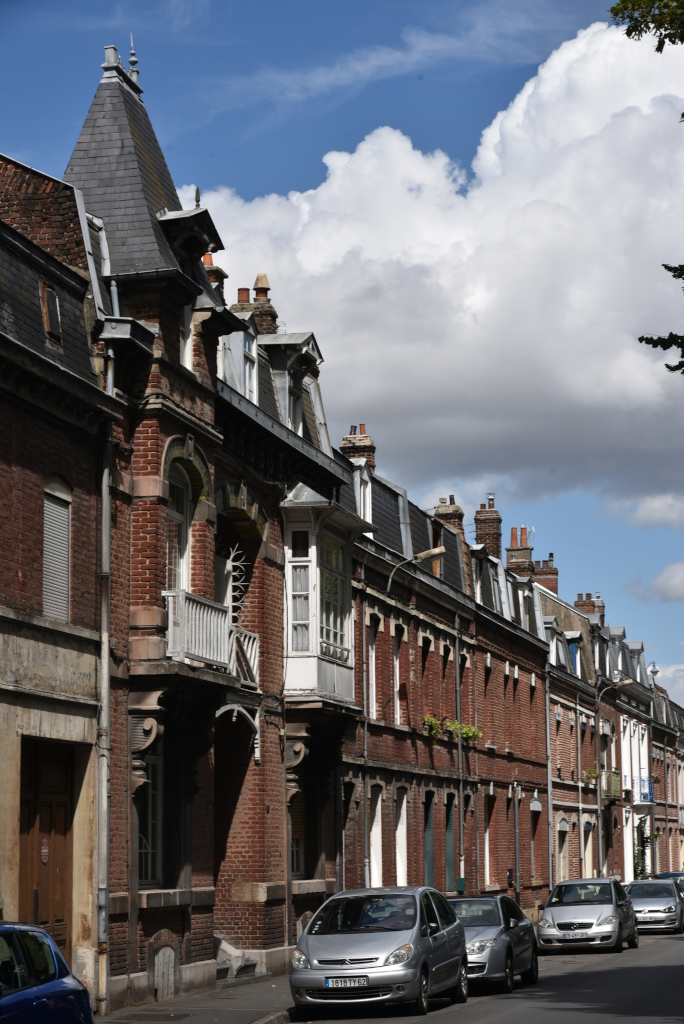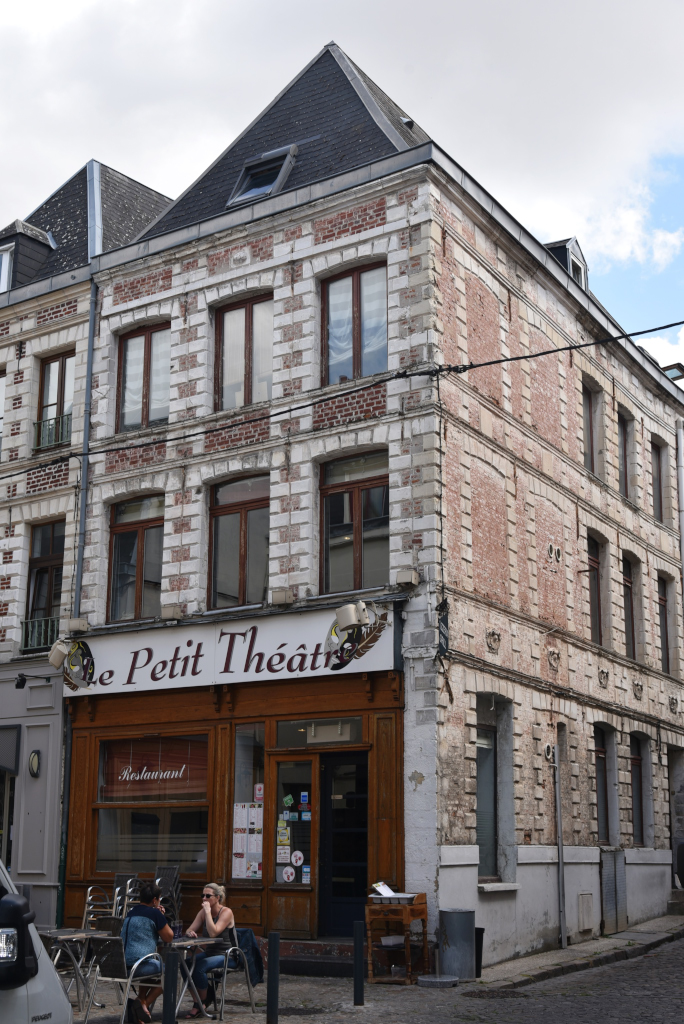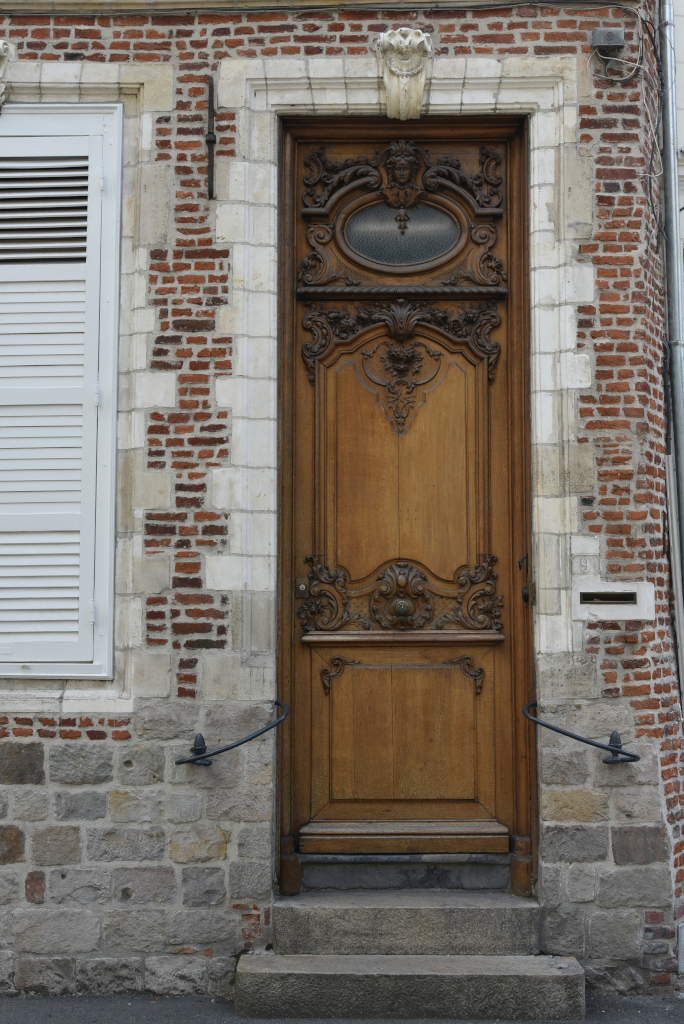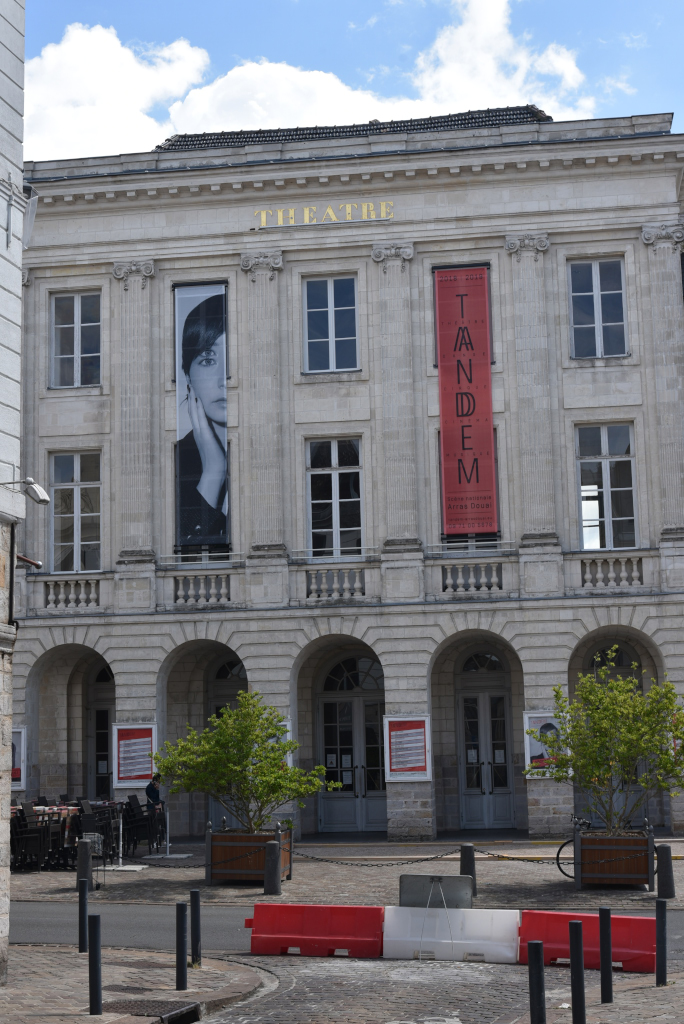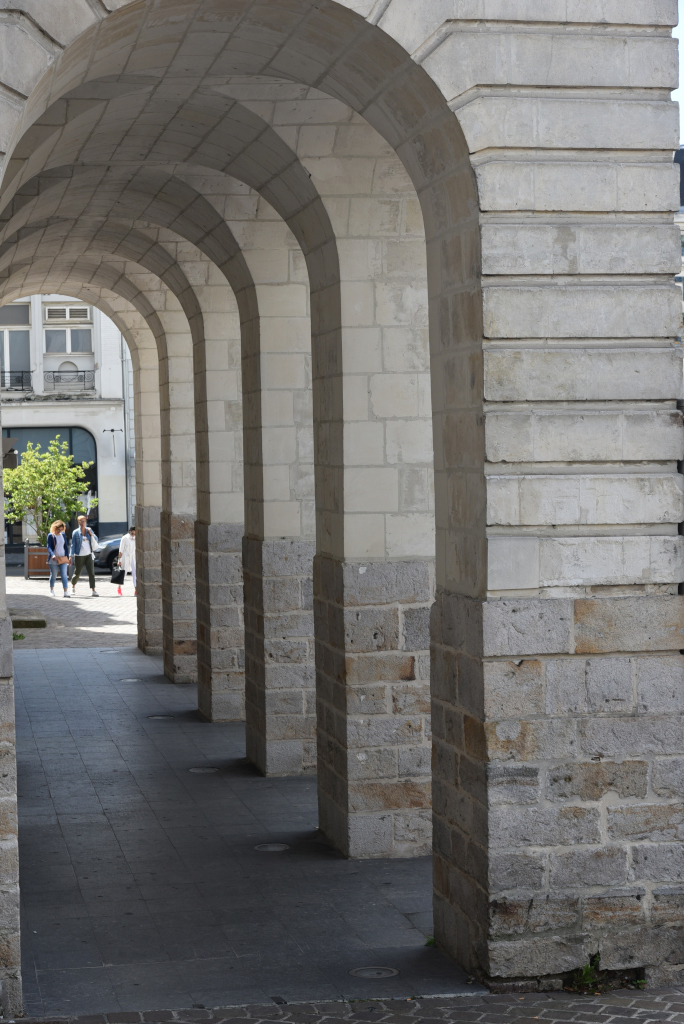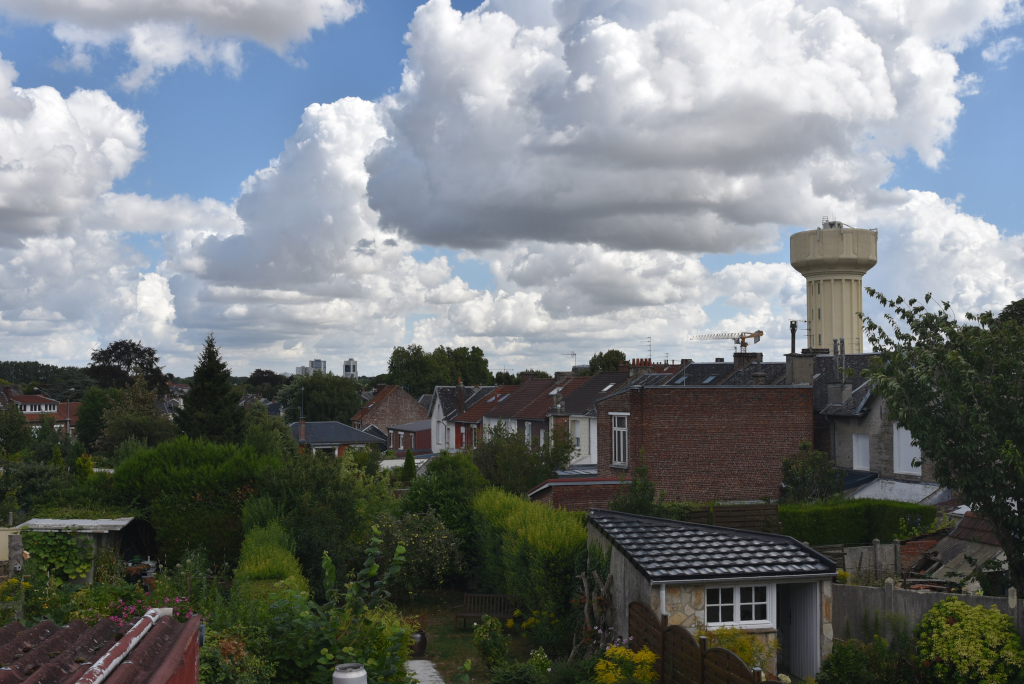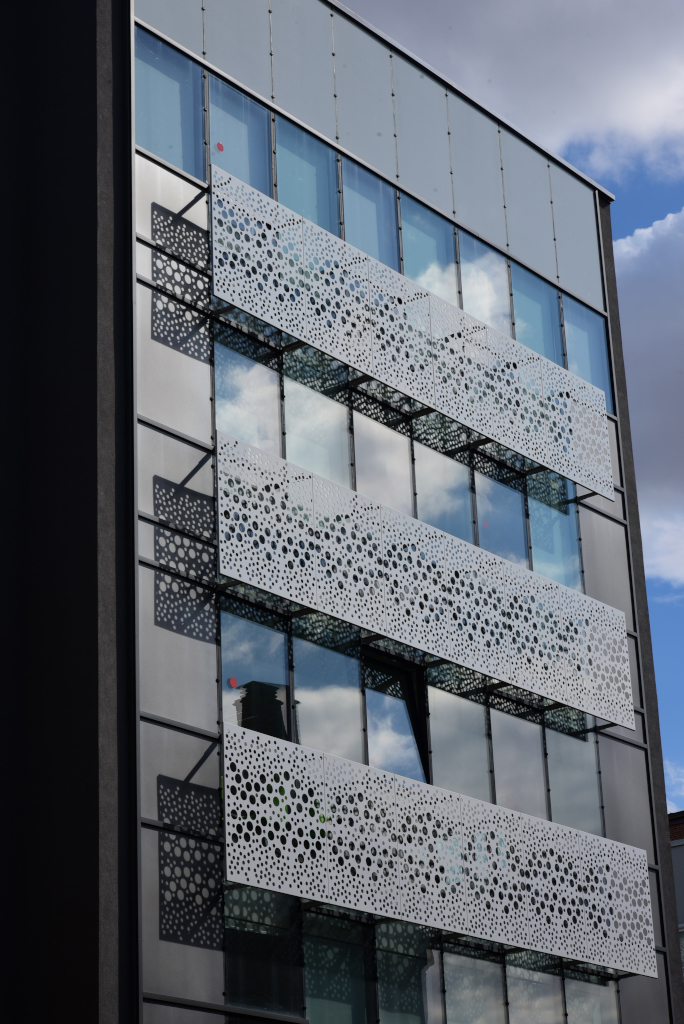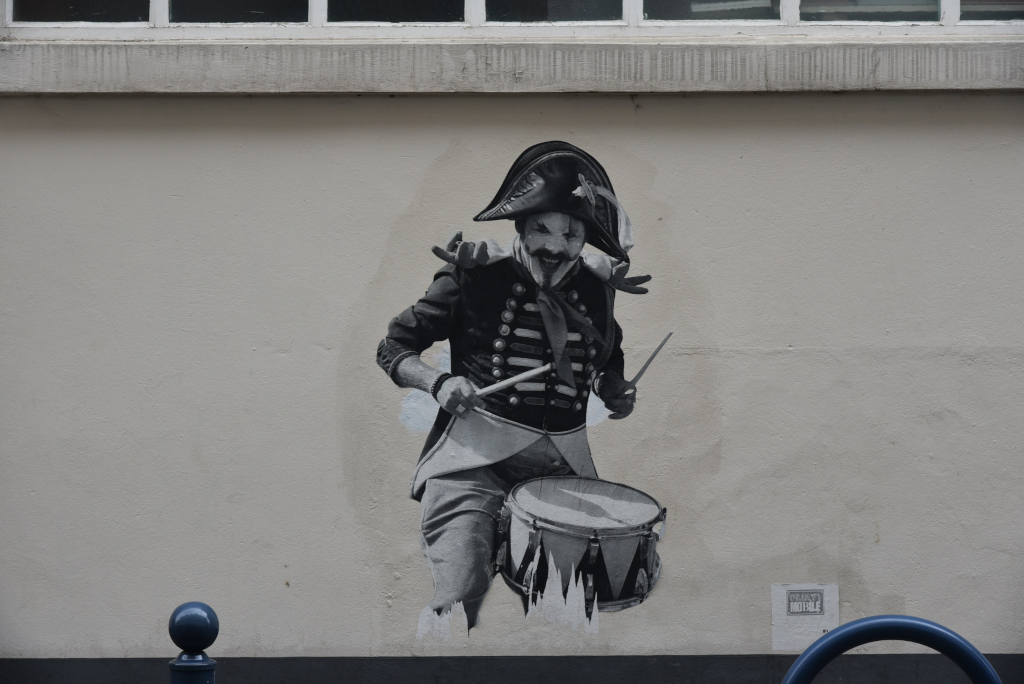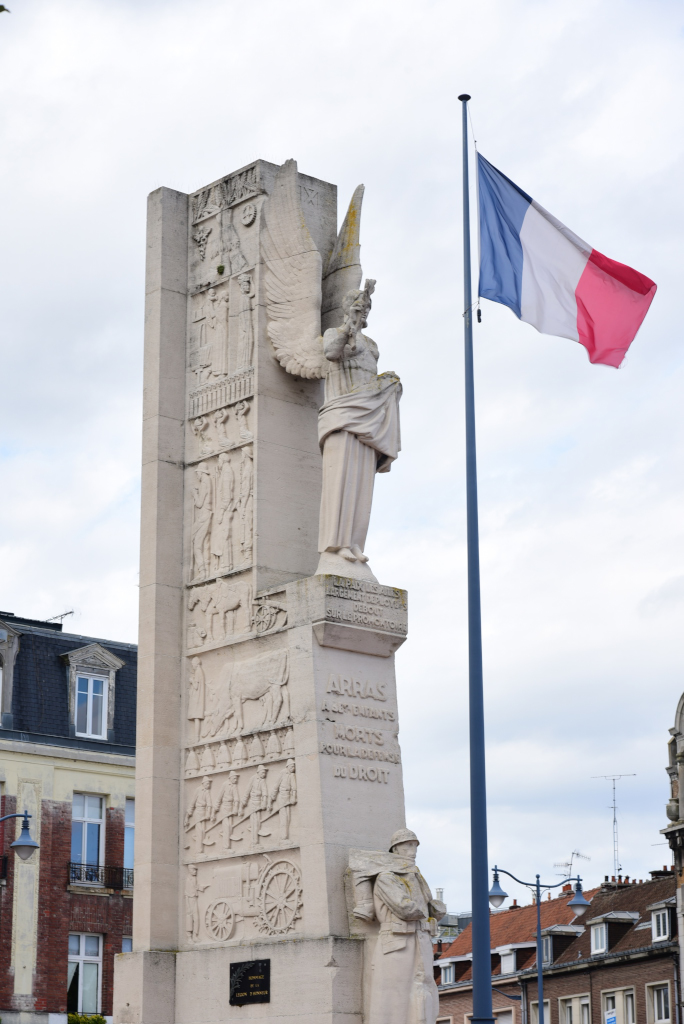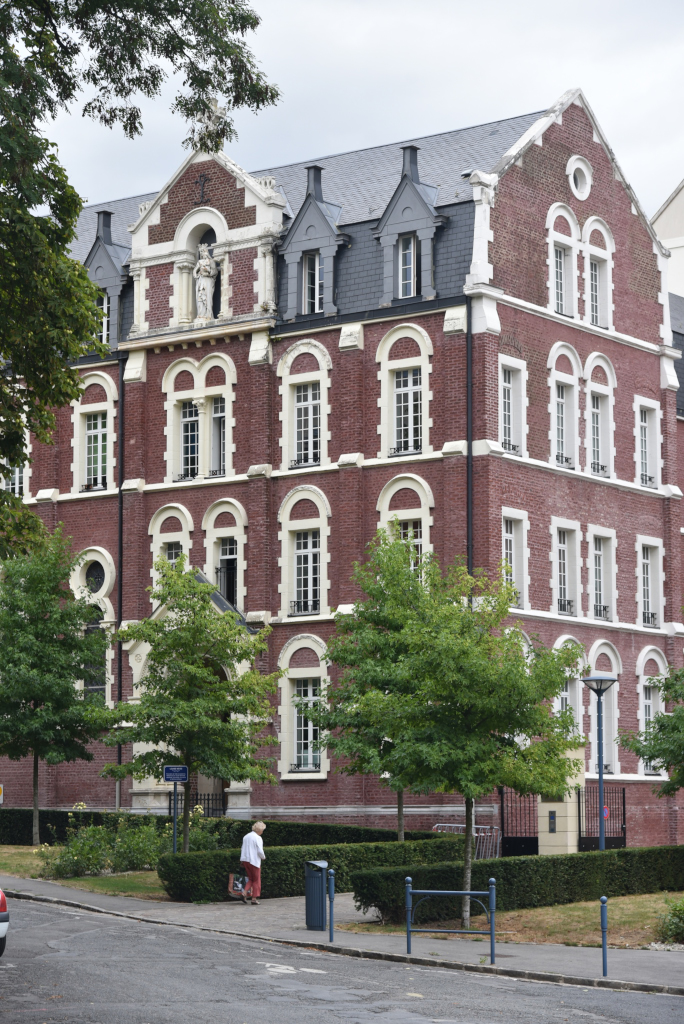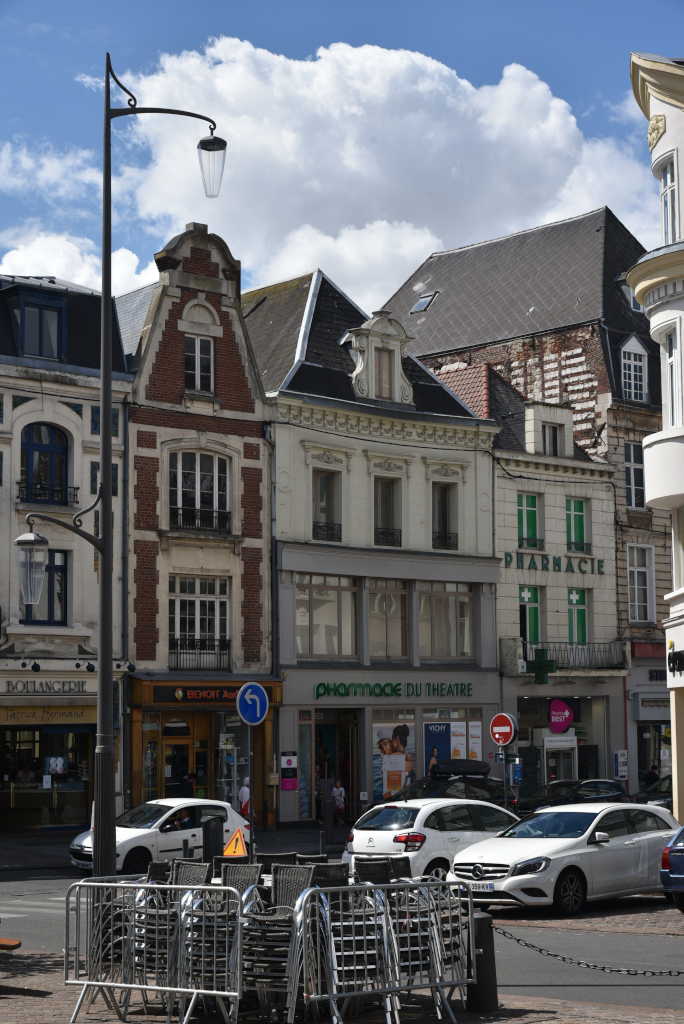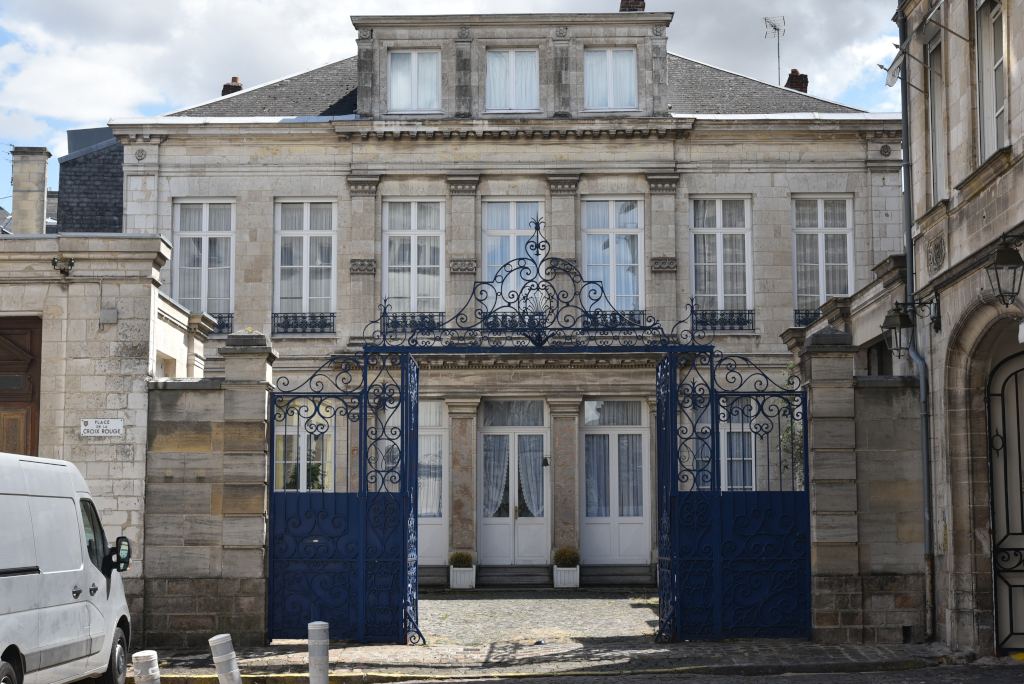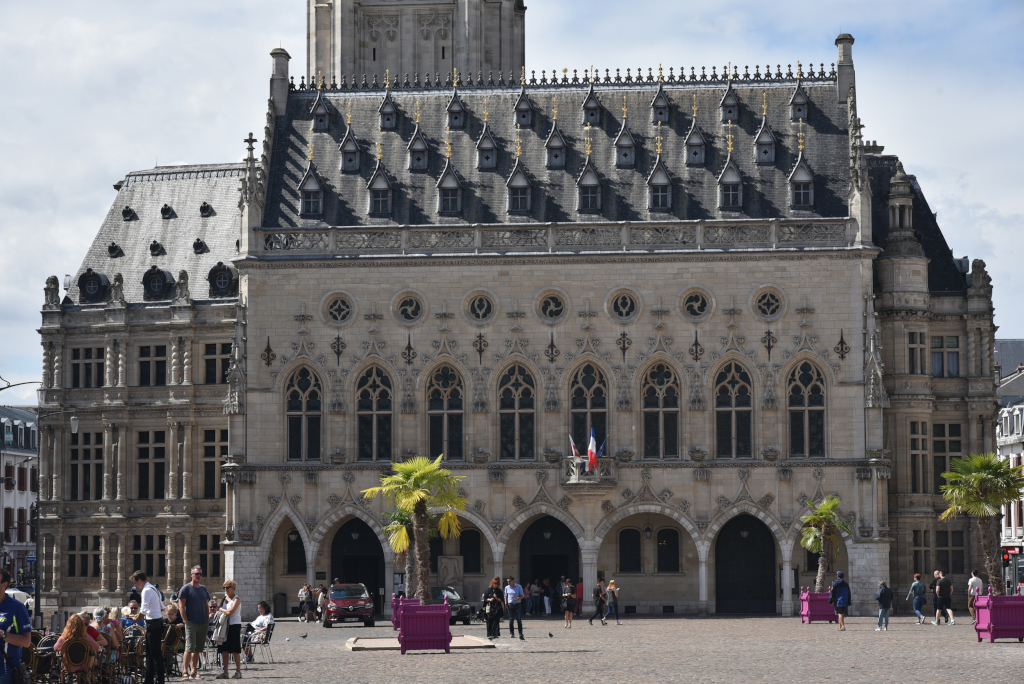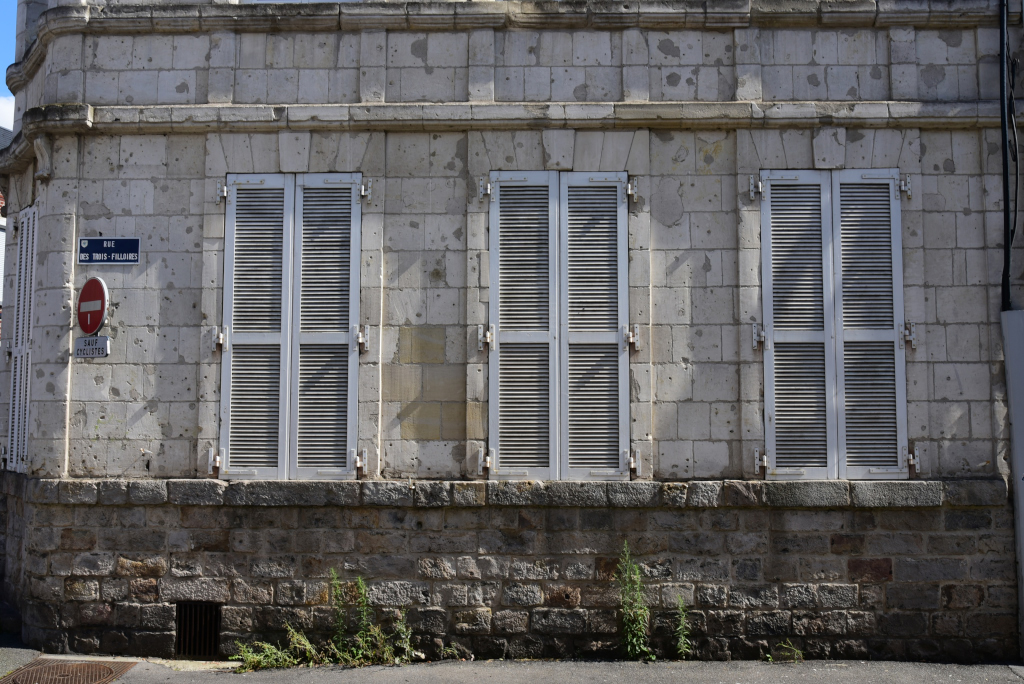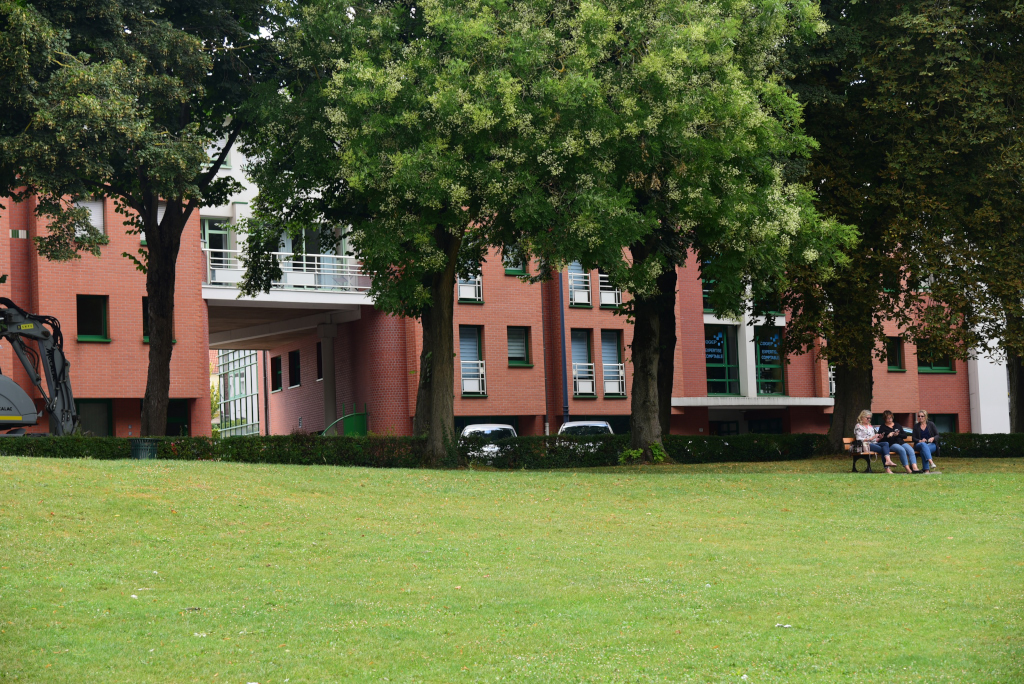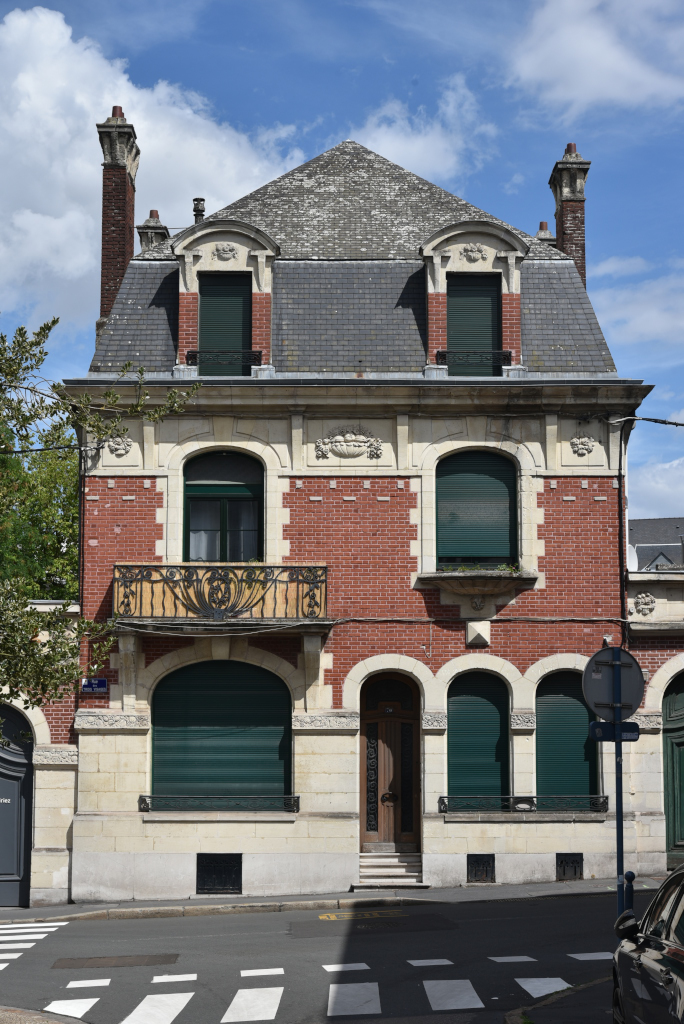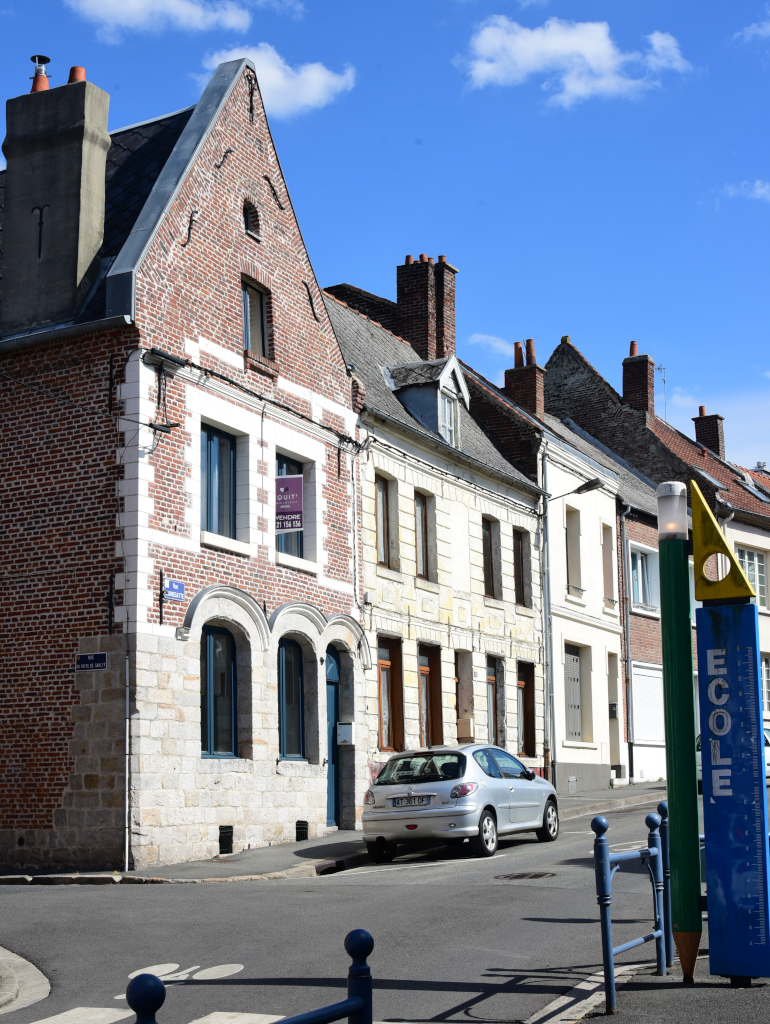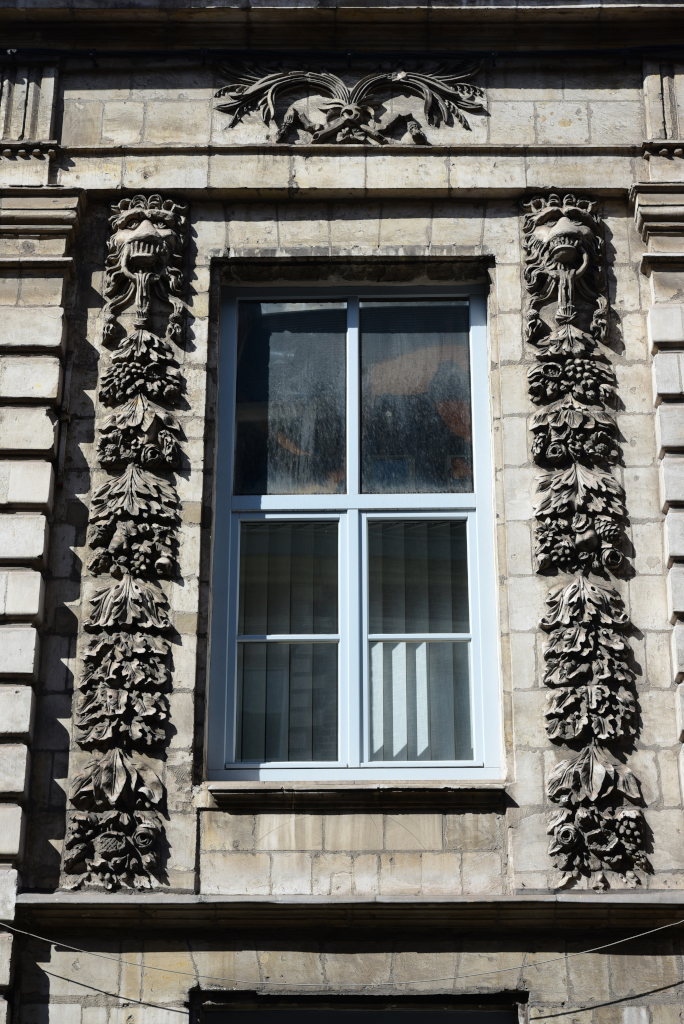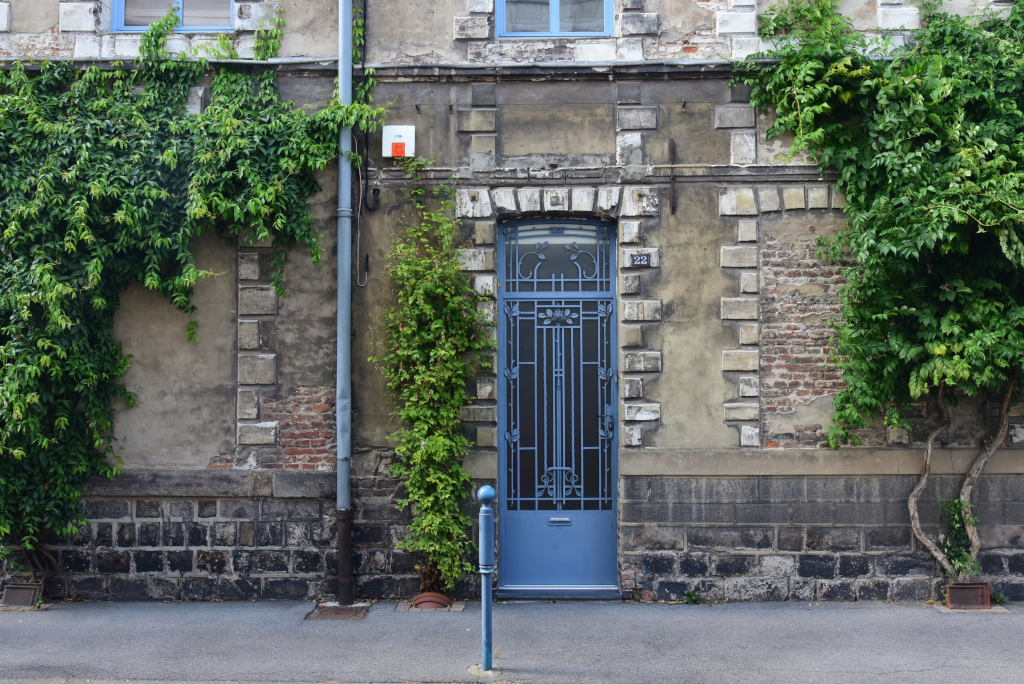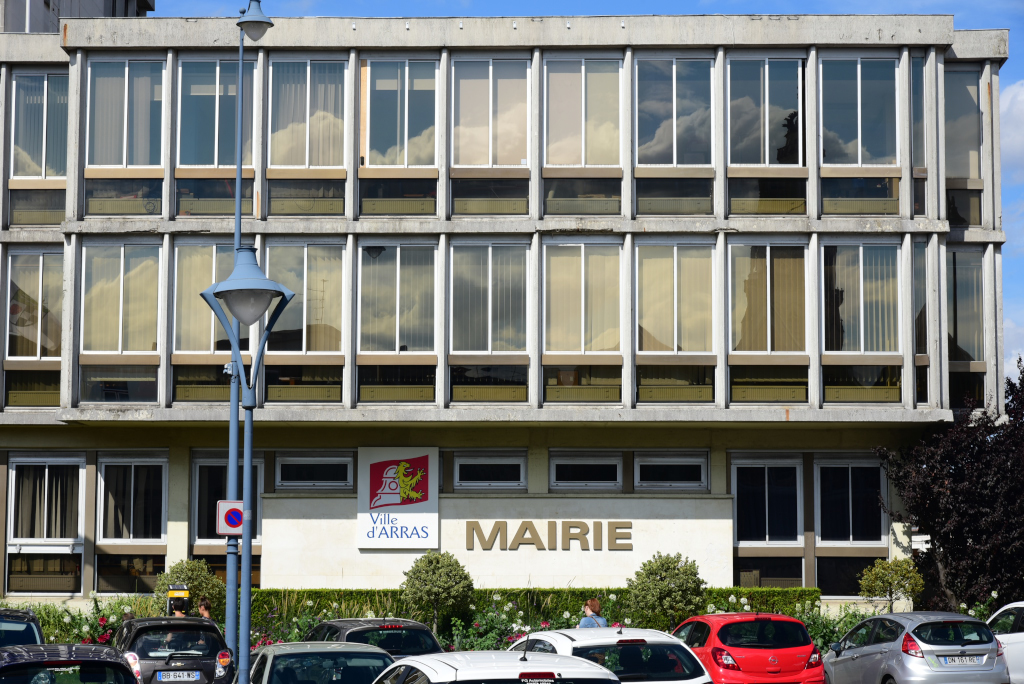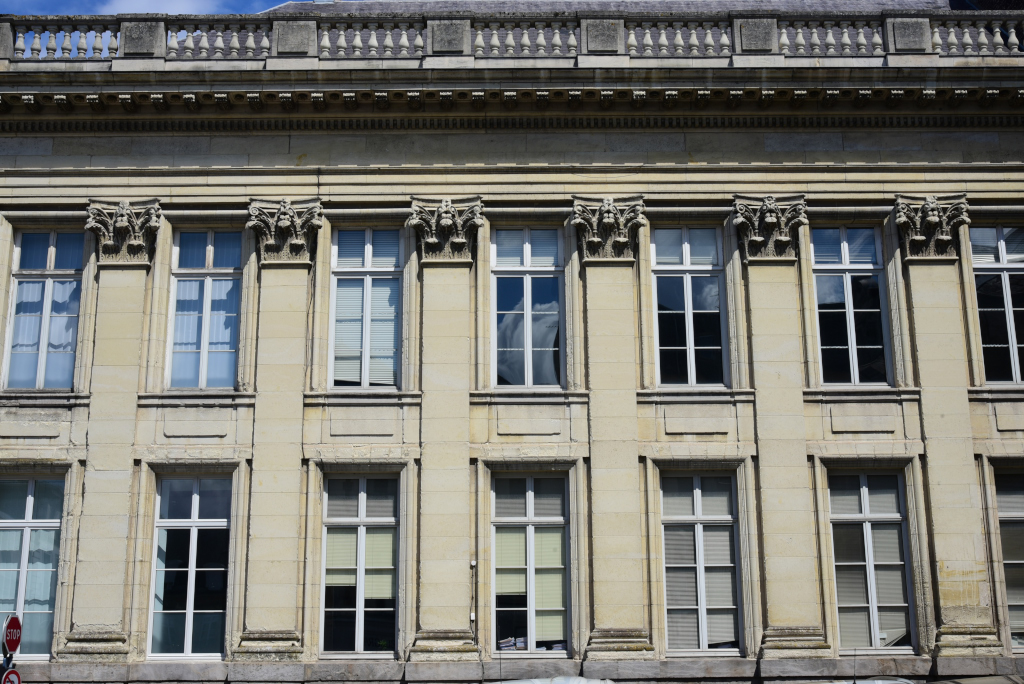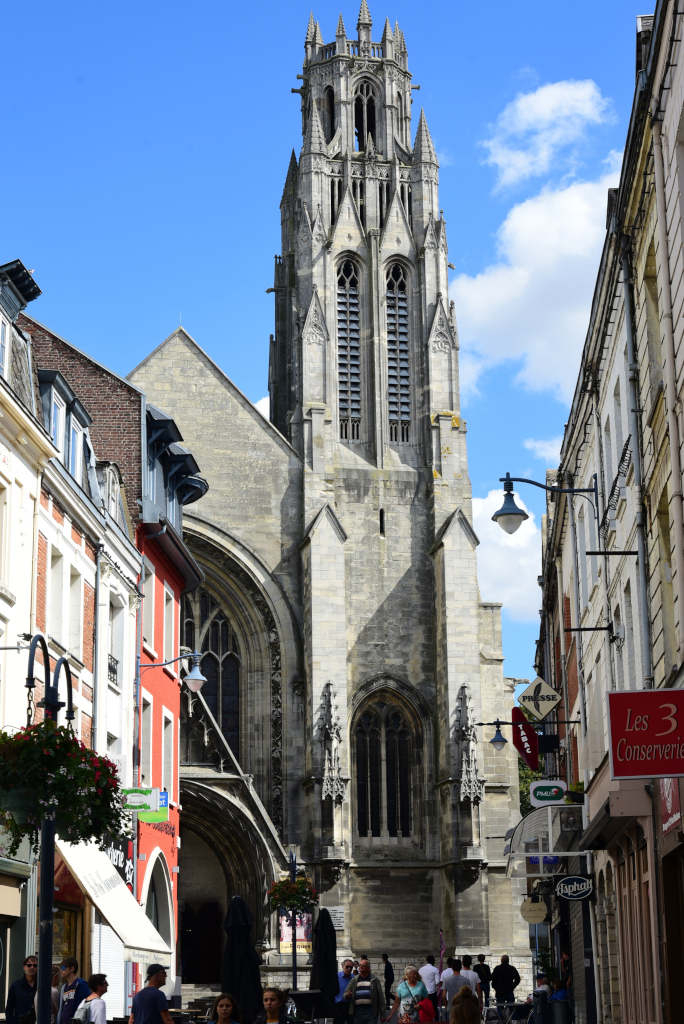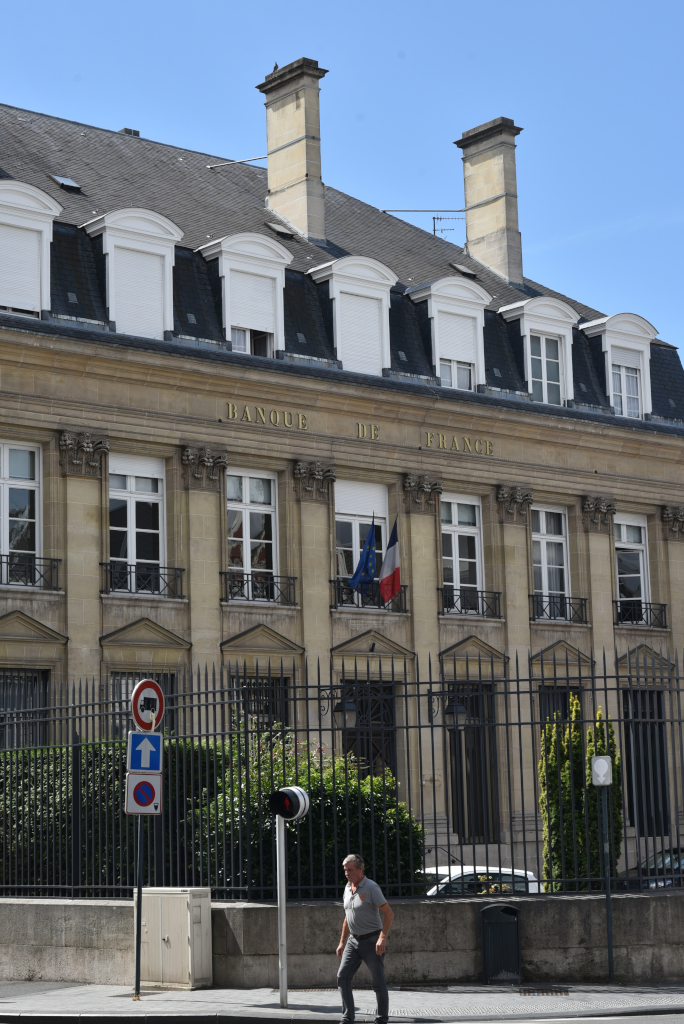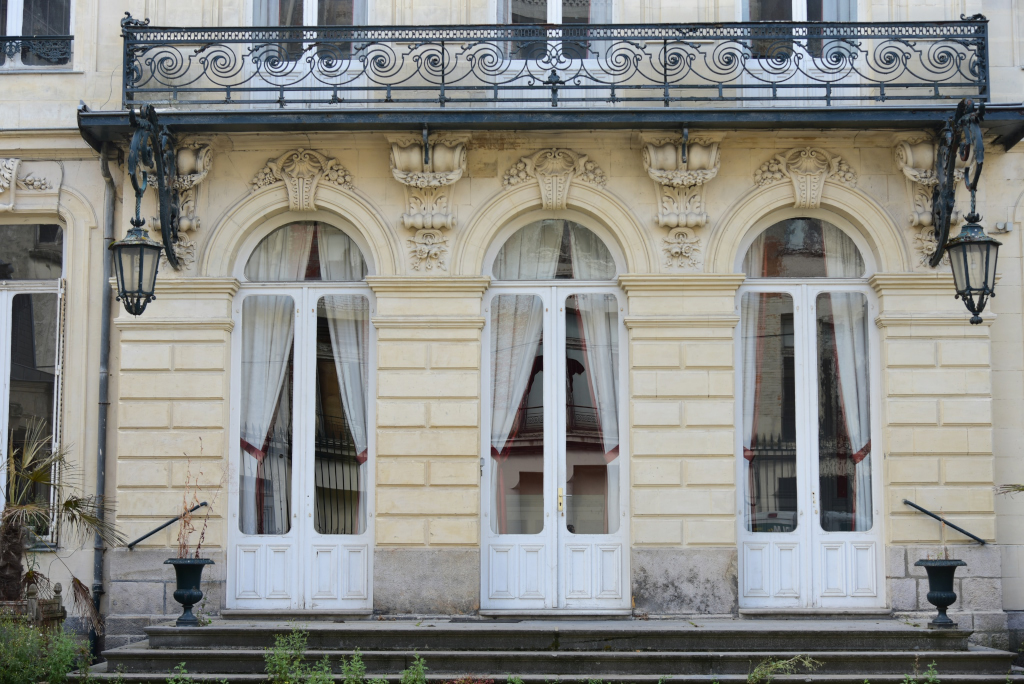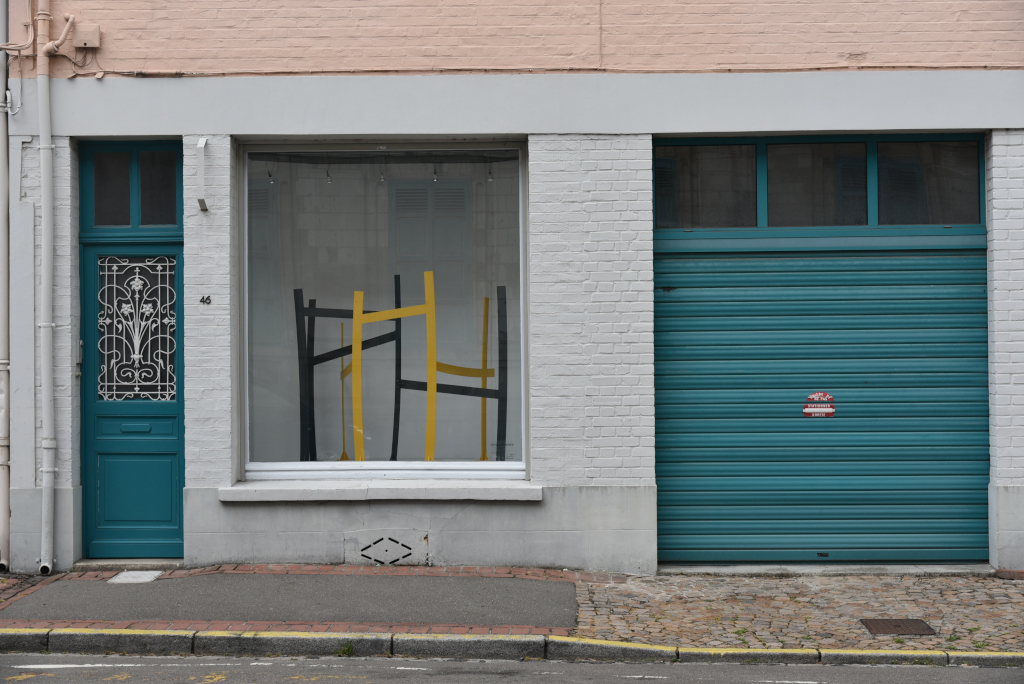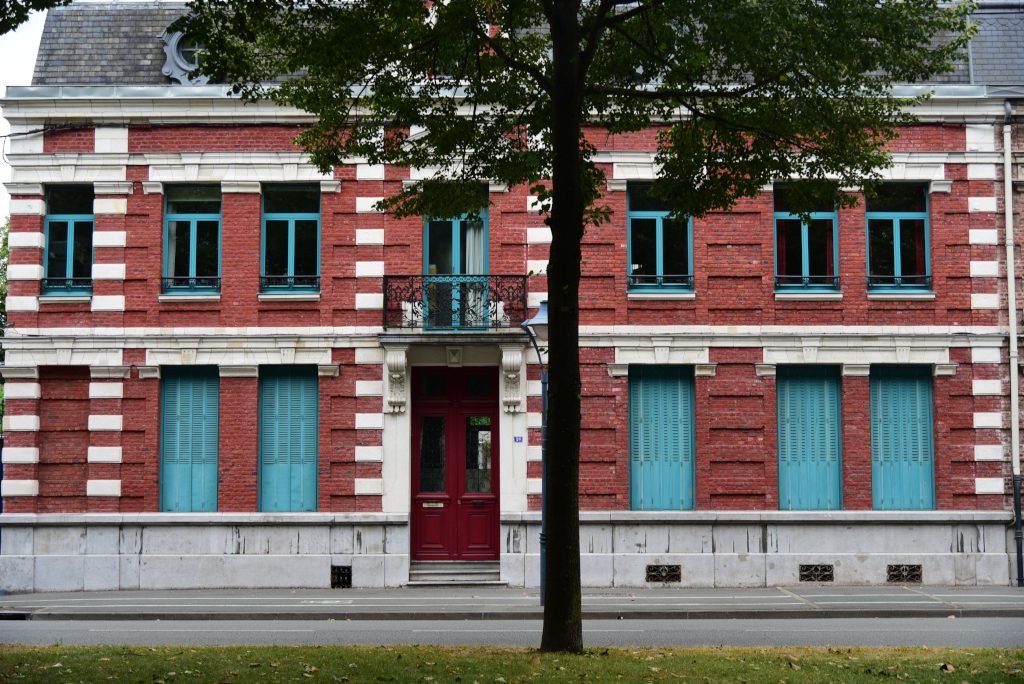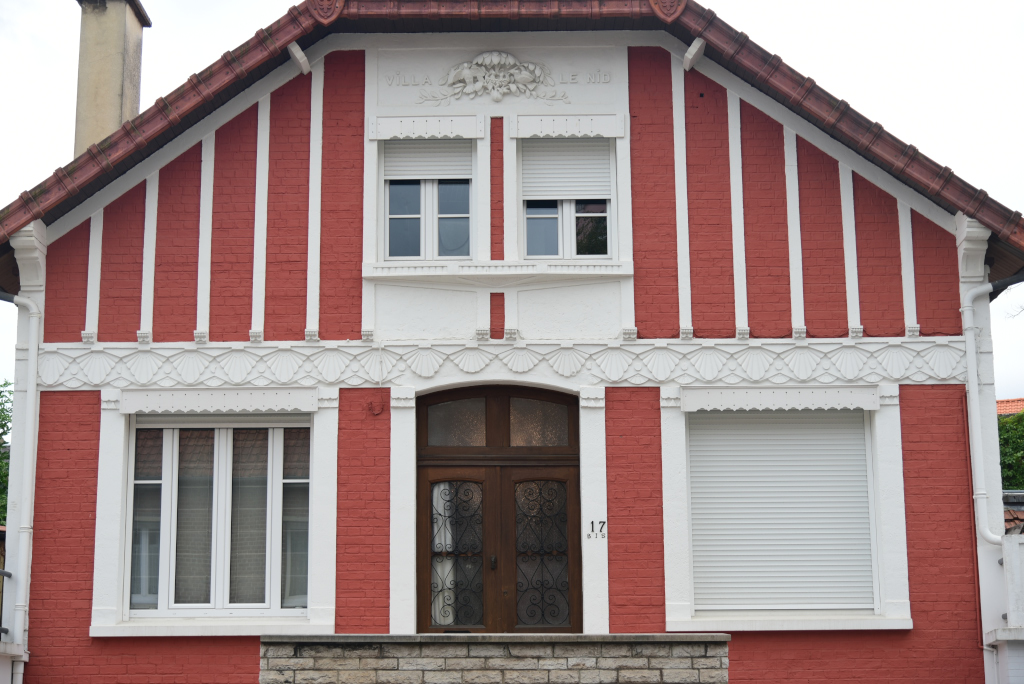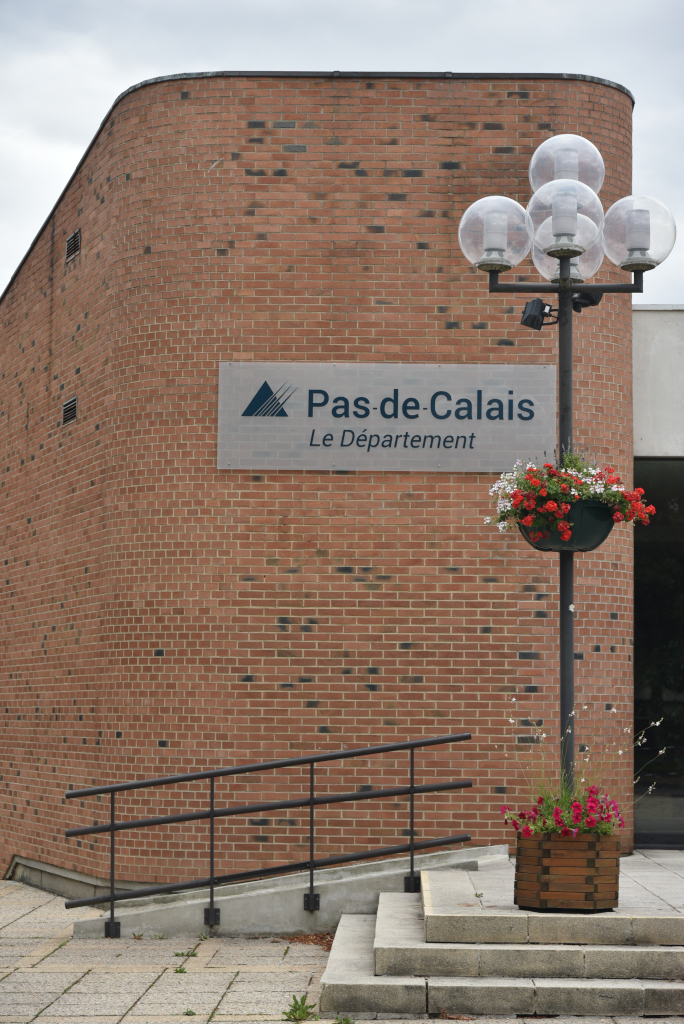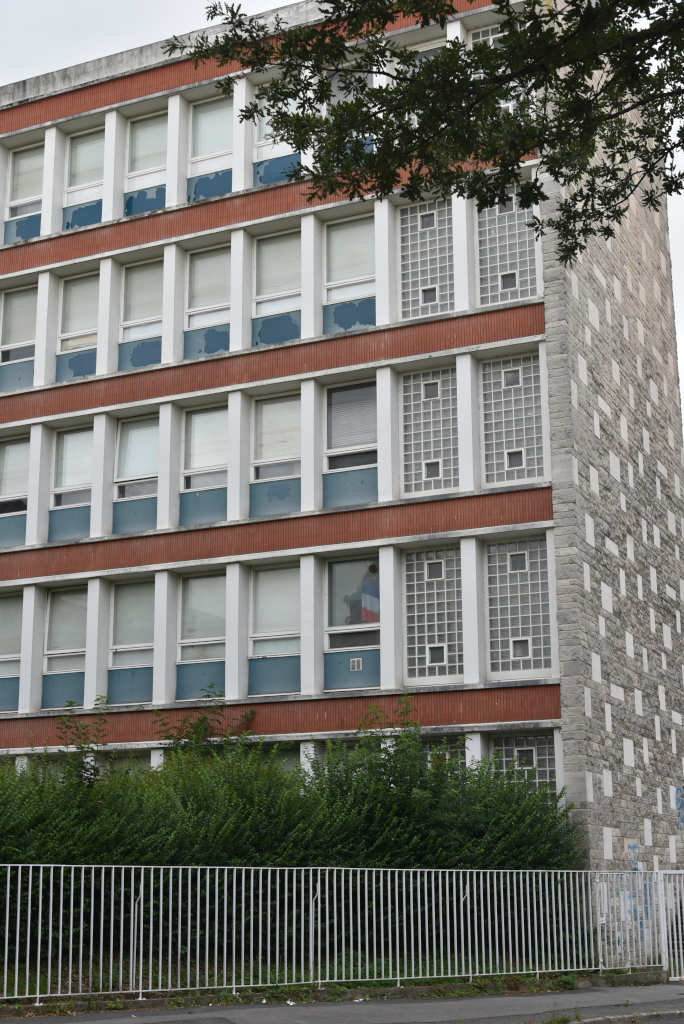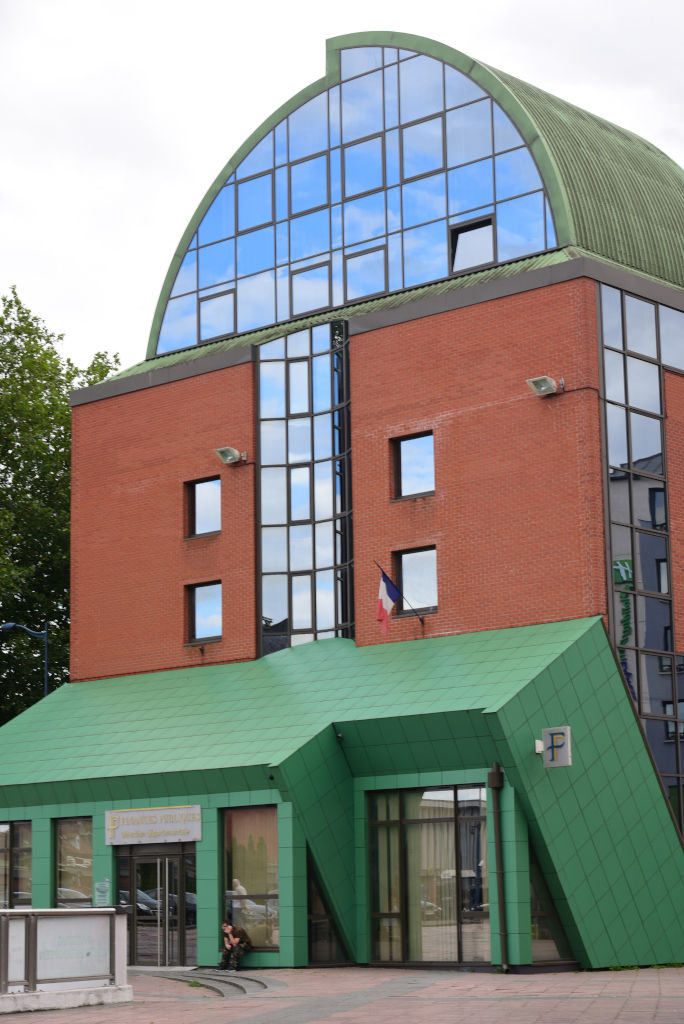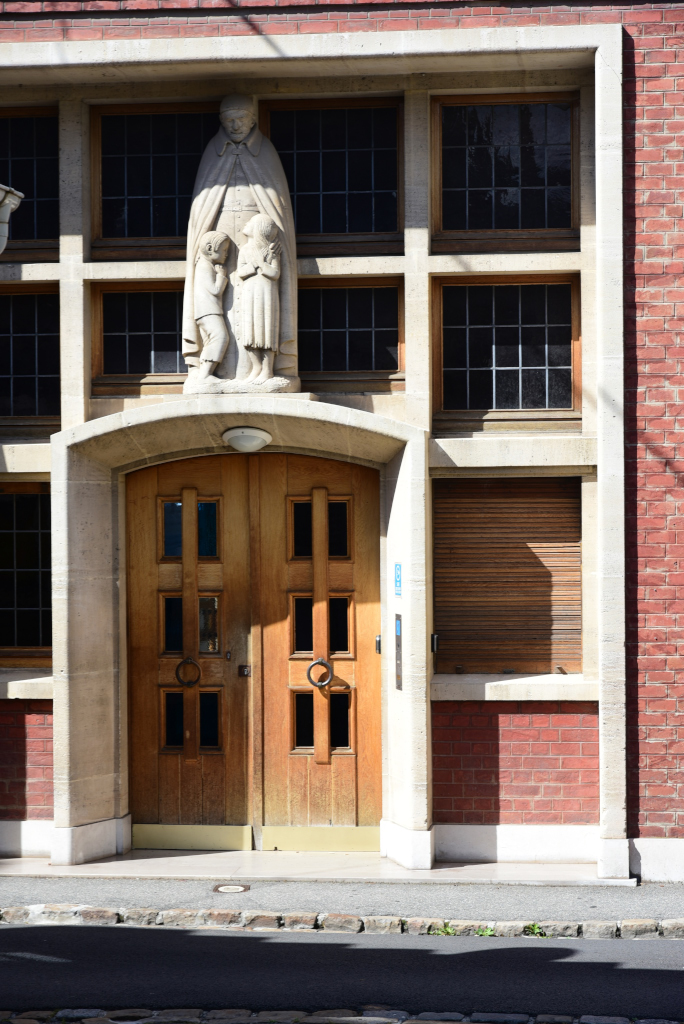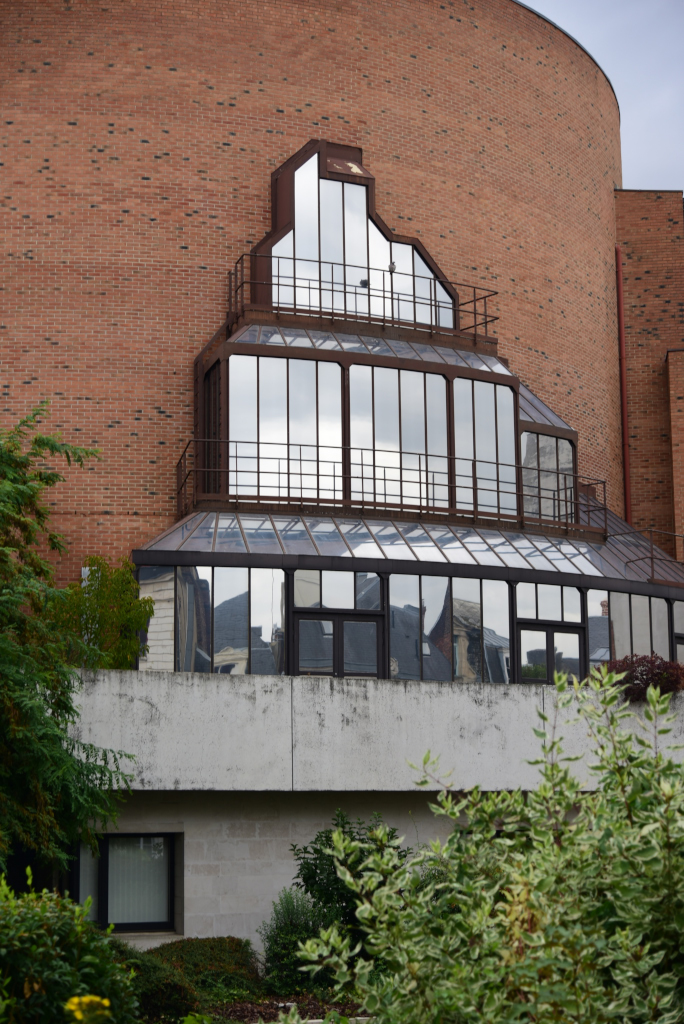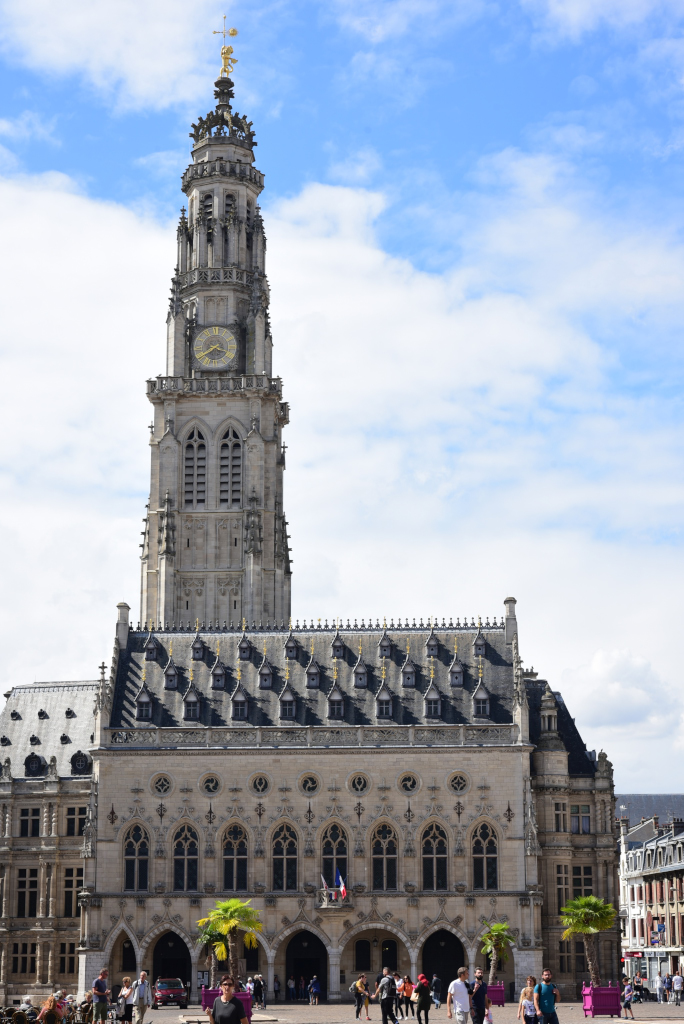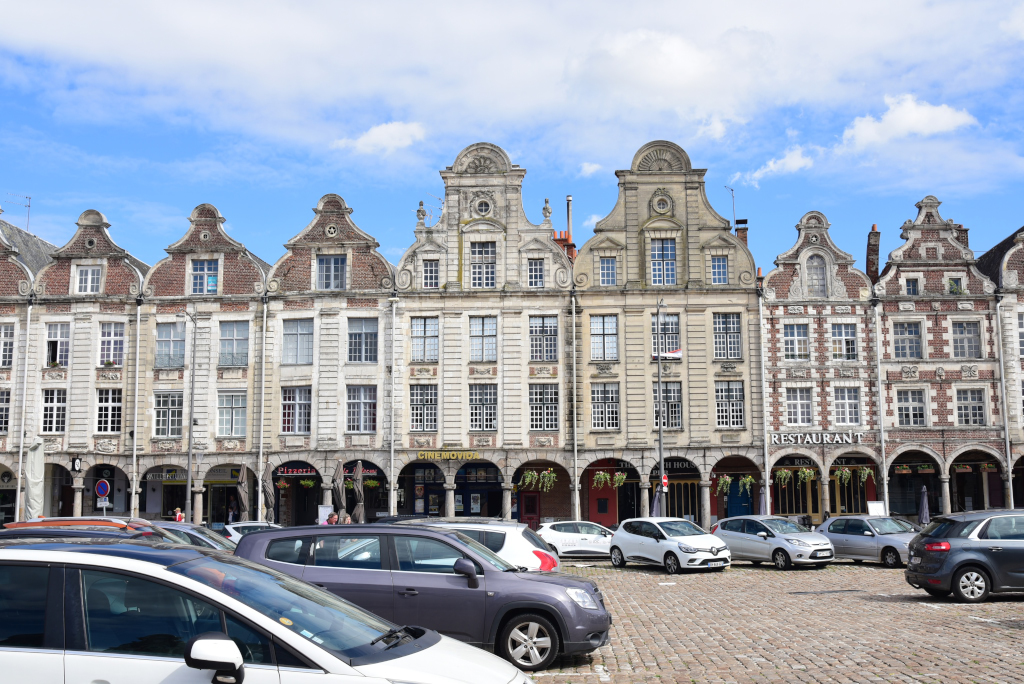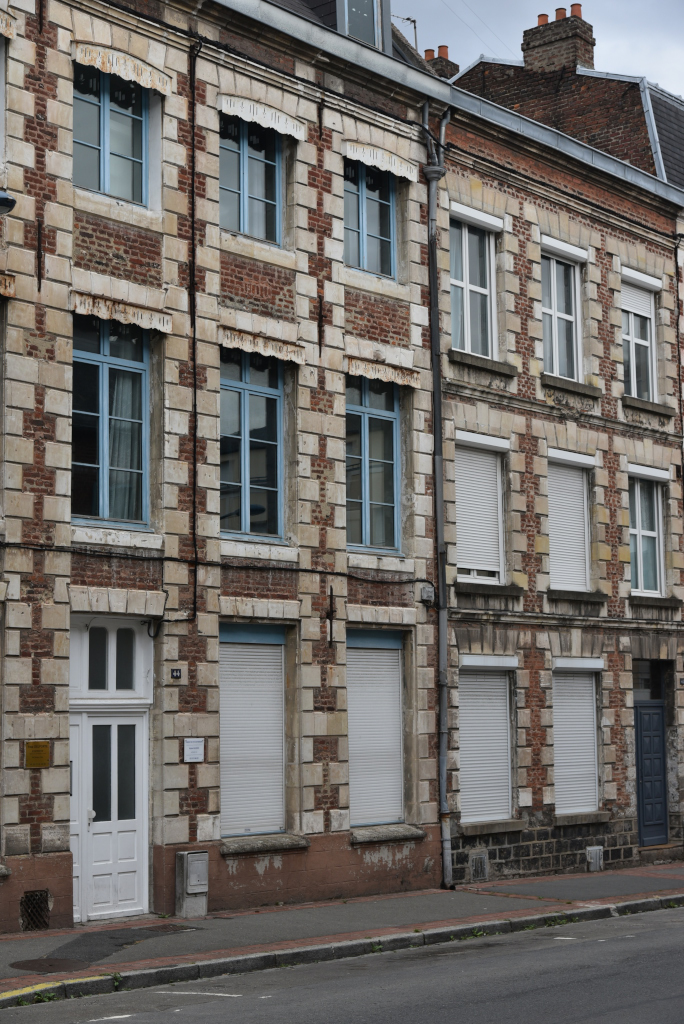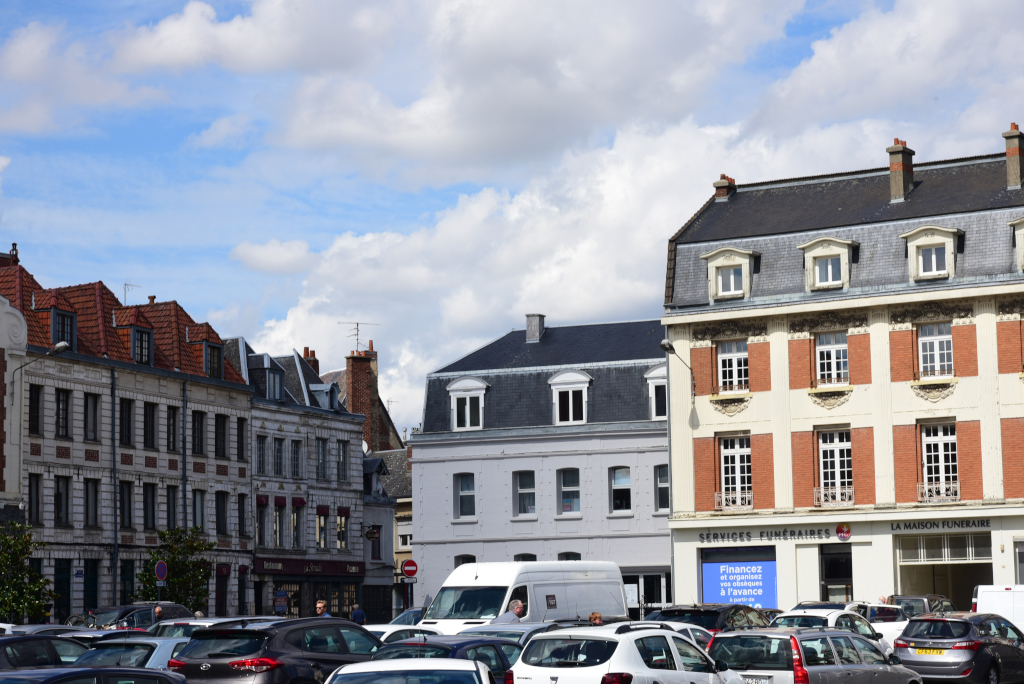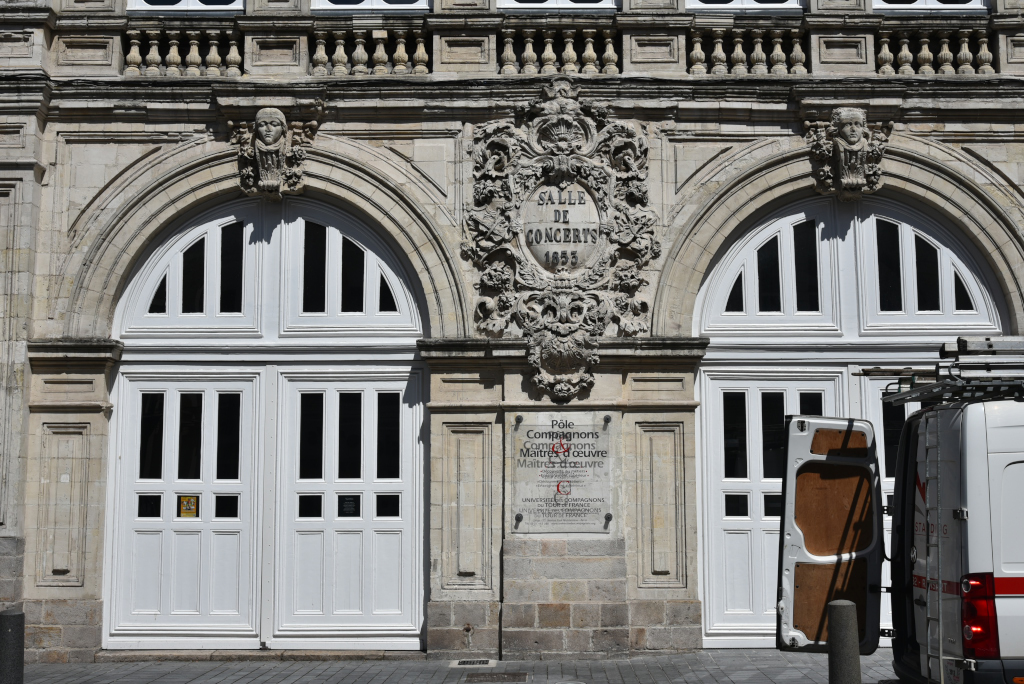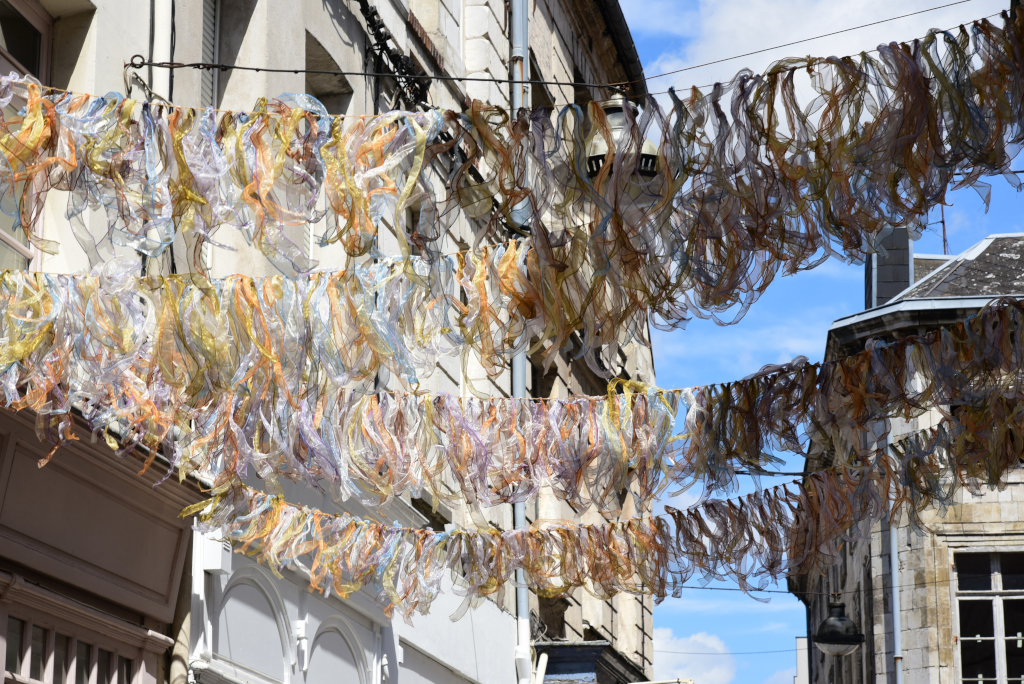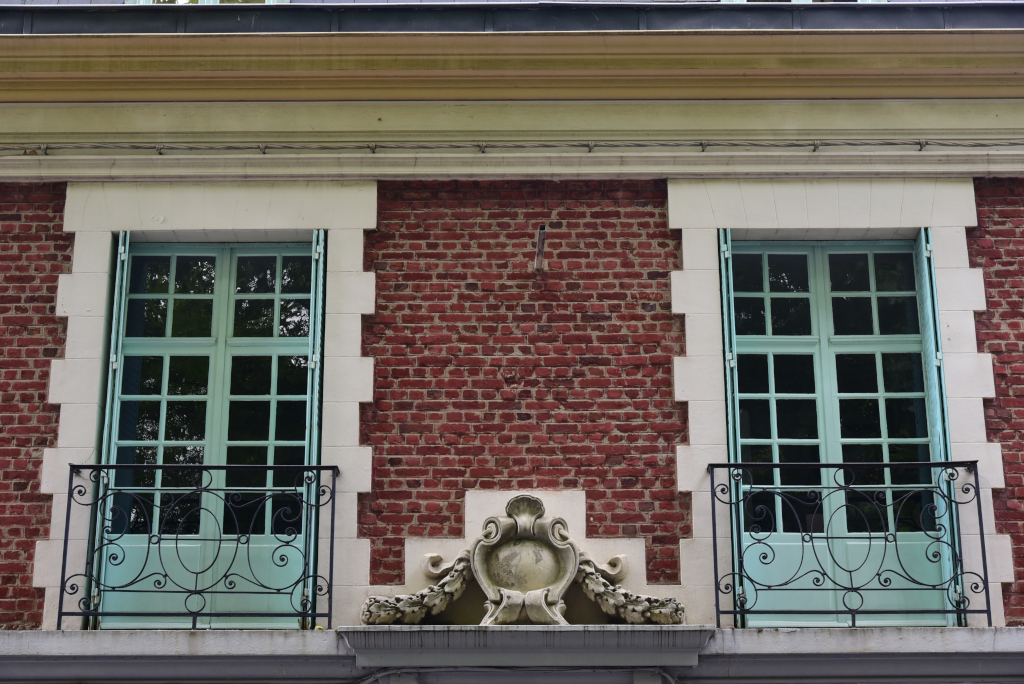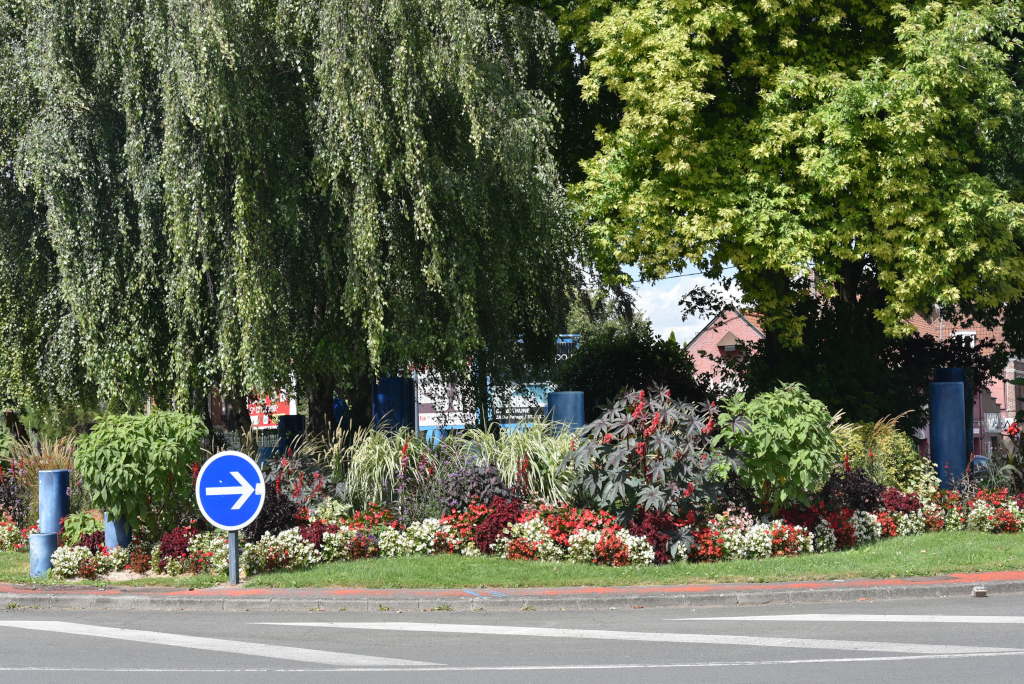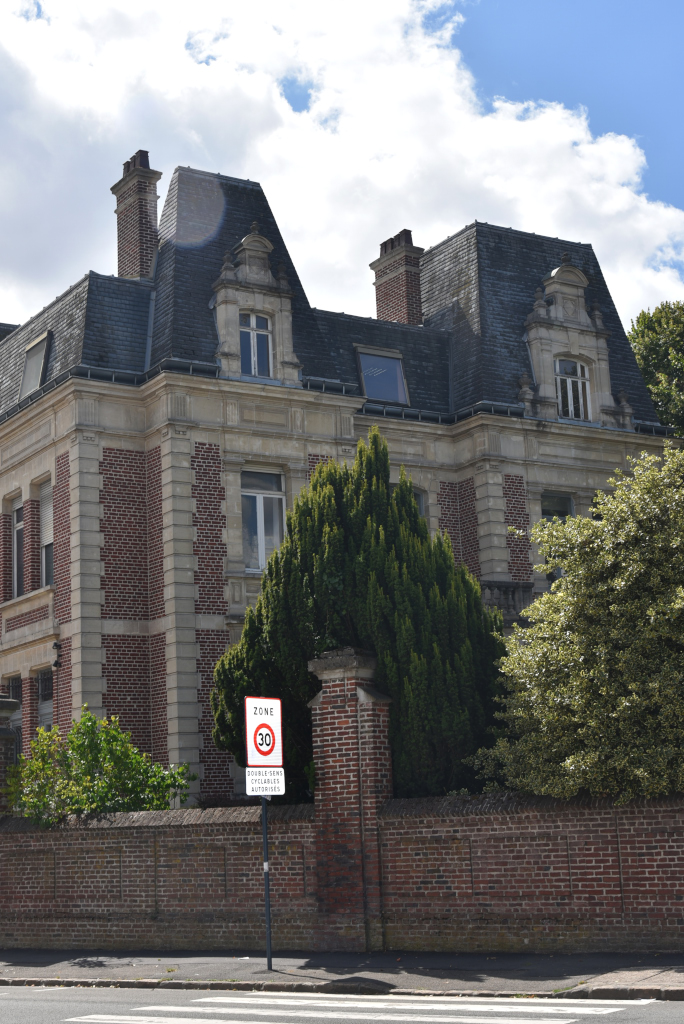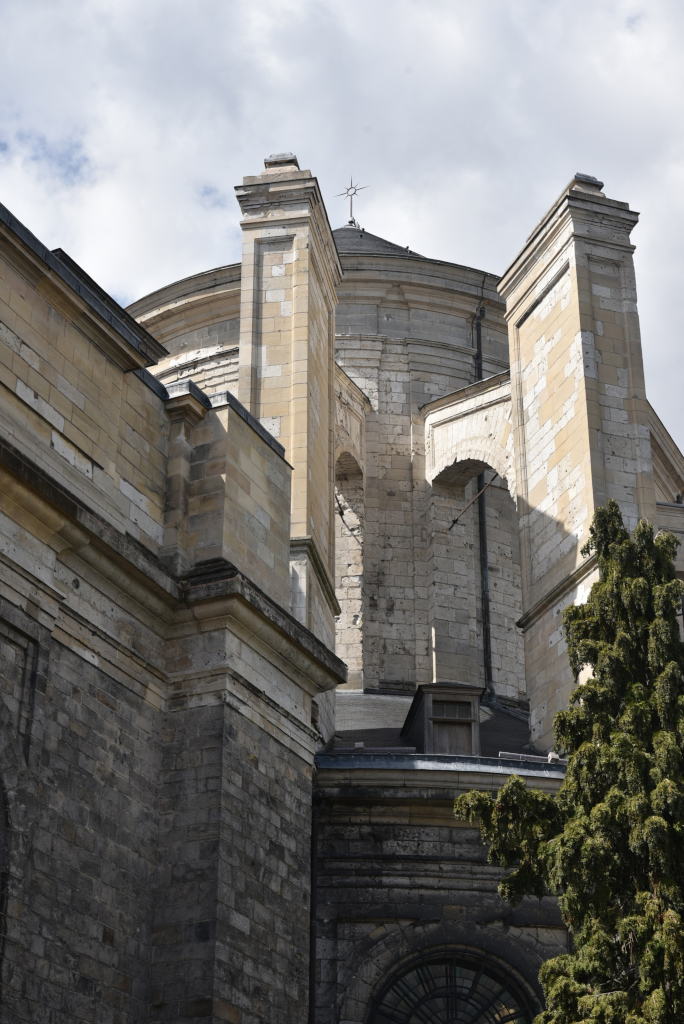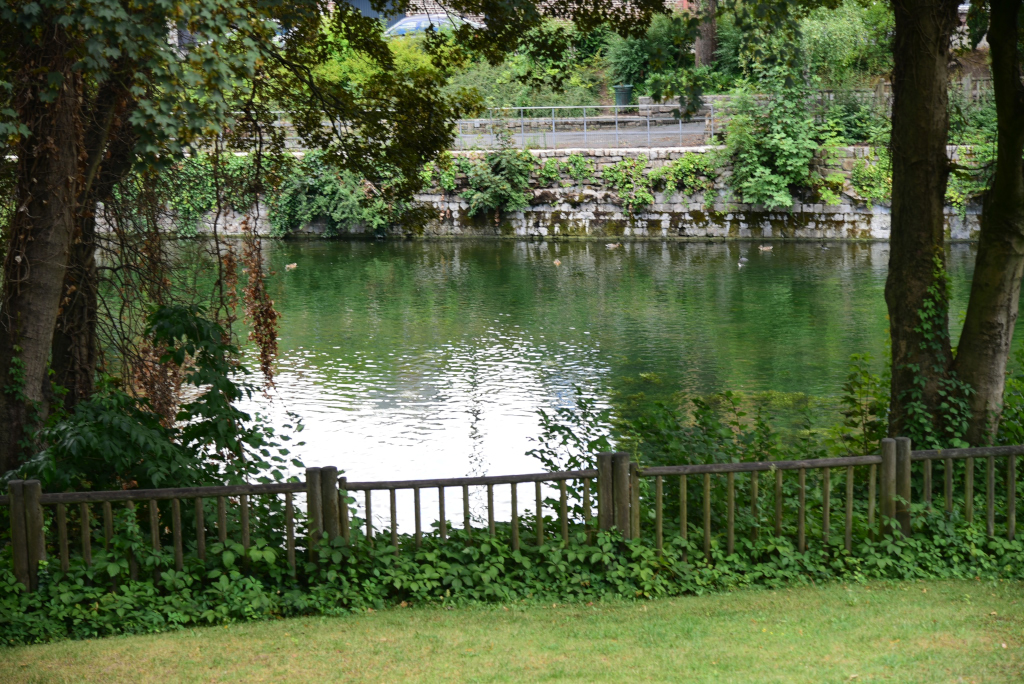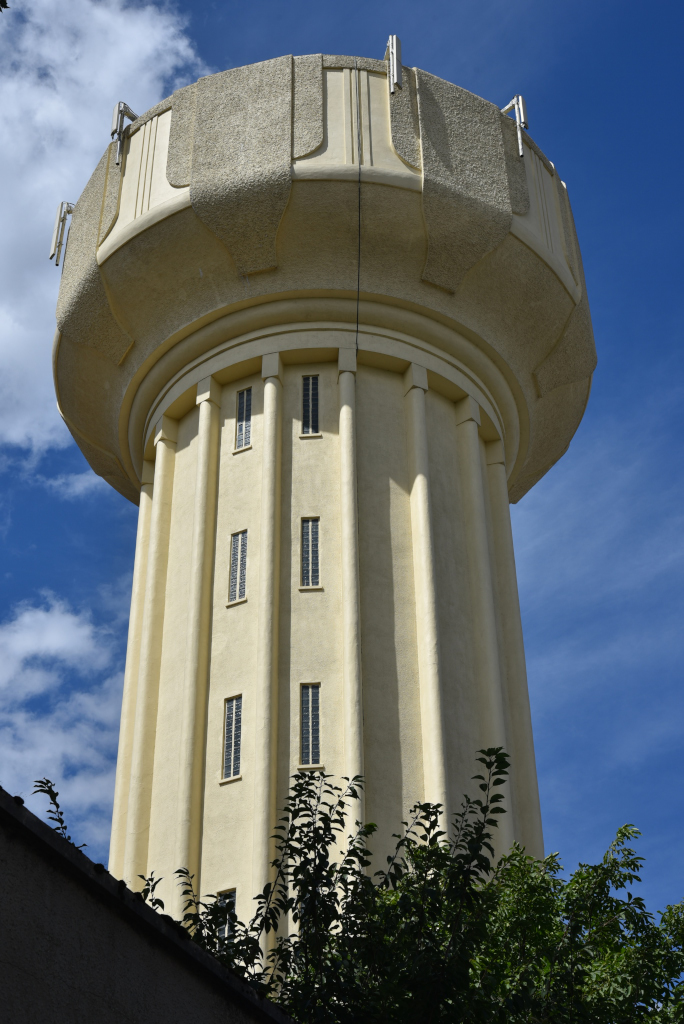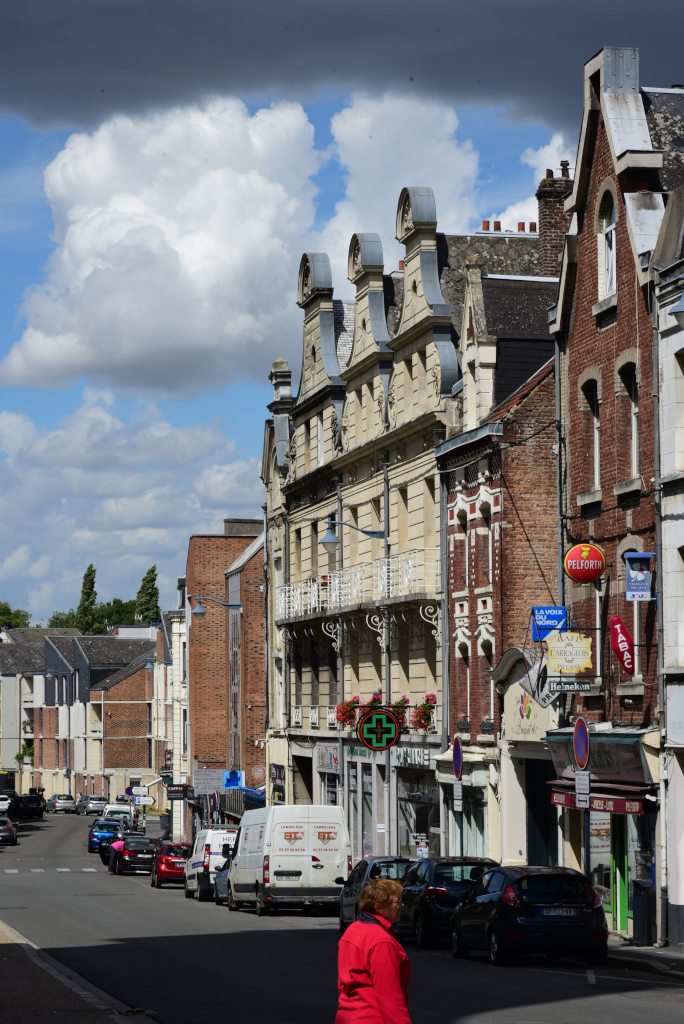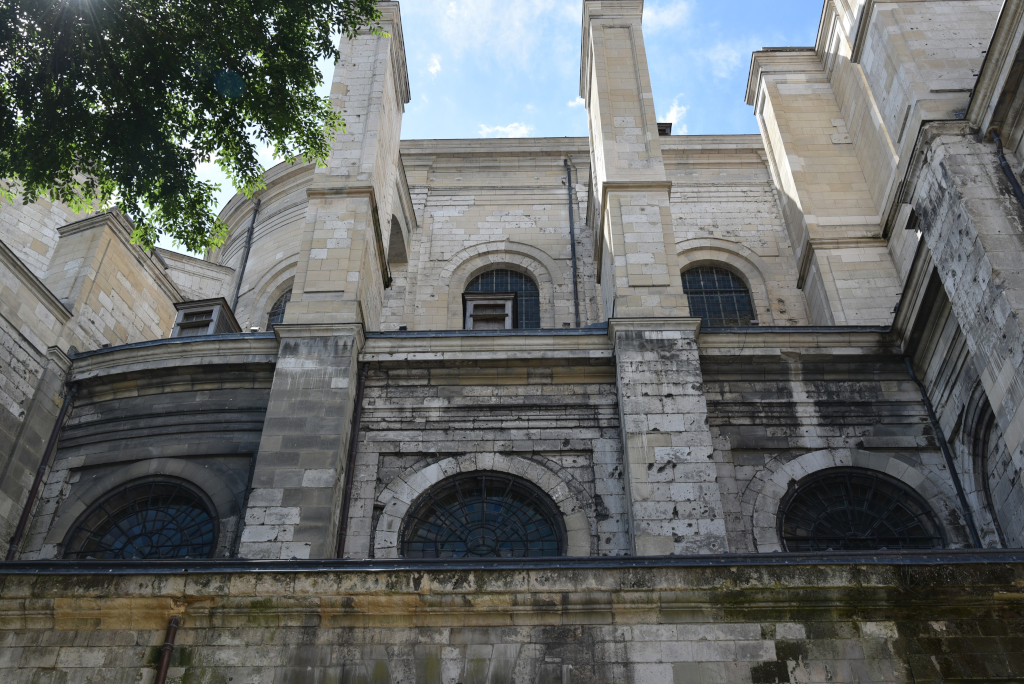August 10, 2018
Arras is one of the great gems of urban northern France, and the capital of the Pas-de-Calais department of France. It is the historic centre of the Artois region, and known for its architecture, culture, and history. The city dates its history to the Gauls.
In the 4th century, Nemetacum (the precursor of Arras) was renowned for its arts and crafts as well as textiles trade throughout the Roman empire. In 428, the Salian Franks led by Clodion le Chevelu took control of the region, and following a truce with the Romans, the town became affiliated with Rome. The city converted to Christianity in the late 4th century. In 499, after the conversion of Clovis I to Catholicism, the Roman Catholic Diocese of was created and given to Saint Vaast, who remains the town’s patron saint.
In 667 the bishop of Cambrai found the Abbey of Saint Vaast, which developed during the Carolingian period into an immensely wealthy Benedictine abbey. The modern town of Arras initially spread around the abbey as a grain market. During the 9th century, both town and abbey suffered from the attacks of the Vikings, who later settled to the west in Normandy. The abbey revived its strength in the 11th century and played an important role in the development of medieval painting, successfully synthesizing the artistic styles of Carolingian, Ottonian and English art.
The town was granted a commercial charter by the French crown in 1180 and became an internationally important location for banking and trade. The wool industry of Arras, established in the 4th century, became of great importance during the Middle Ages. Already in the third century, Romans had lauded about the quality of wool from Tournai and Arras. By the eleventh century Arras was the leading city and trading hub of the wool industry. The town was well known for its production of fine tapestries, leading the English and Italian to adopt the word Arras to refer to tapestries in general.
The patronage of wealthy cloth merchants ensured that the town became an important cultural center, with major figures such as the poet Jean Bodel and the trouvère Adam de la Halle making their homes in Arras. In the 11th century, Arras became an important cultural center, especially for the group of poets who came to be known as trouvères. One particular society of such poets was later called the Puy d’Arras.
The ownership of the town was repeatedly disputed along with the rest of Artois. During the Middle Ages, possession of Arras passed to a variety of feudal rulers and fiefs, including the County of Flanders, the Duchy of Burgundy, the Spanish branch of the House of Habsburg and the French crown. In 1430, Joan of Arc was imprisoned in the region of Arras. In the late 15th century, Louis XI besieged Arras, a city loyal to the Burgundians, then had the town’s walls razed and its inhabitants replaced by more loyal subjects from other parts of France. In 1482, the Peace of Arras was signed in the town to end a war between Louis XI and Maximilian I of Austria, then was bequeathed to the Spanish Habsburgs as part of the Spanish Netherlands.
Arras remained under Habsburg rule from 1493 until 1640 when it was recaptured by the French. The Spanish ceded it by the peace treaty in 1659 and it has since remained French. The Union of Arras was signed here in January 1579 by the Catholic principalities of the Low Countries that remained loyal to King Philip II of Habsburg, which provoked the declaration of the Union of Utrecht later the same month.
Maximilien de Robespierre, a French lawyer and politician from Arras, was one of the best-known and influential figures of the French Revolution. He was elected fifth deputy of the third estate of Artois to the Estates-General in 1789, and helped draft to Declaration of the Rights of Man and of the Citizen.
The centre of Arras is marked by two large squares, La Grand’ Place and La Place des Héros, also called La Petite Place. The two squares are surrounded by a unique architectural ensemble of 155 Flemish-Baroque-style townhouses, built in the 17th and 18th century, and initially made of wood. The Gothic town hall and its belfry were constructed between 1463 and 1554, the belfry 75 meters high. The Cathedral of Arras was constructed between 1030 and 1396, and was one of the most beautiful Gothic structures in Northern France. It was destroyed during the French Revolution and rebuilt in the 19th century.
The Boves are an underground network of tunnels built 10 metres beneath the city in the 10th century for the purpose of making city inhabitants’ cellars interconnect by means of tunnels. The Art District is renowned for its Italian-style theatre hall built in 1785 and the Hôtel de Guînes. Many of Arras’s most remarkable structures, including the Musée des Beaux-Arts d’Arras and several government buildings, occupy the site of the old Abbey of St. Vaast. The abbey’s church was demolished and rebuilt in fashionable classical style in 1833, and now serves as the town’s cathedral.
(Narrative excerpted from Wikipedia)

